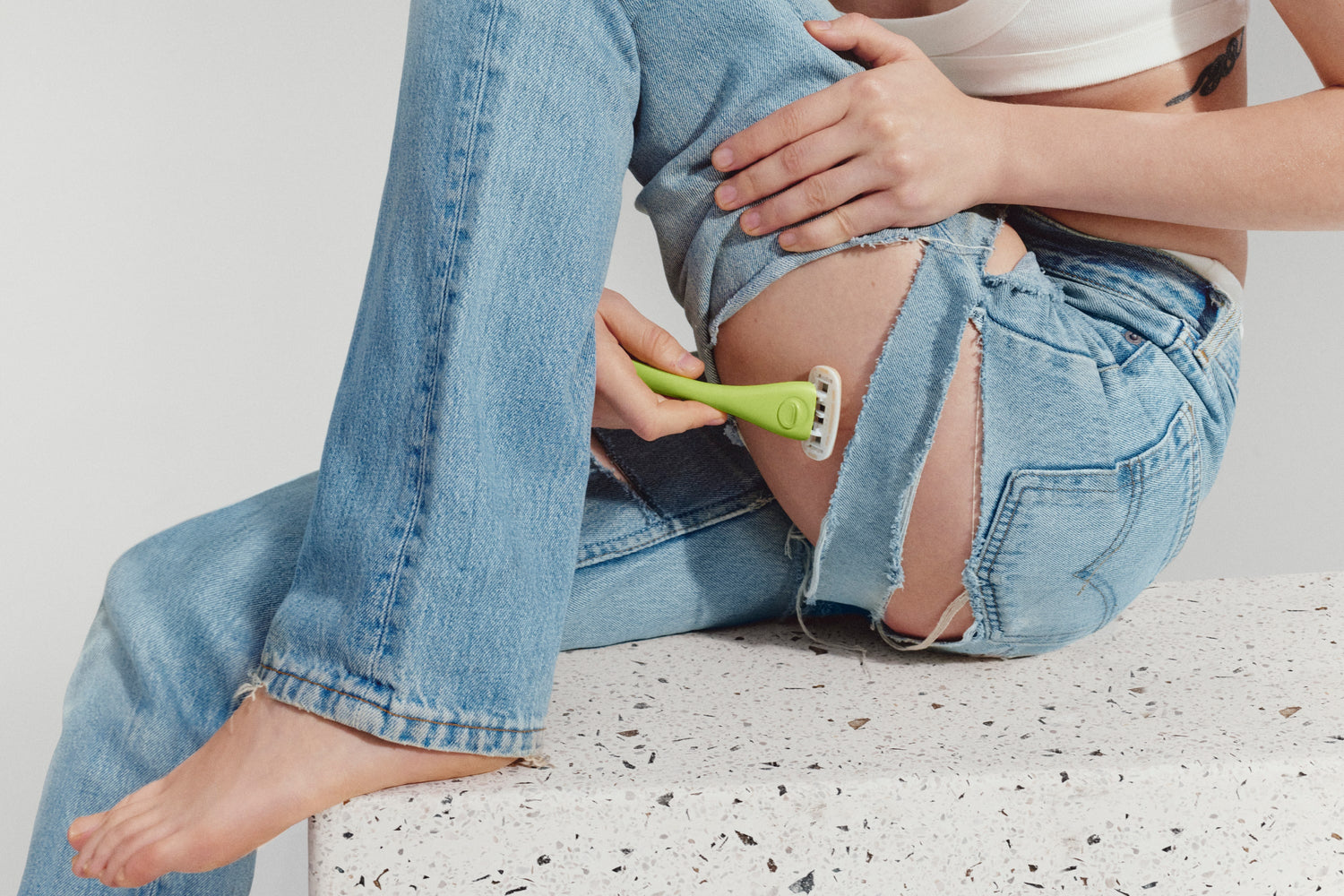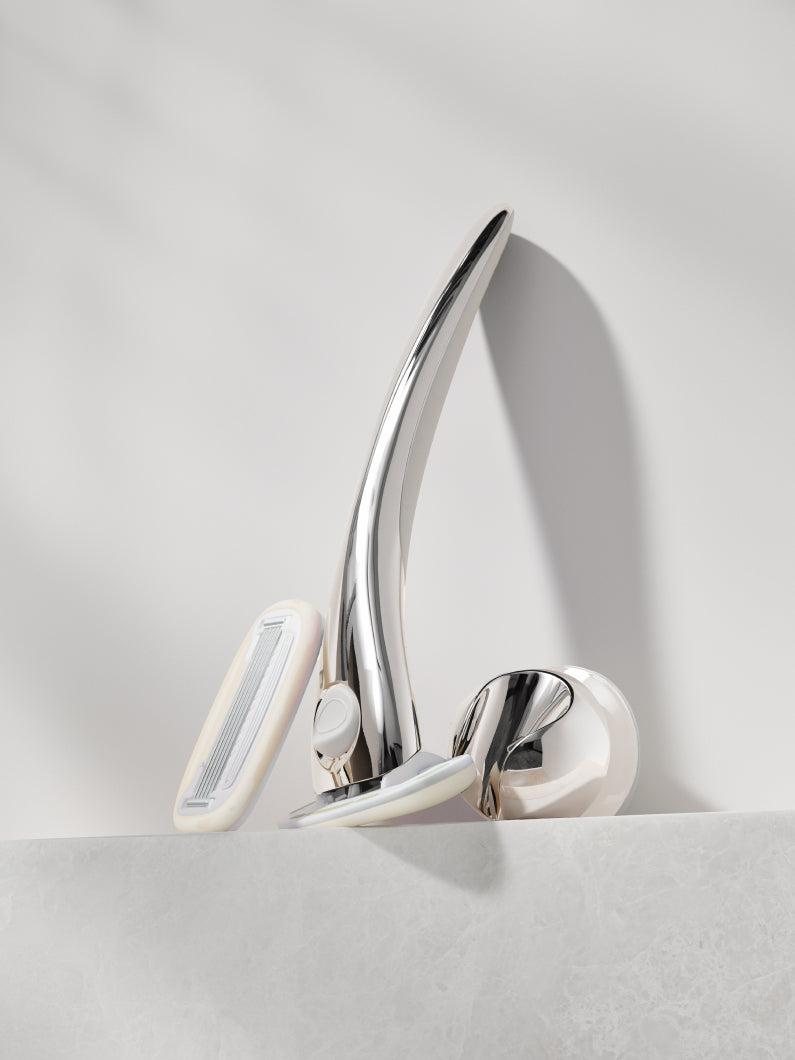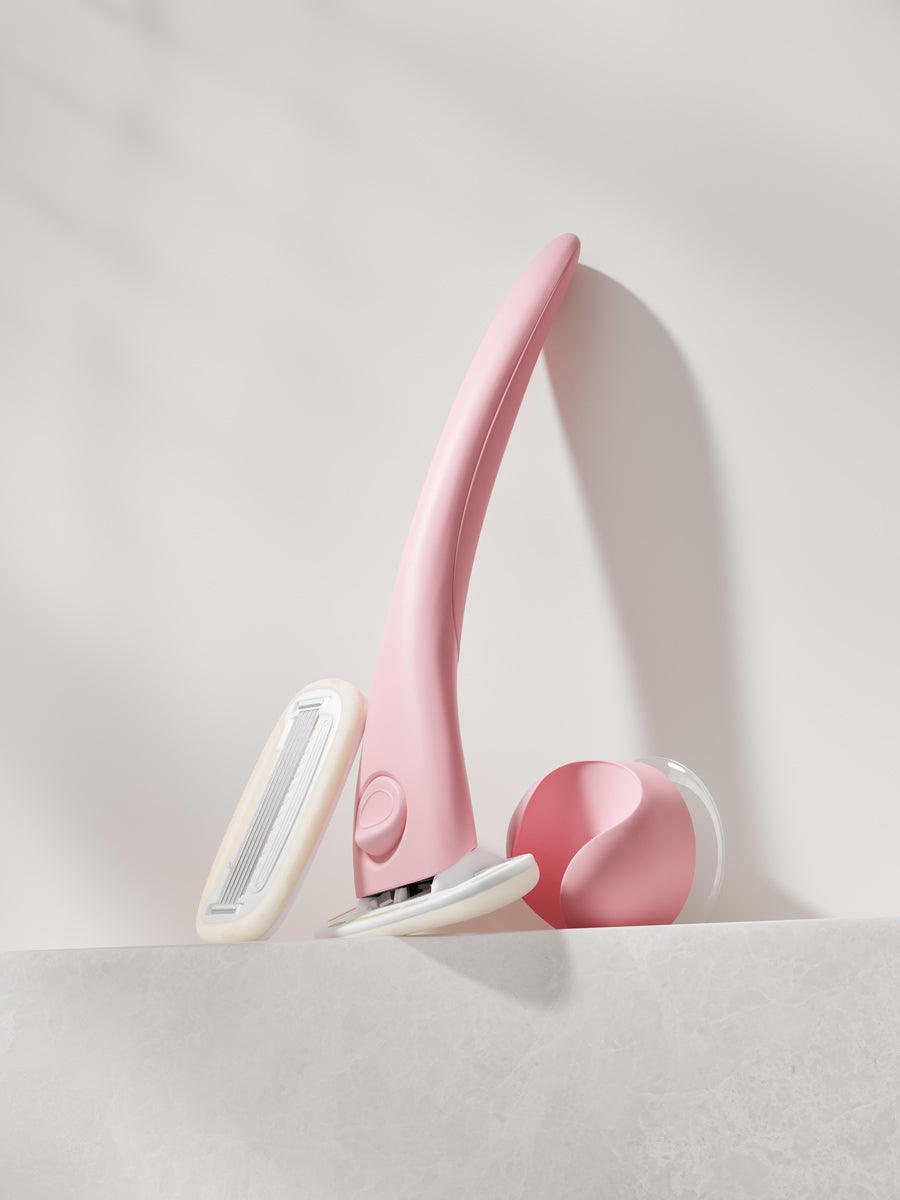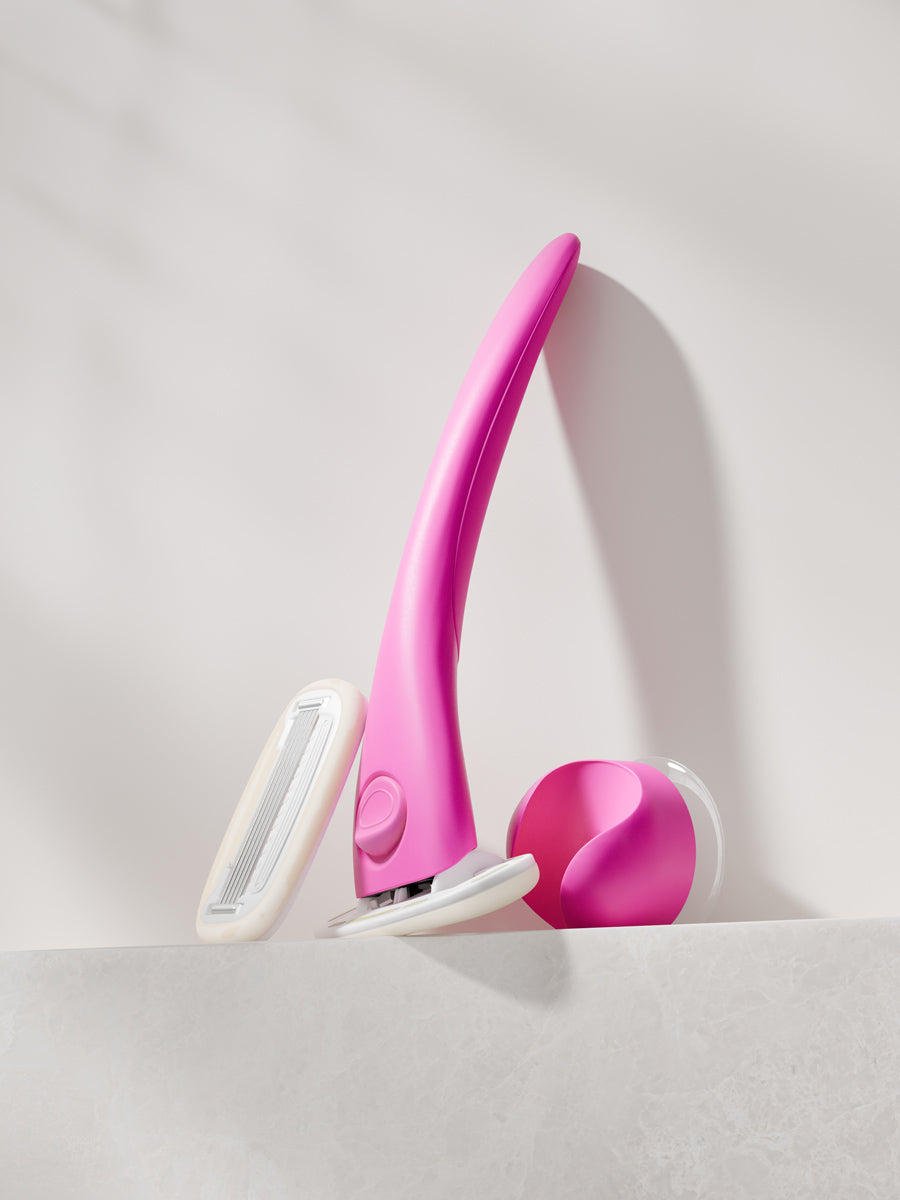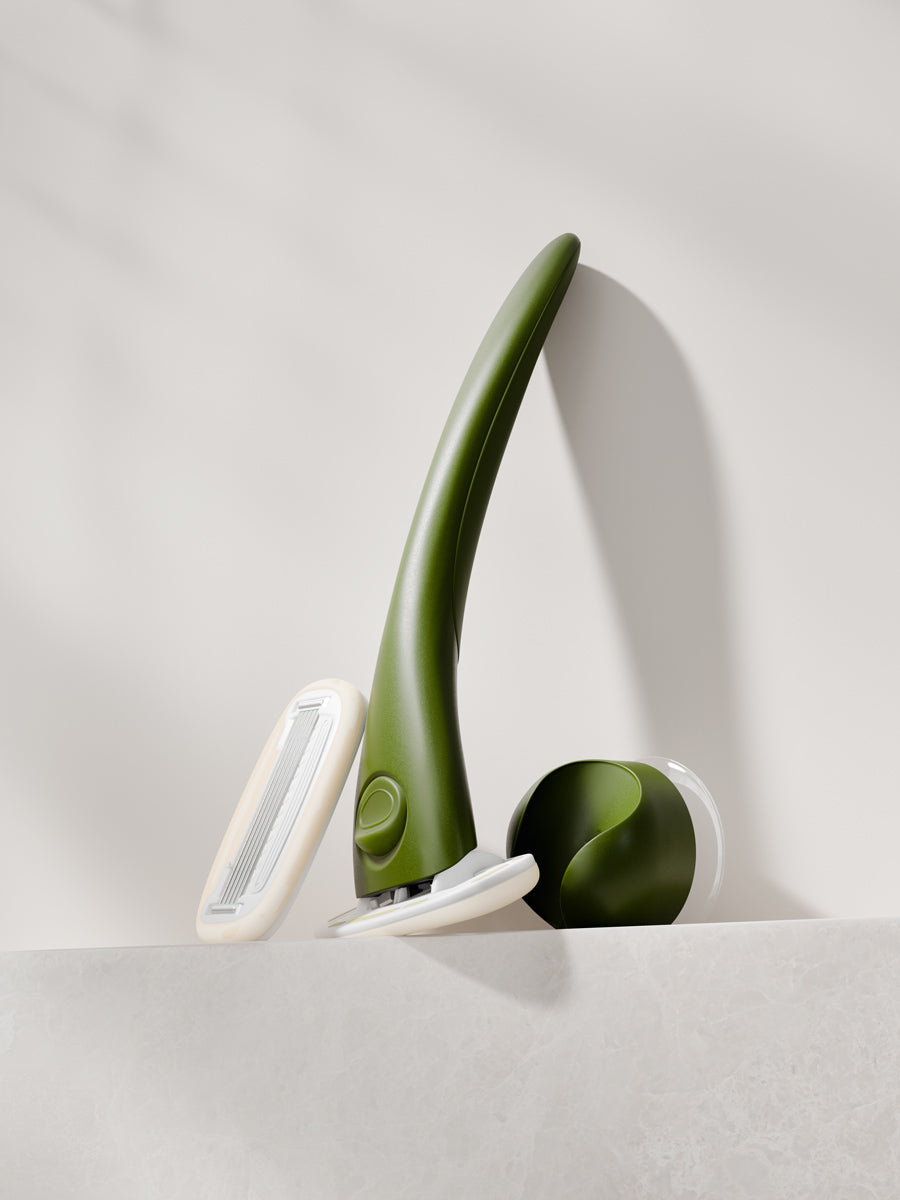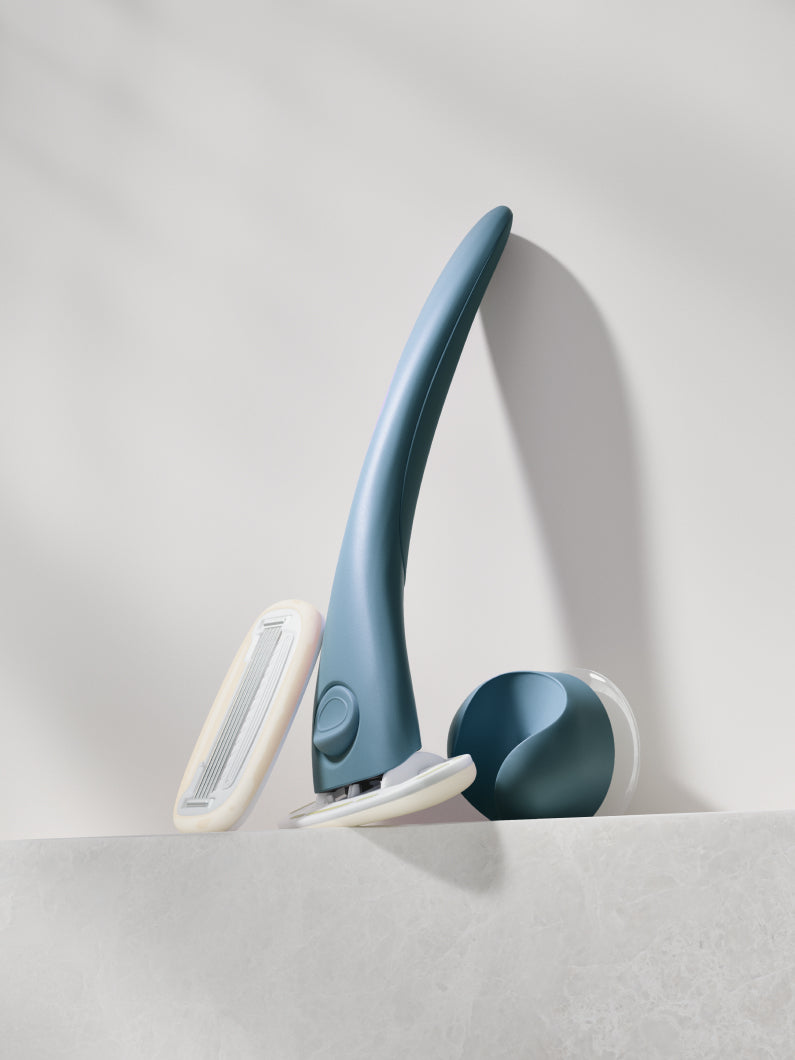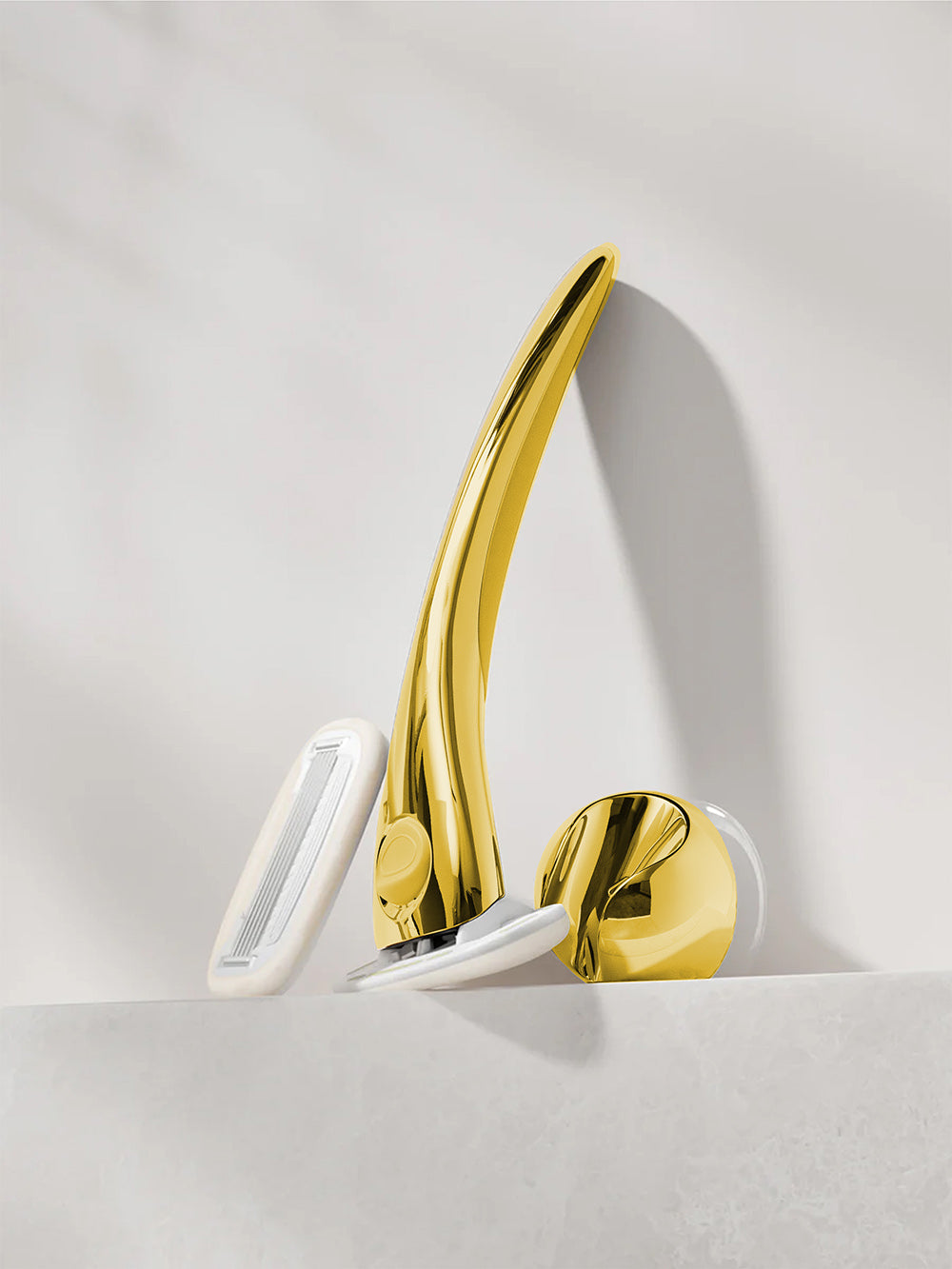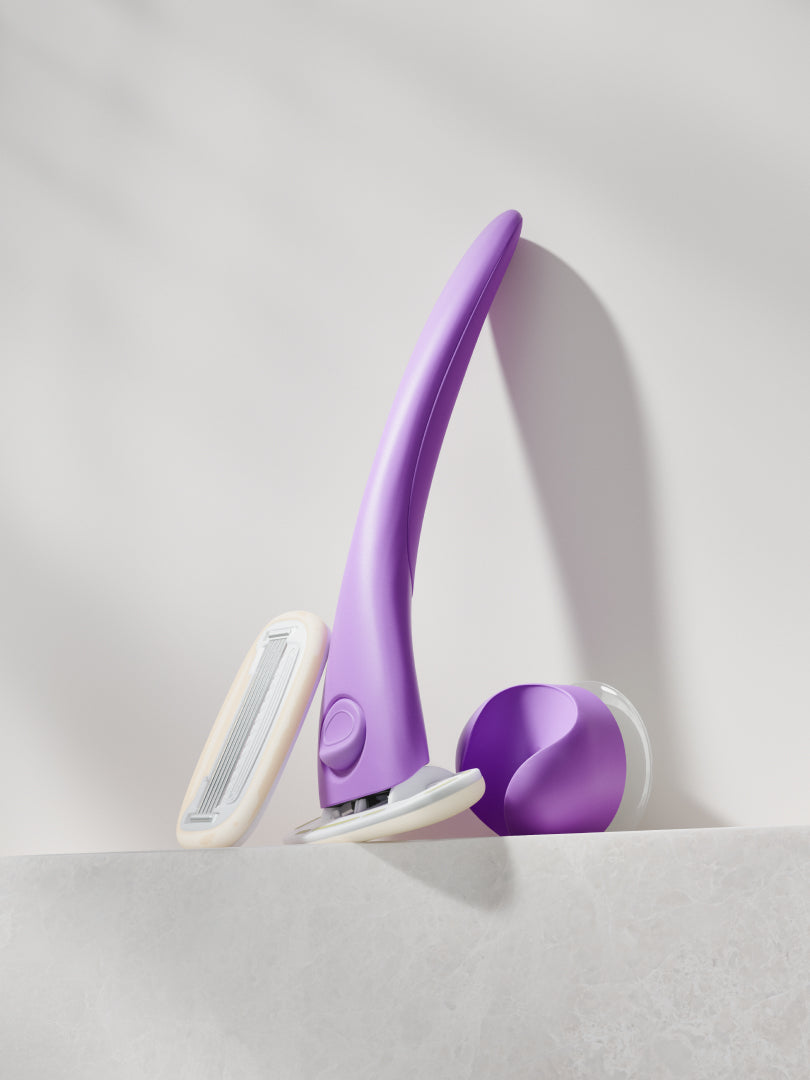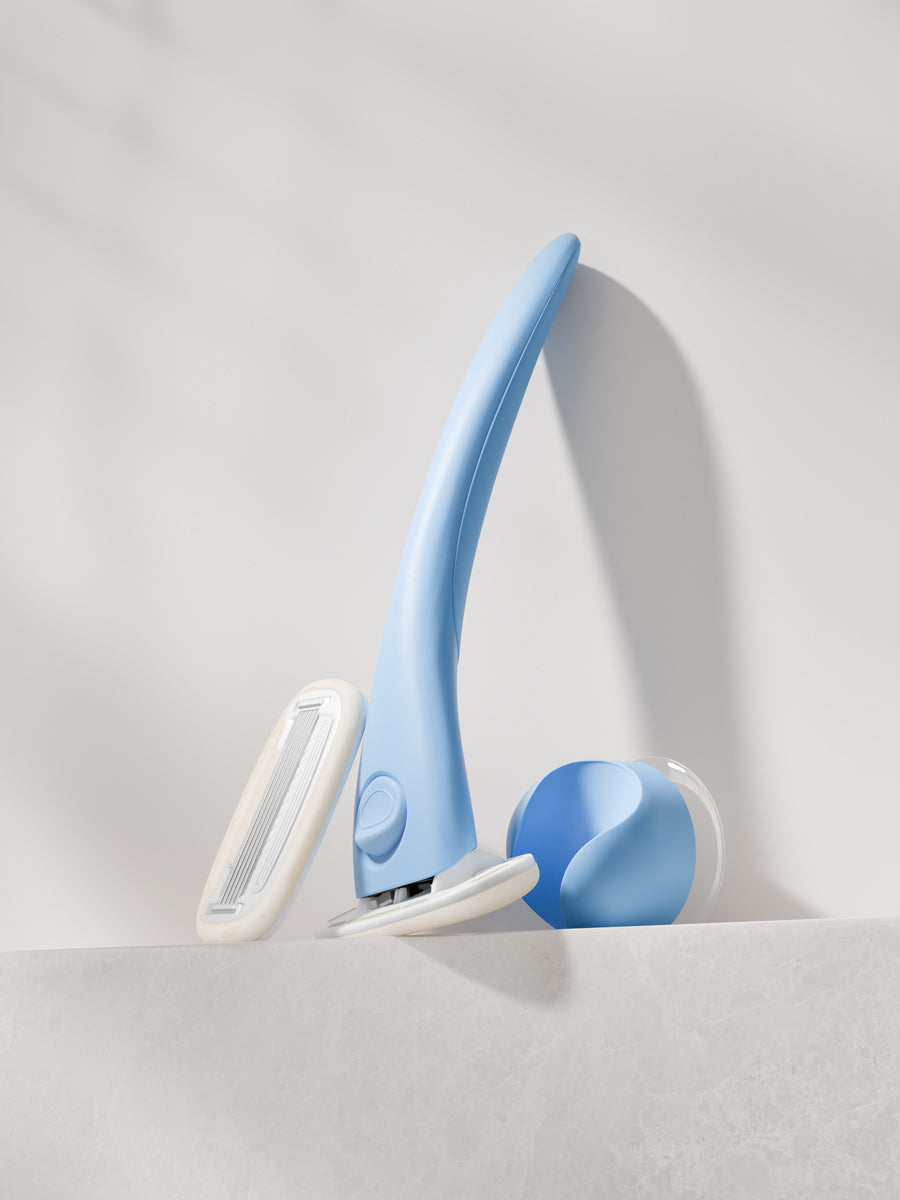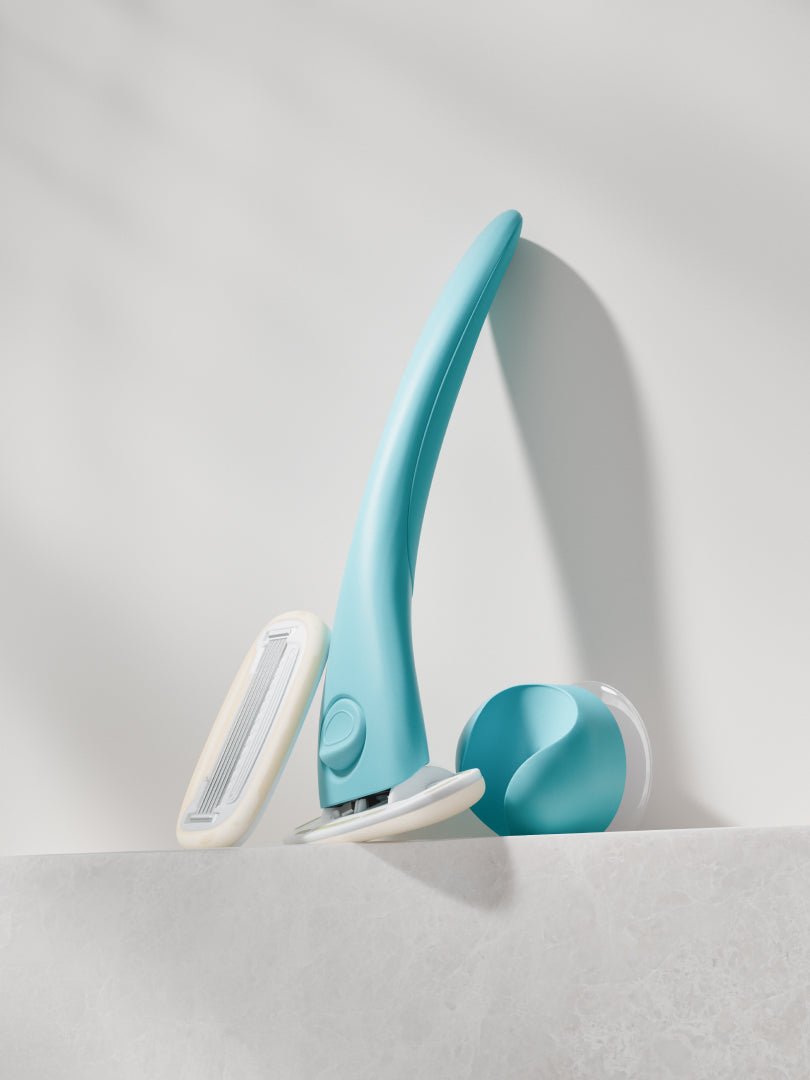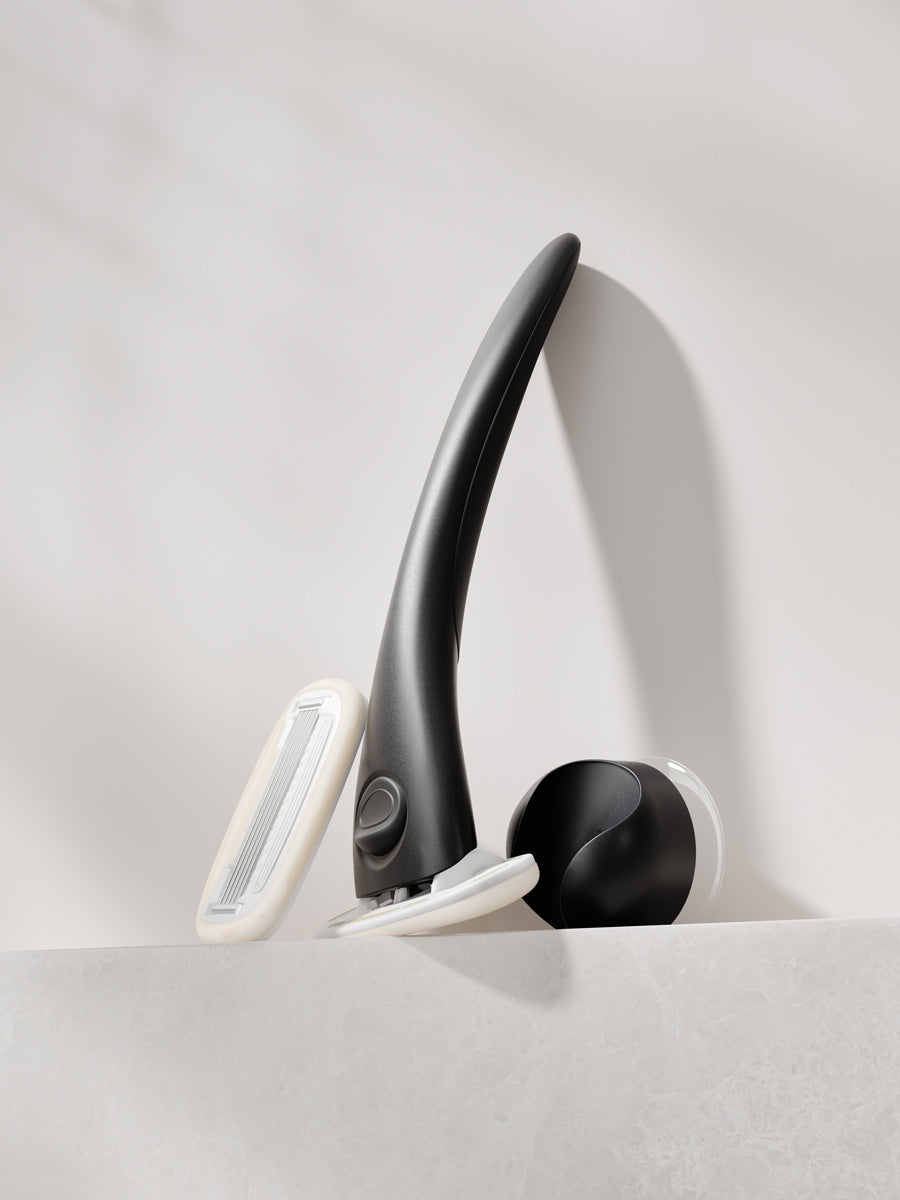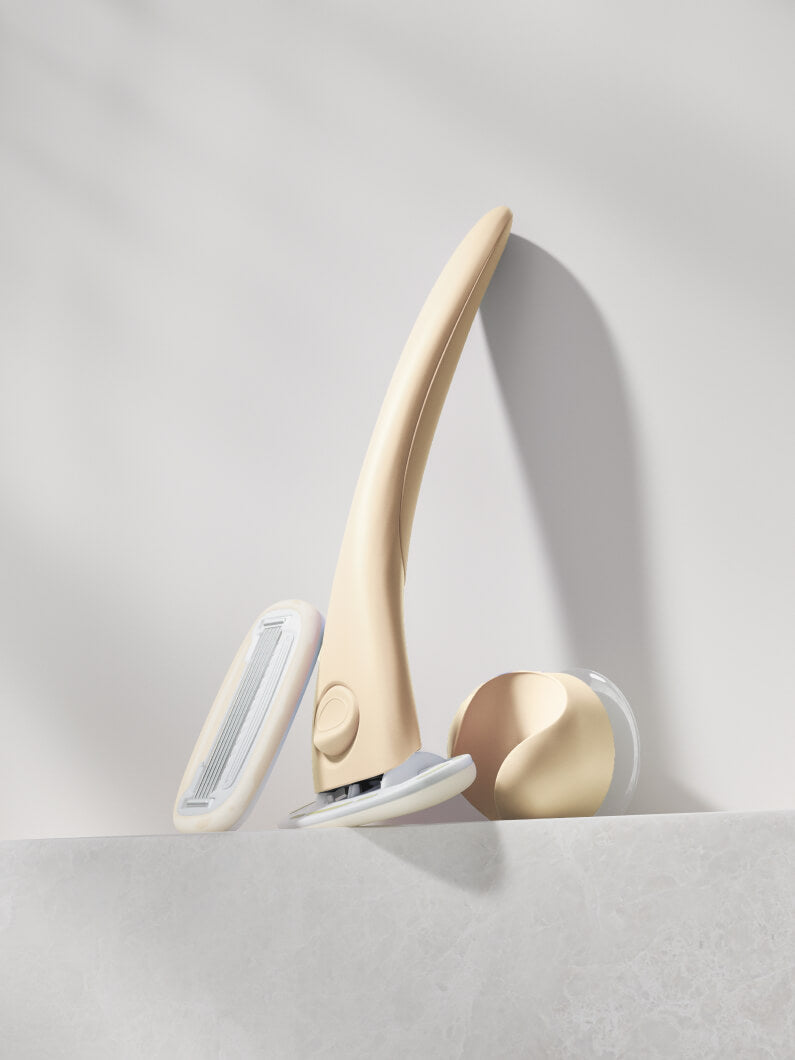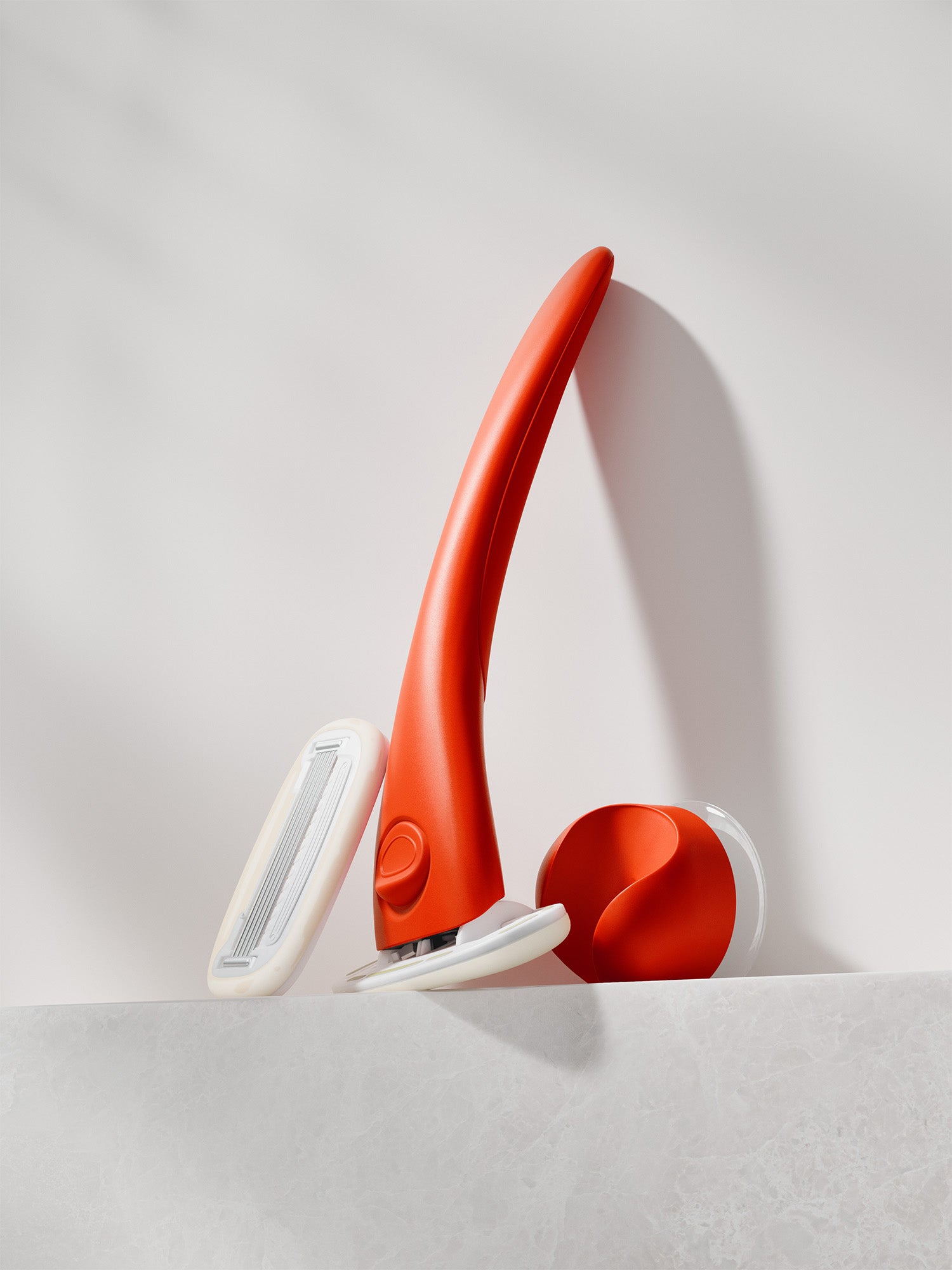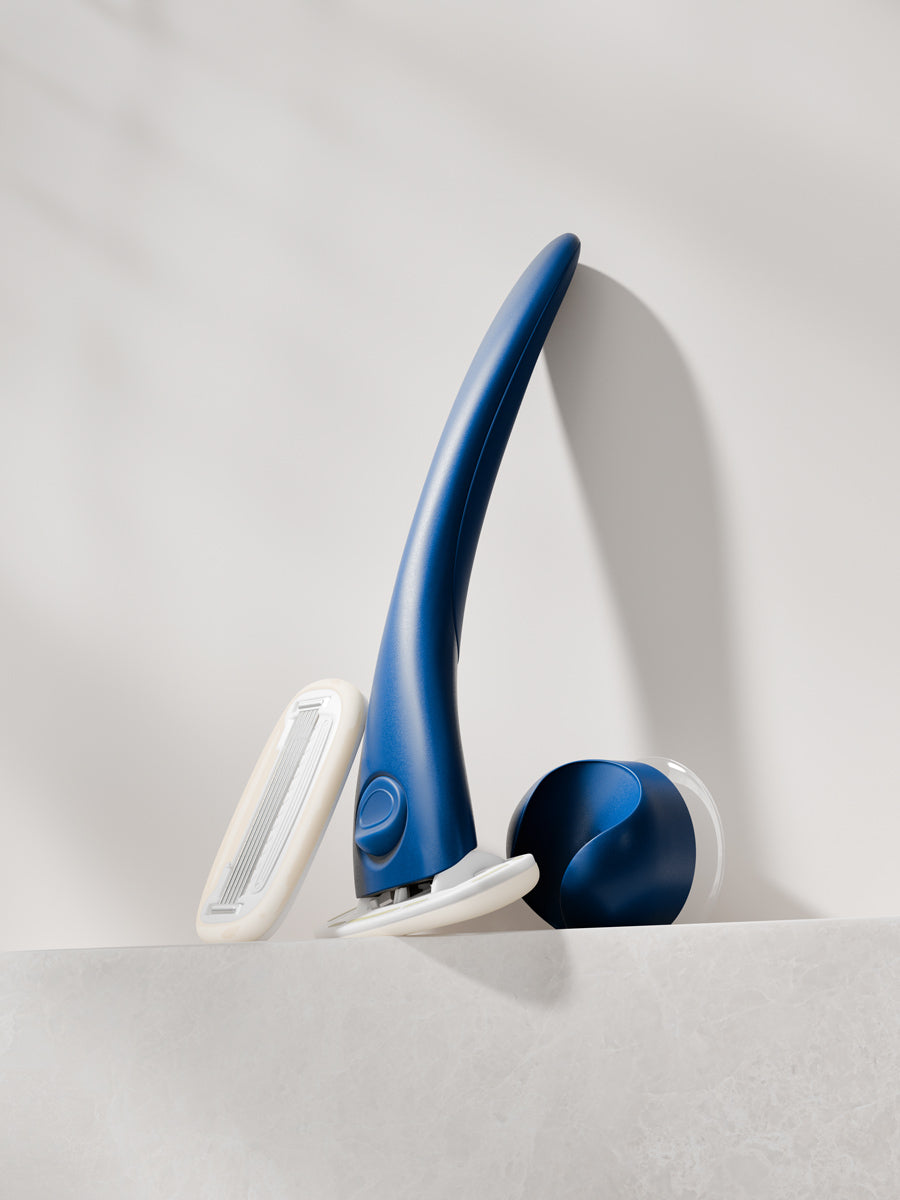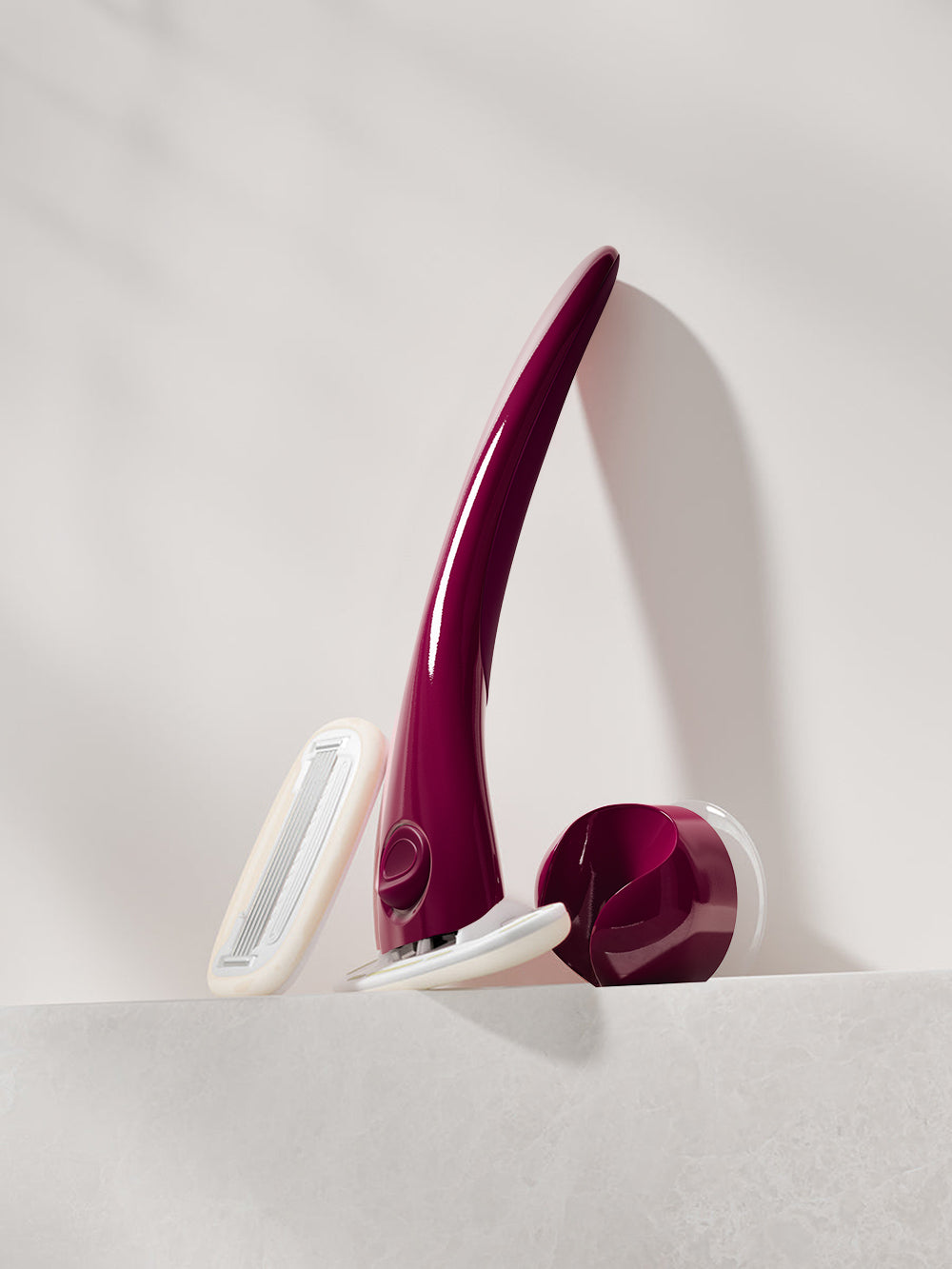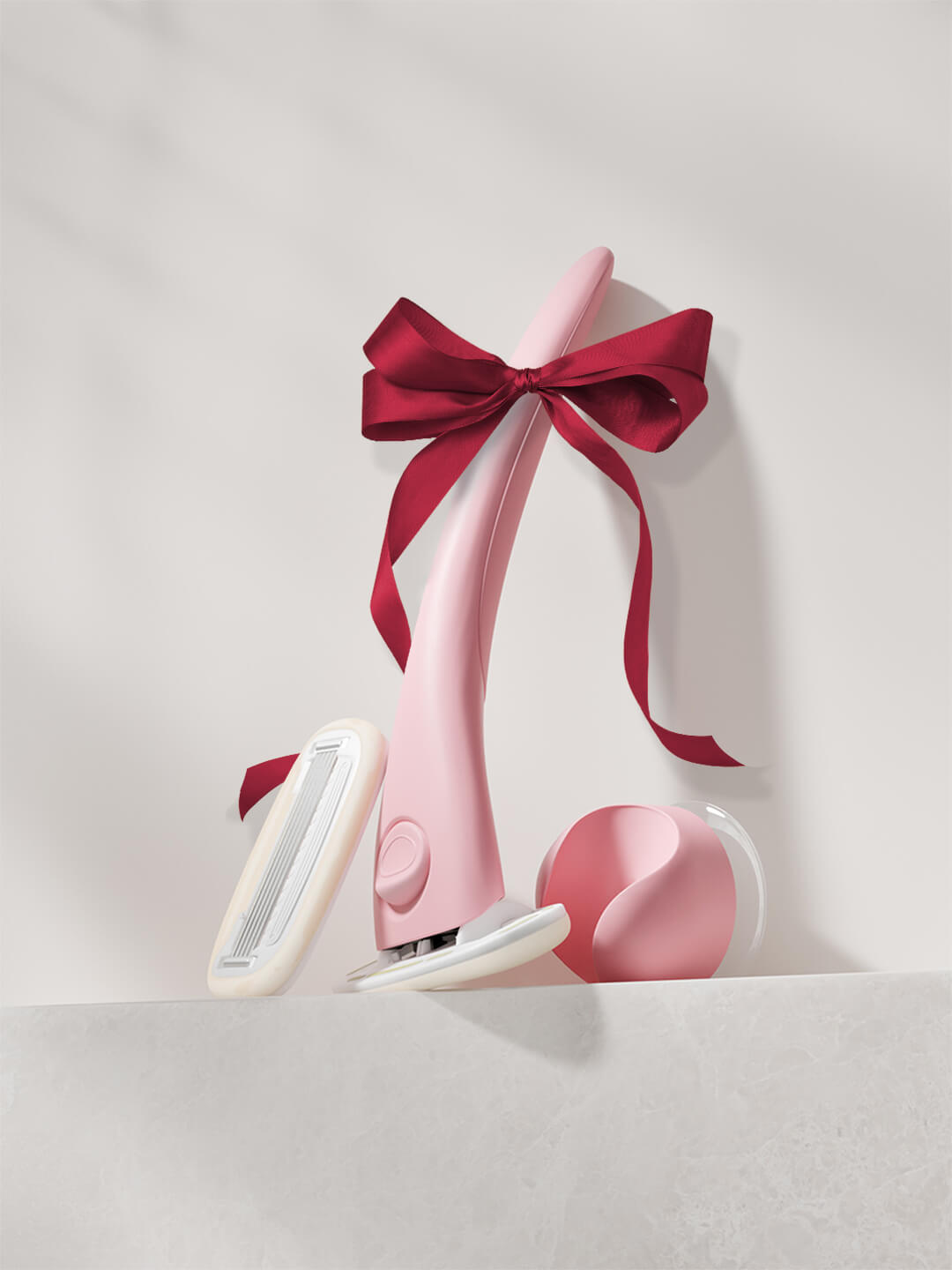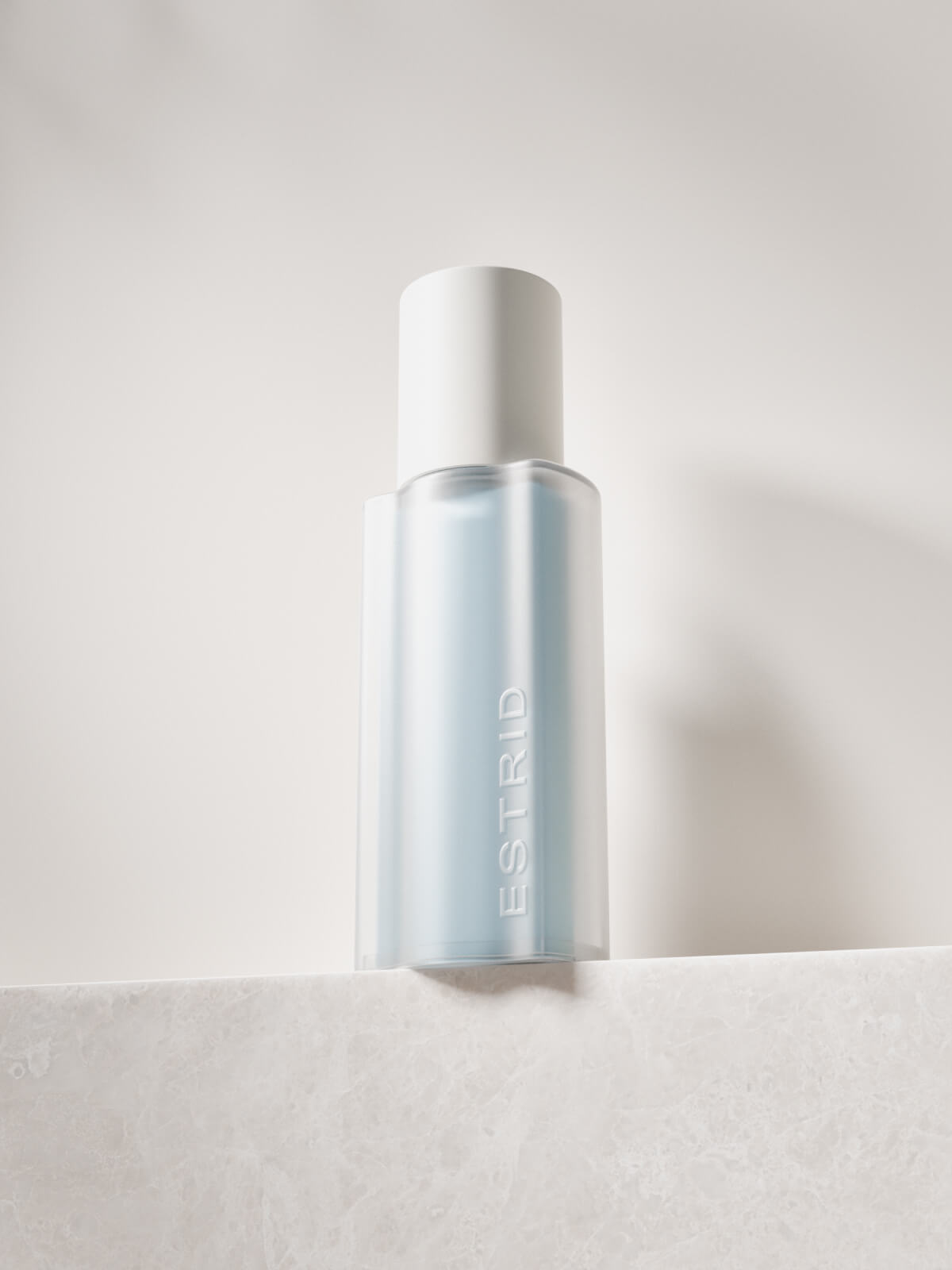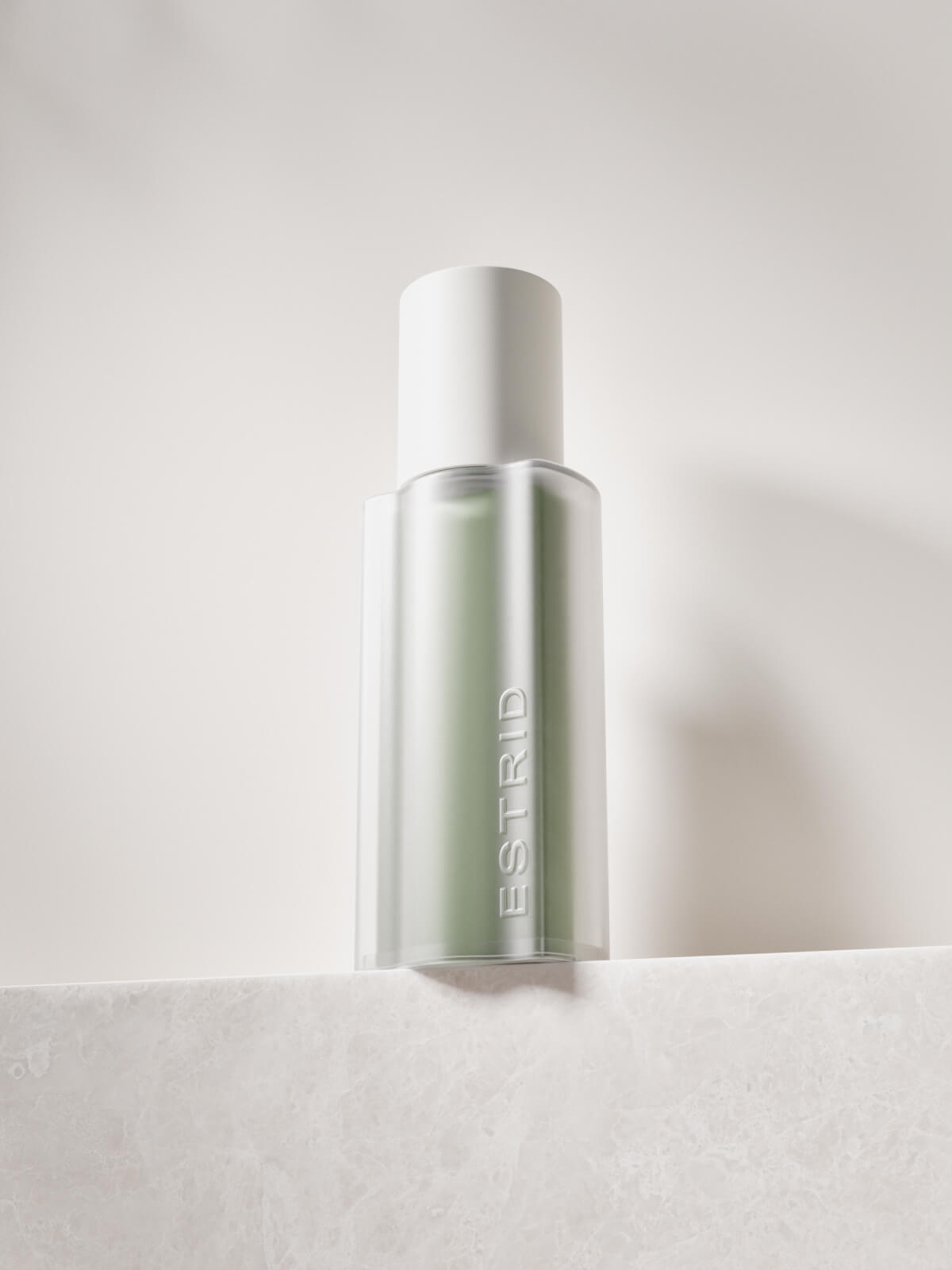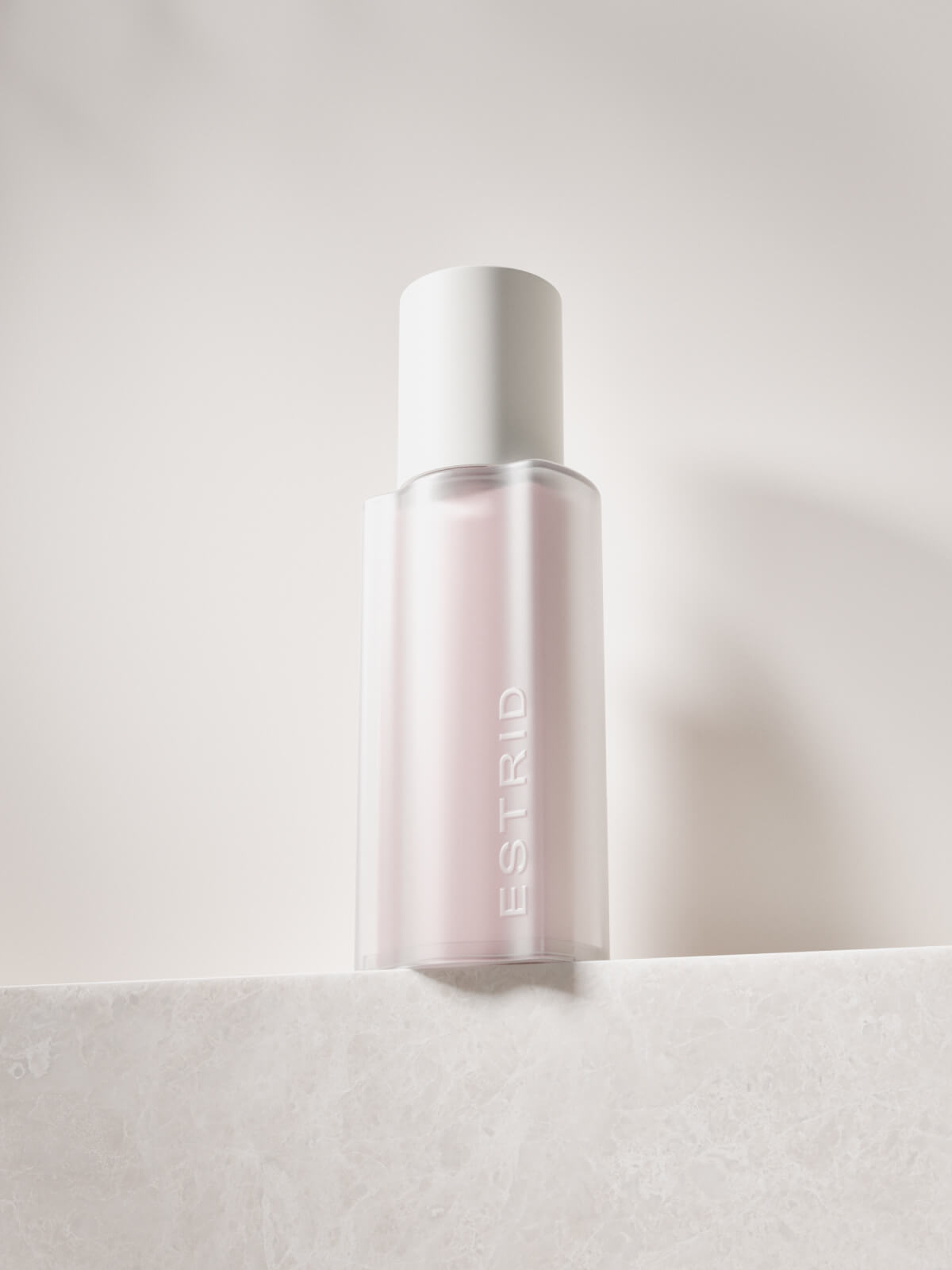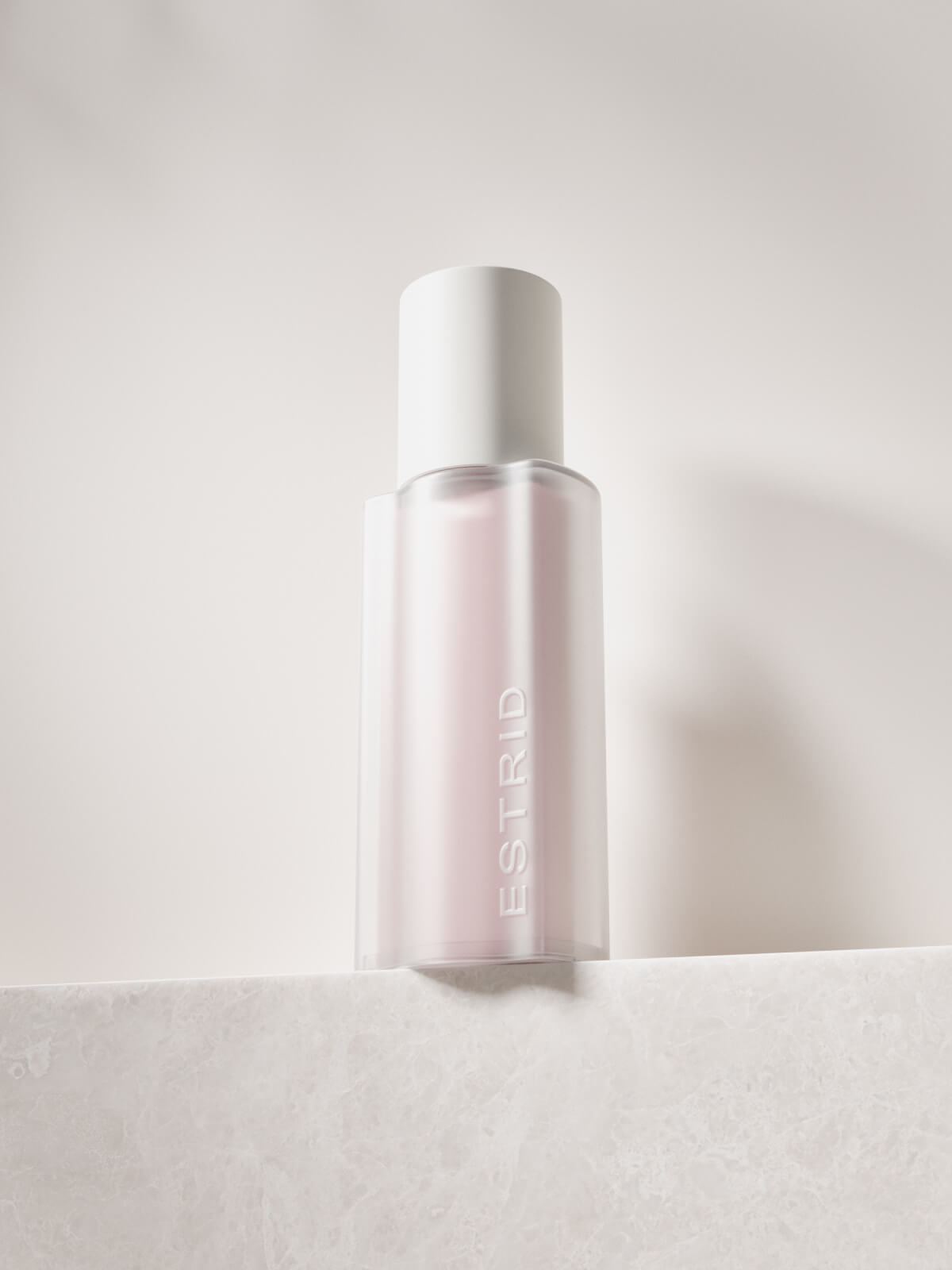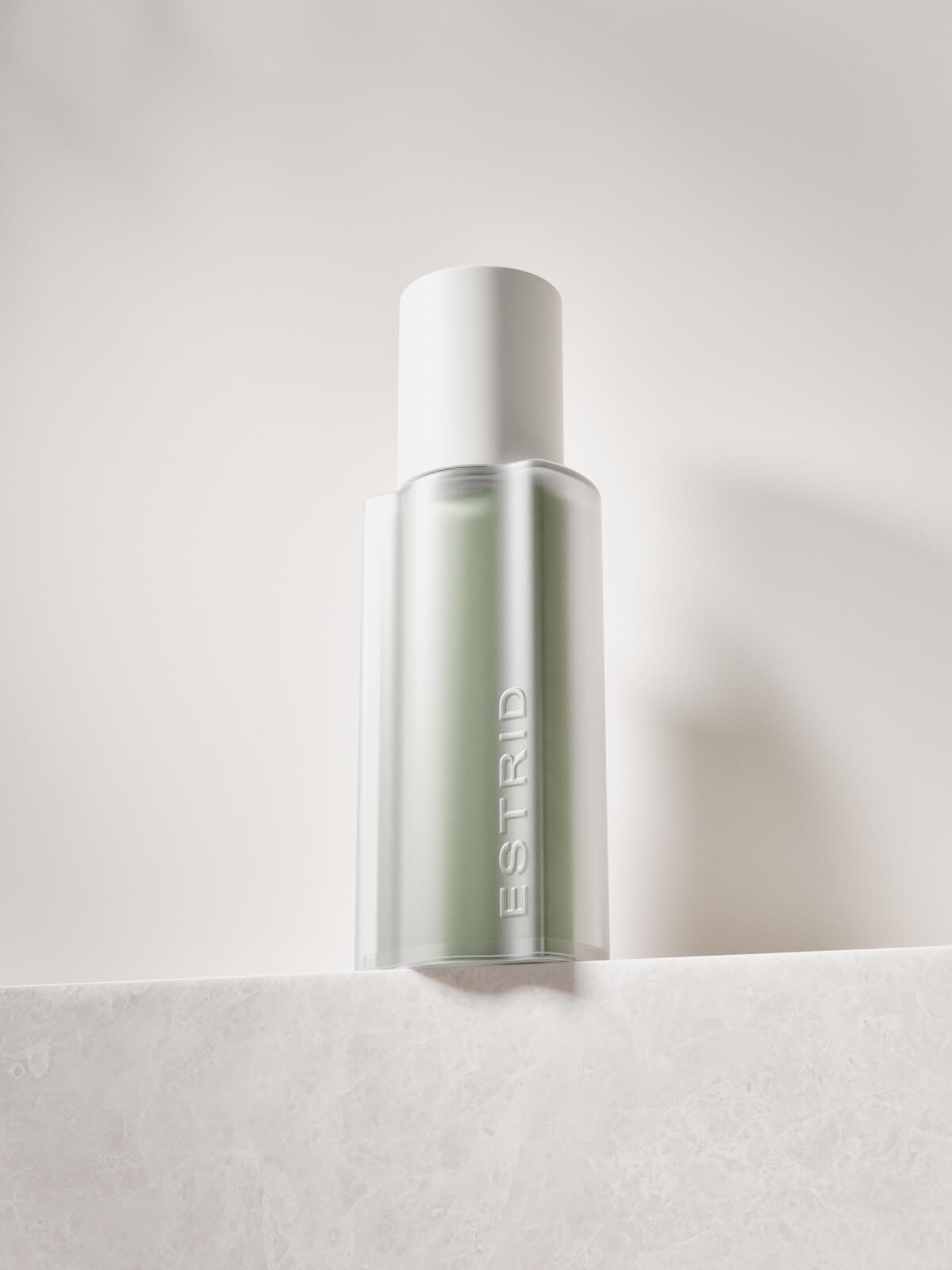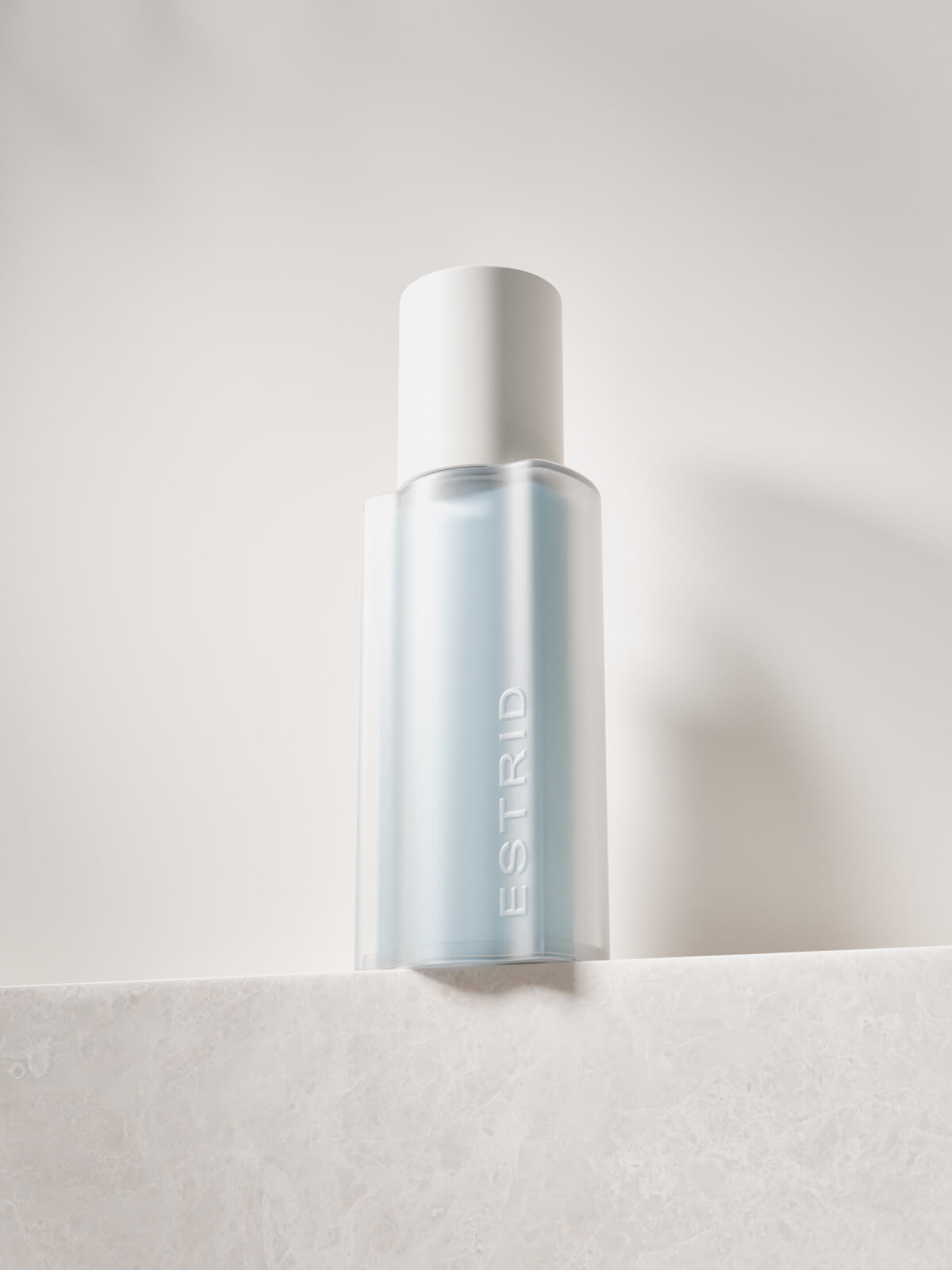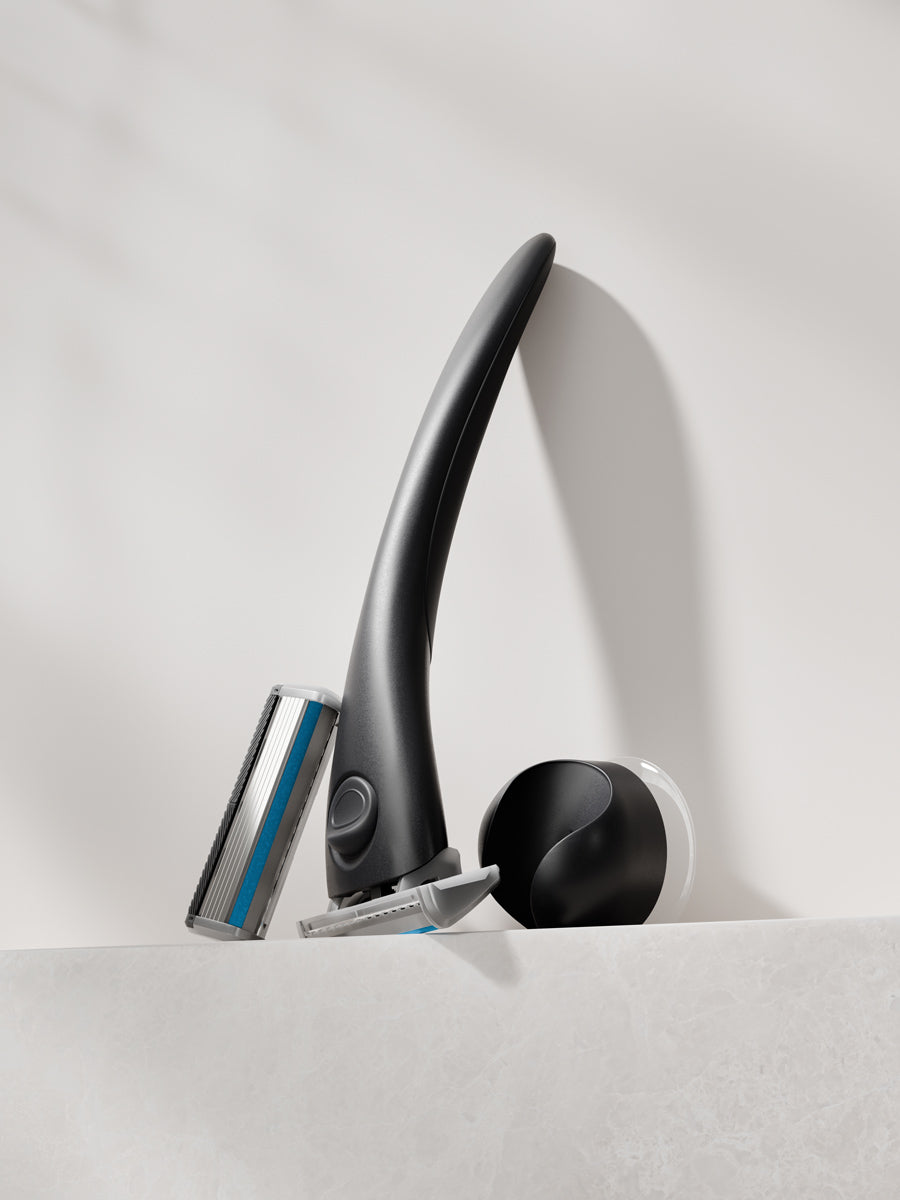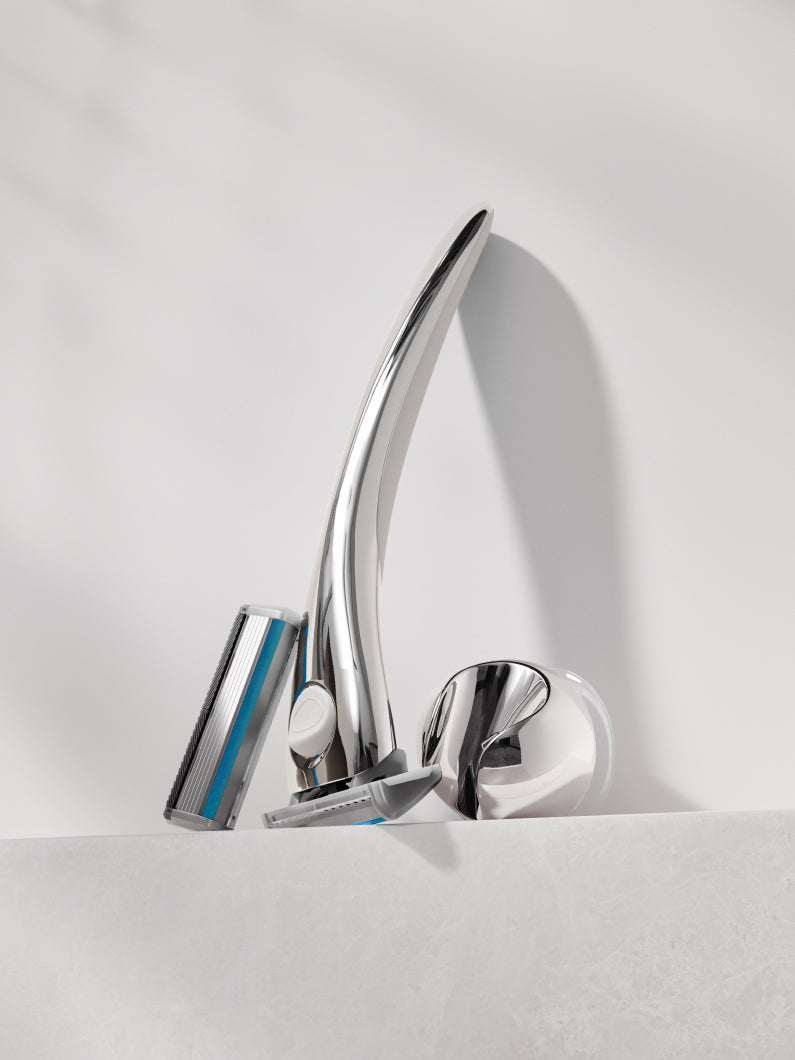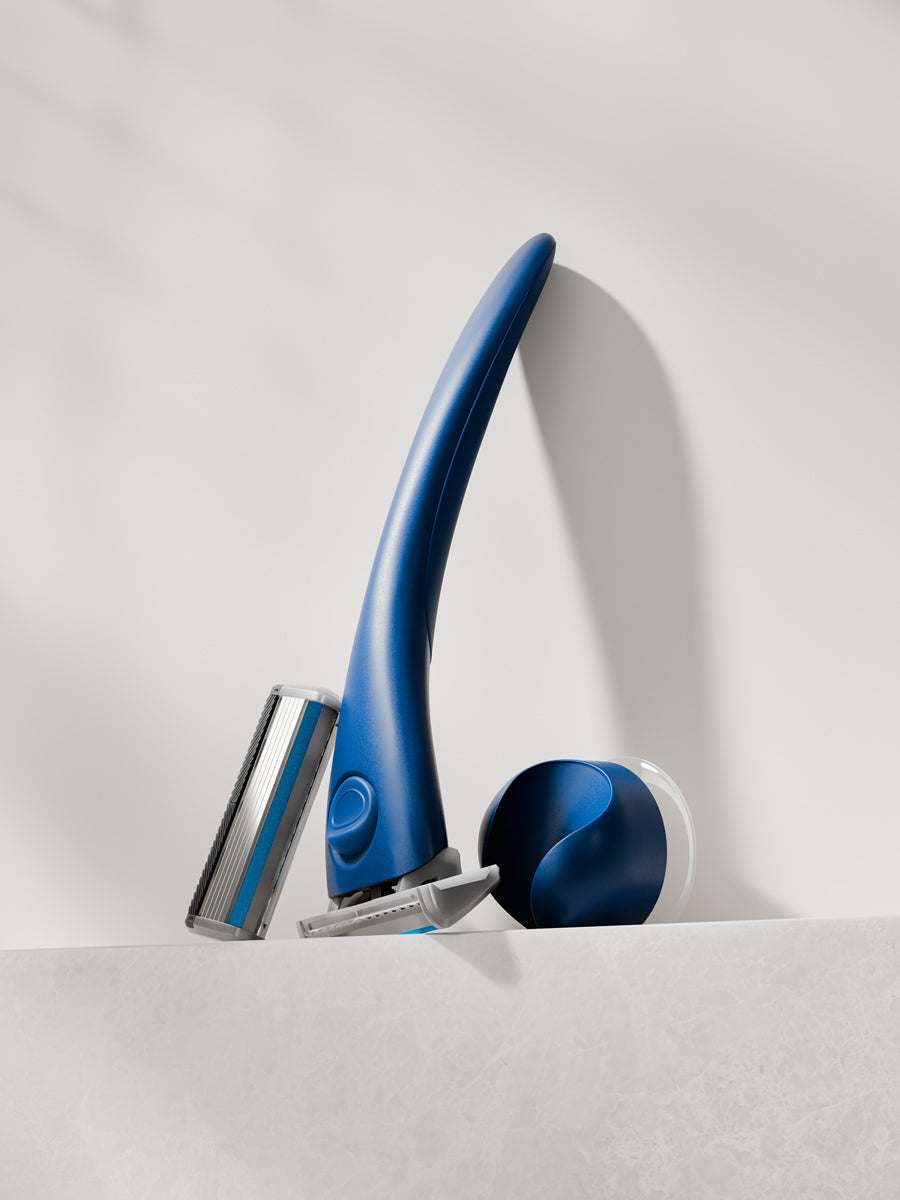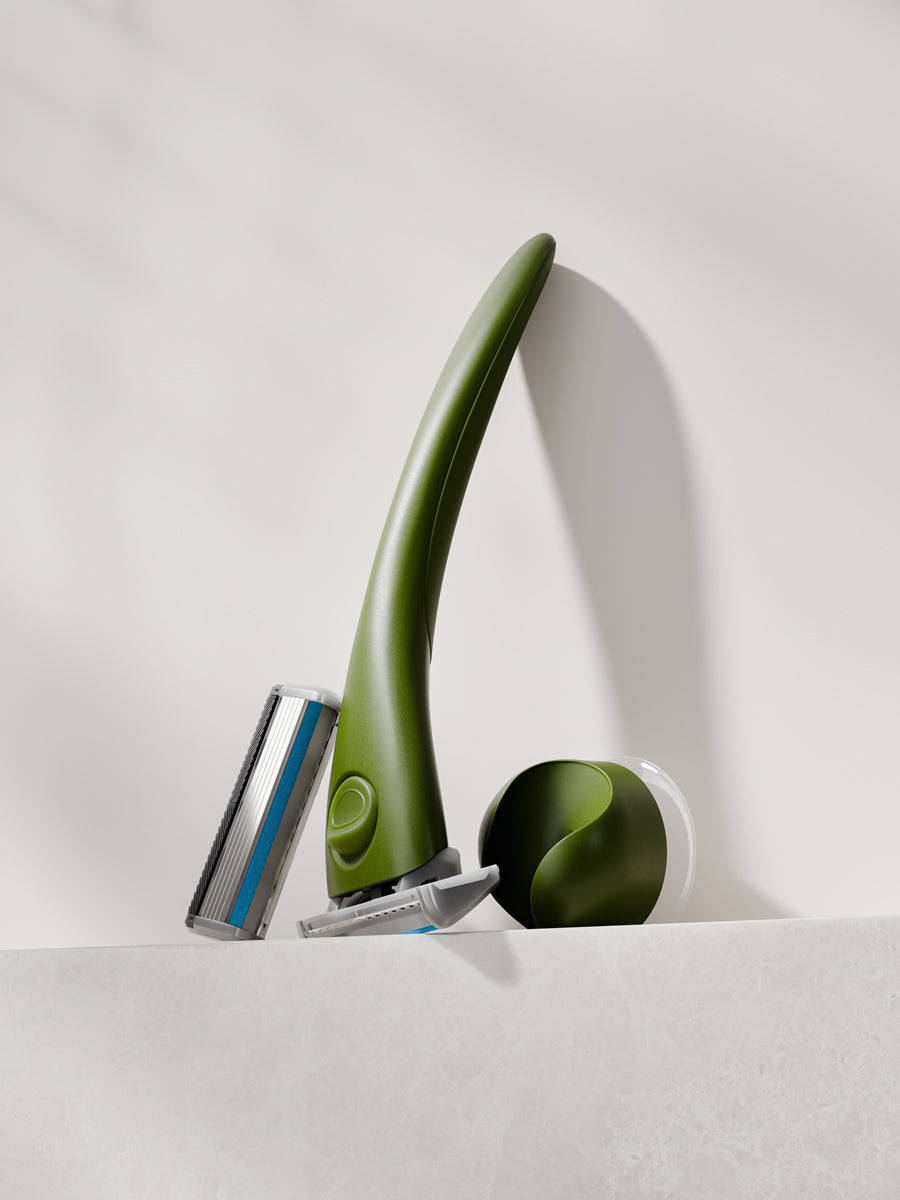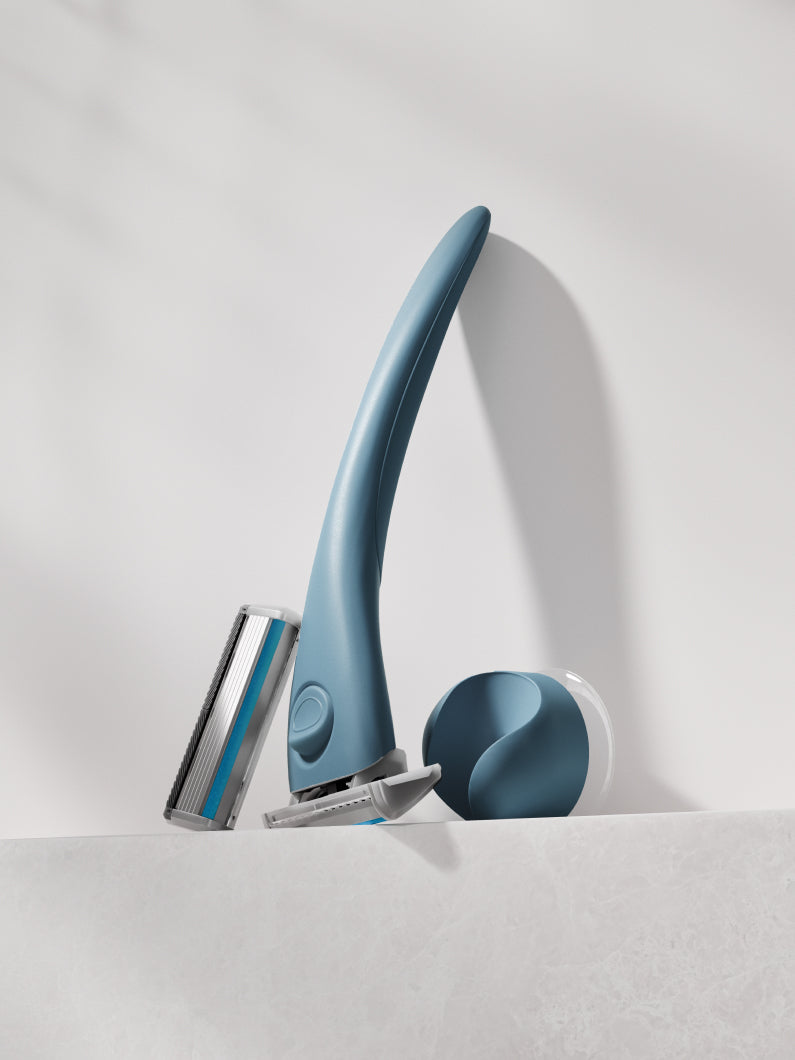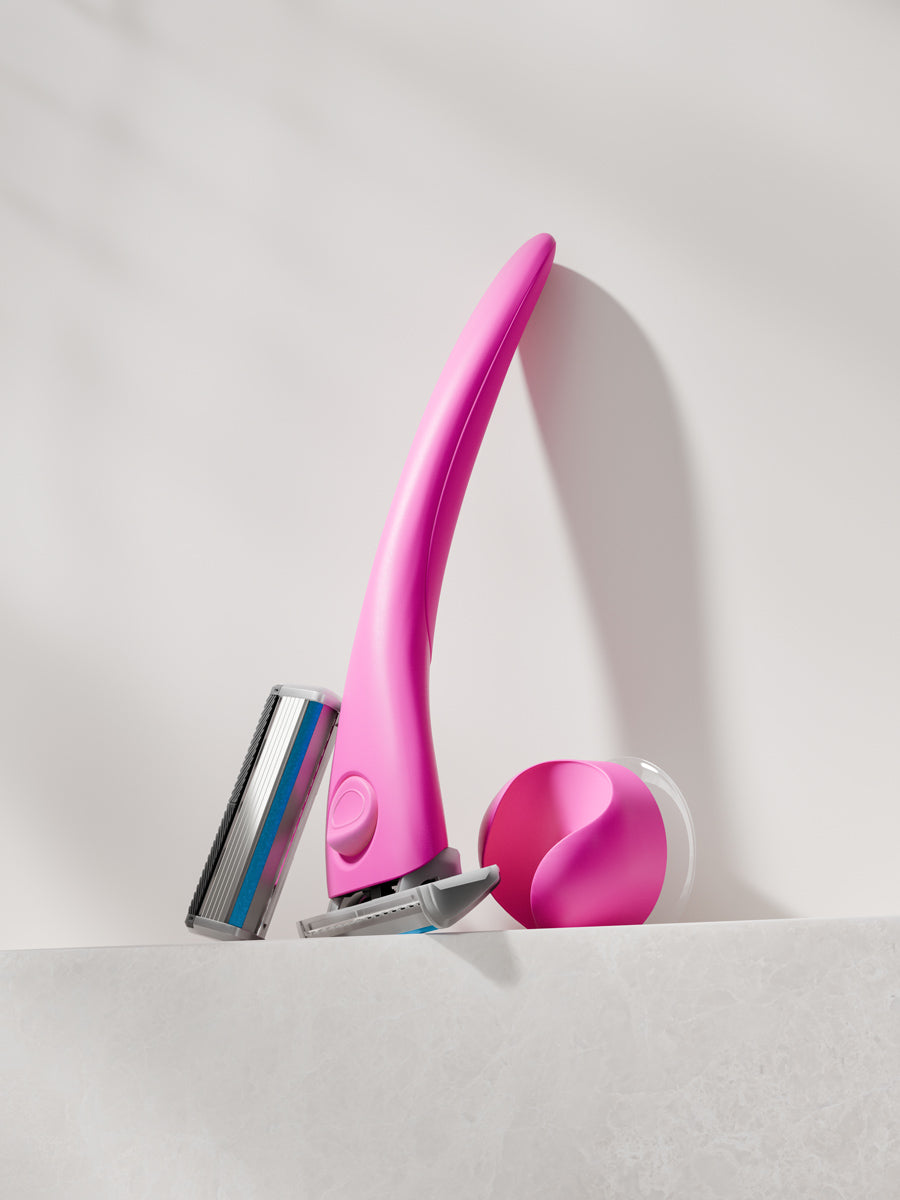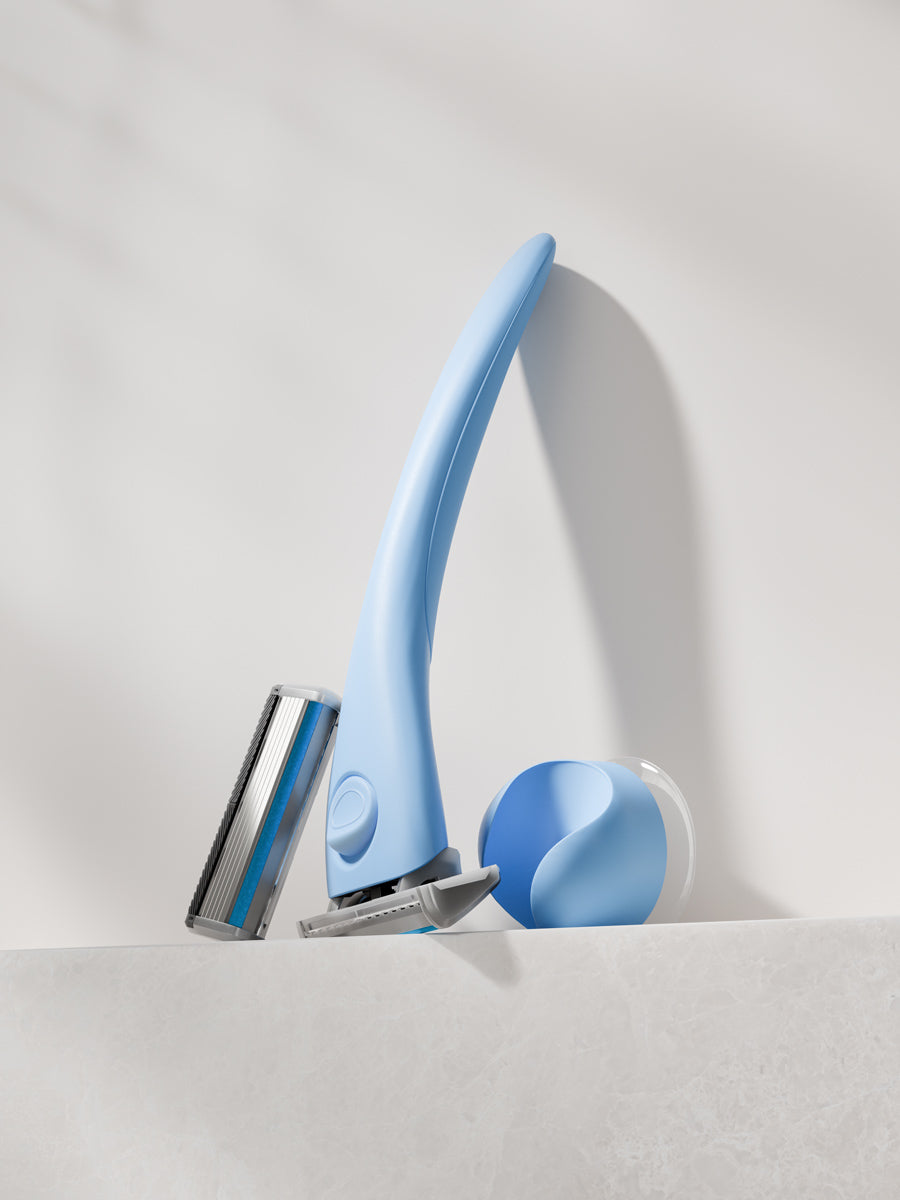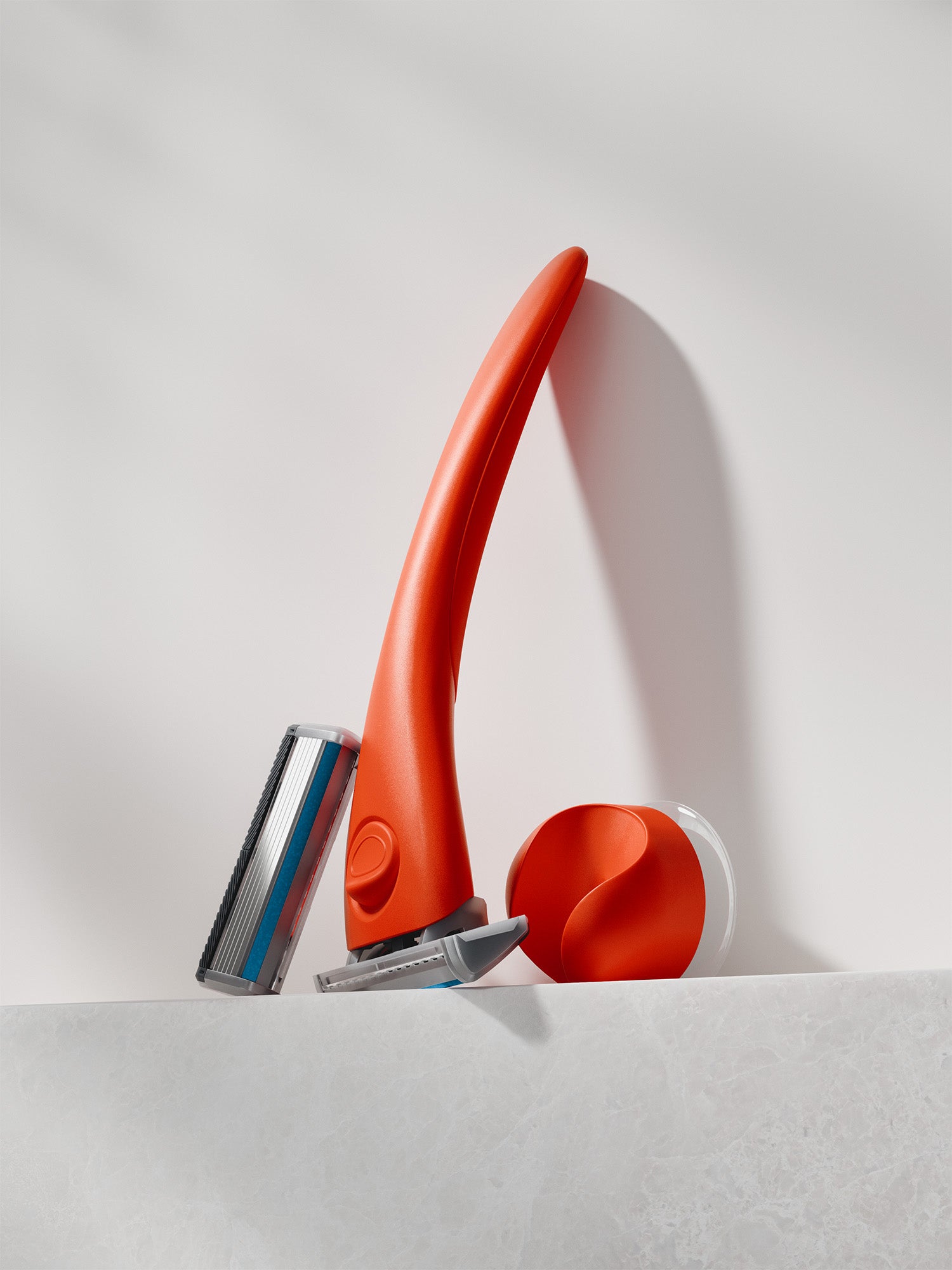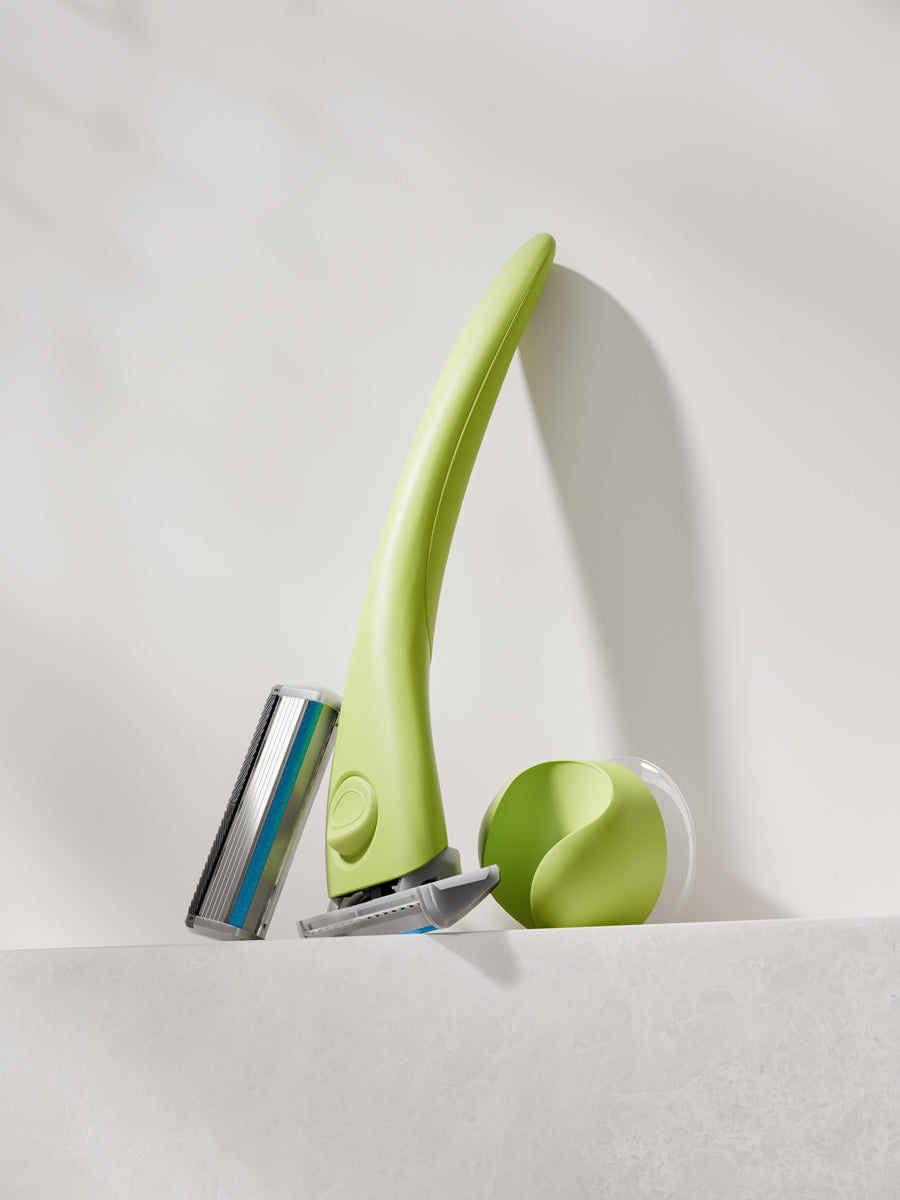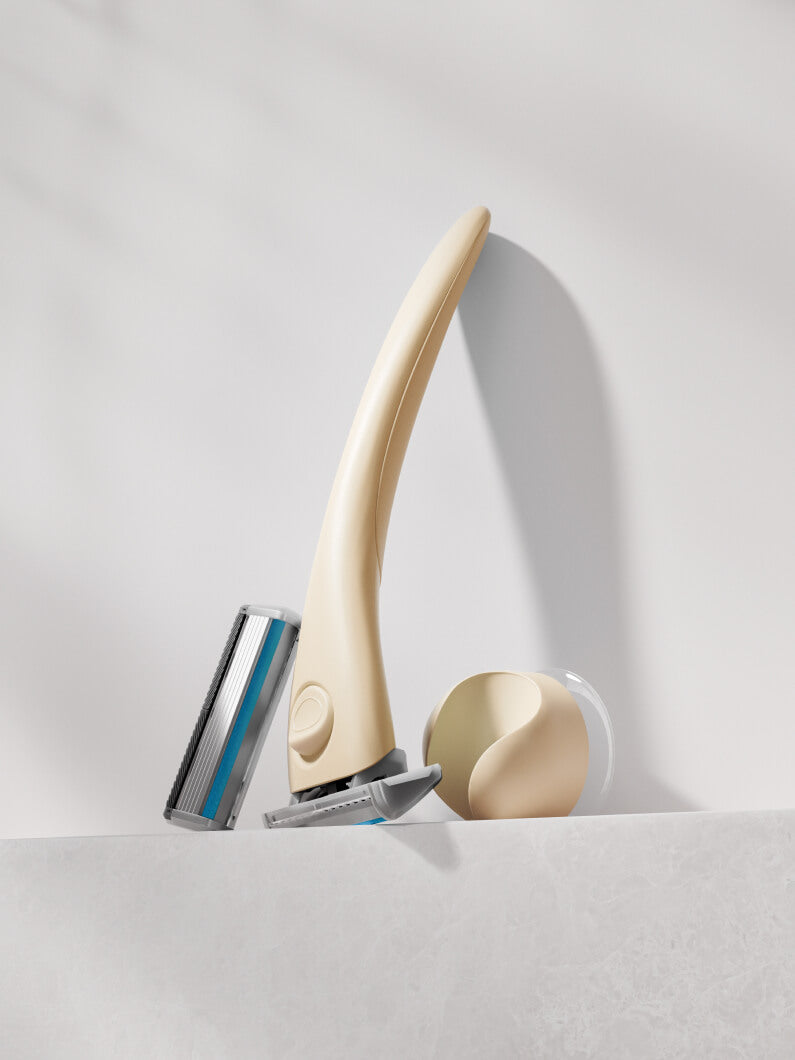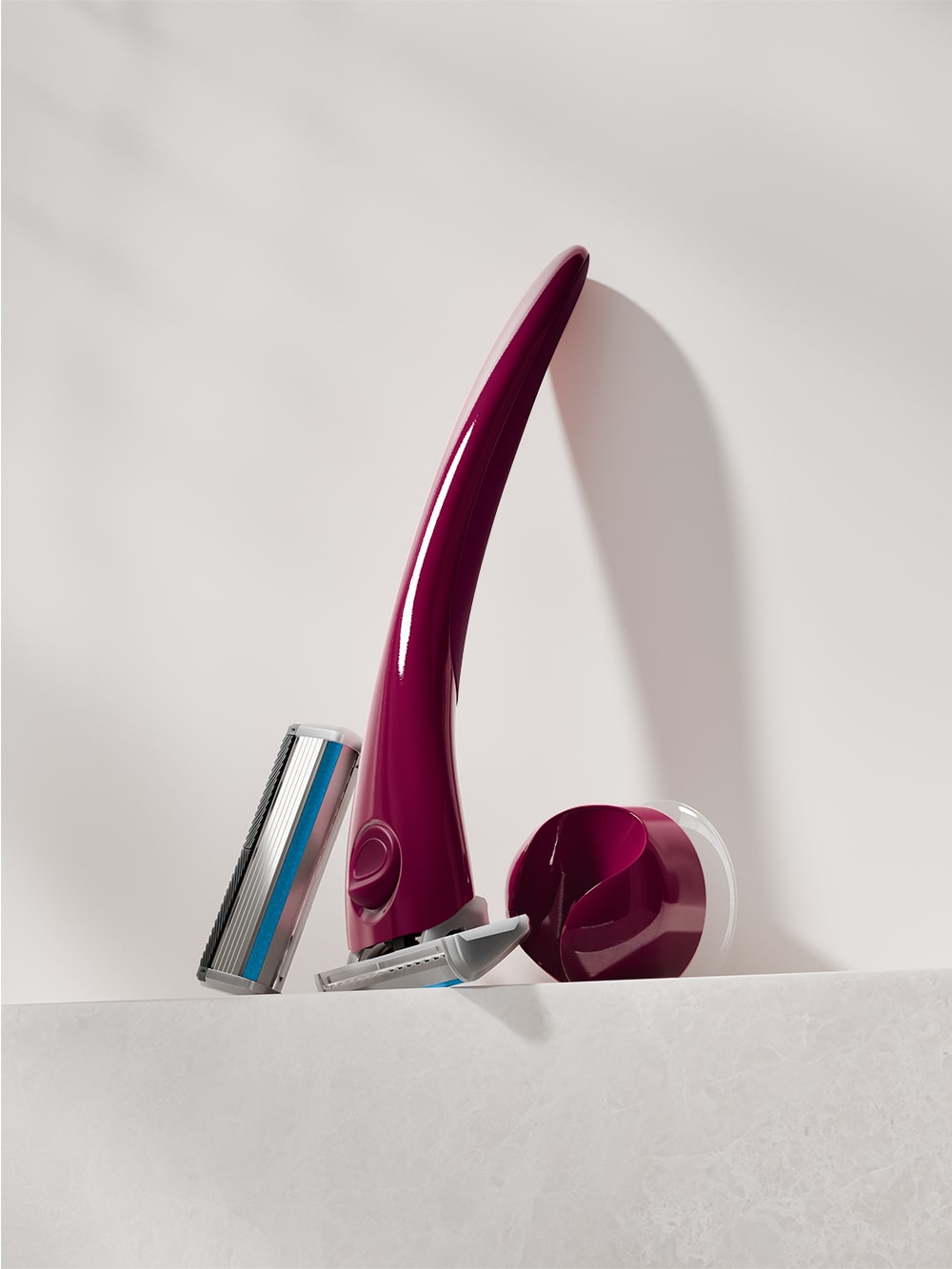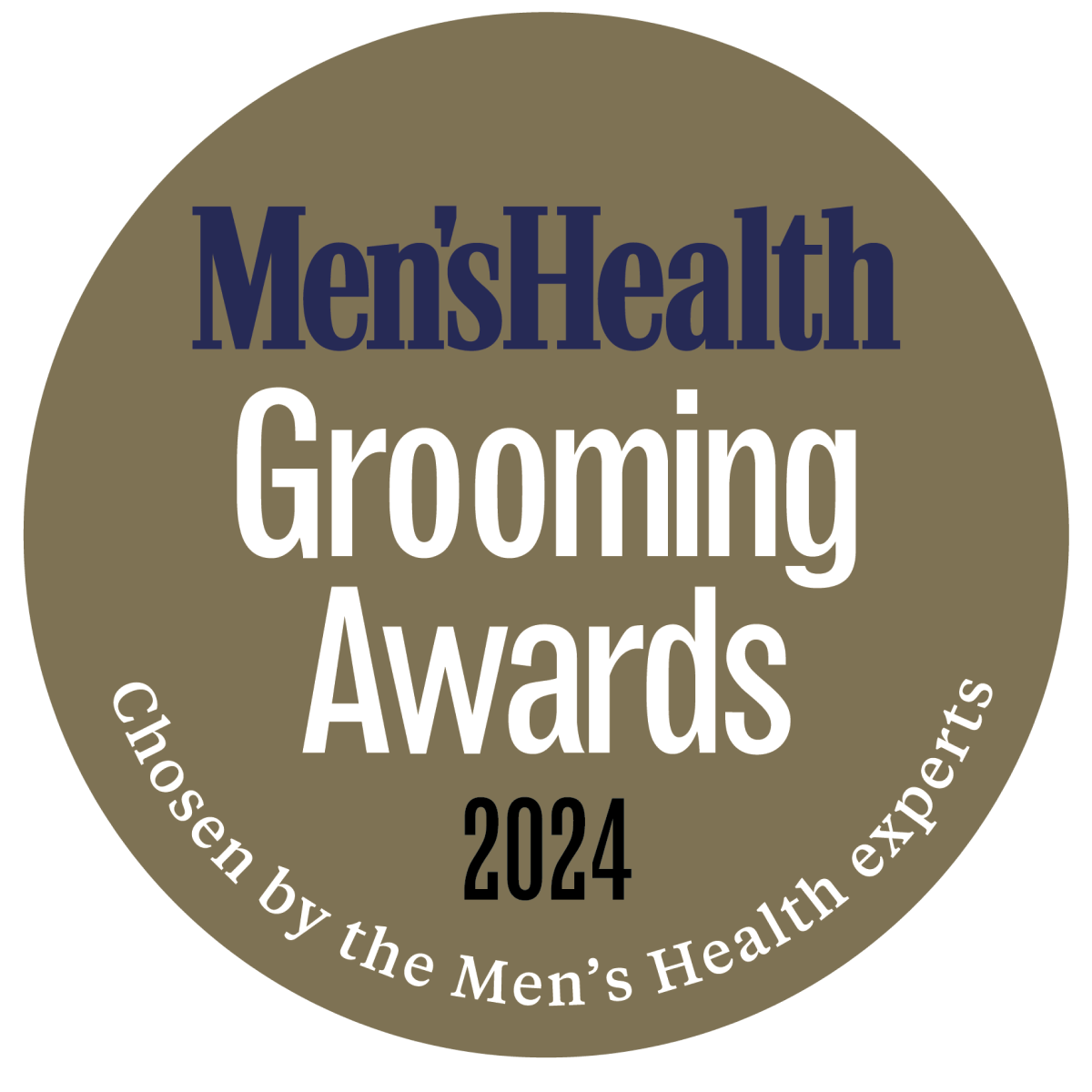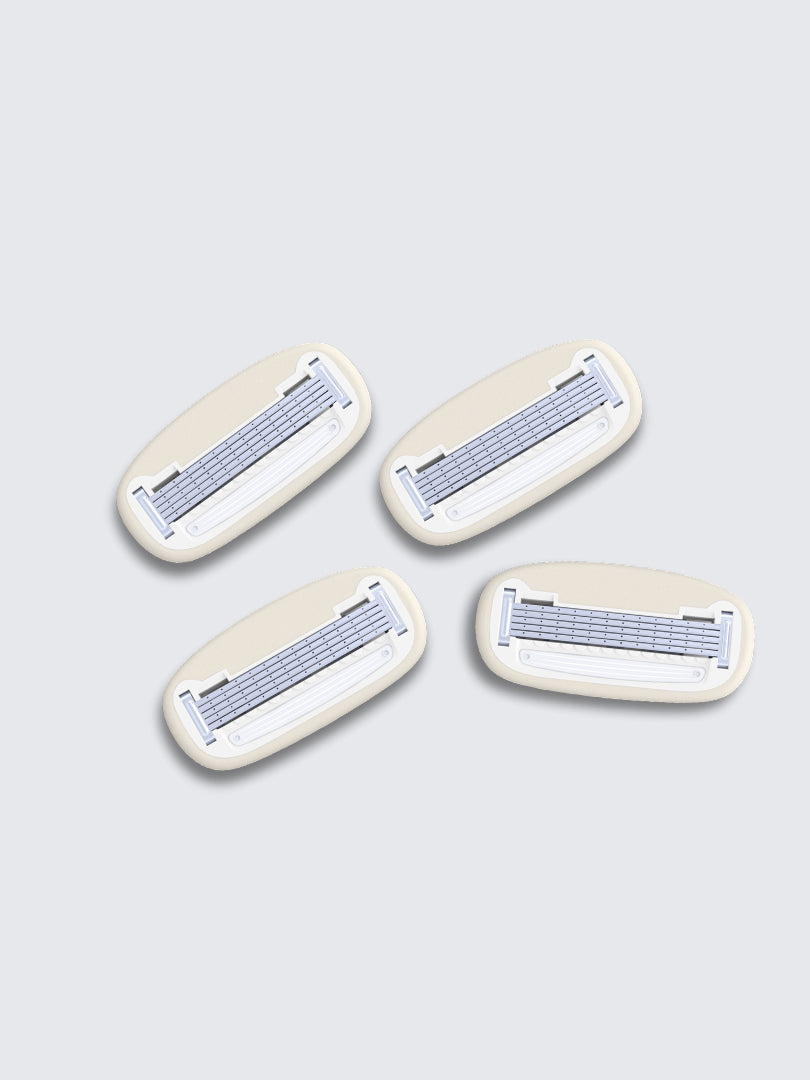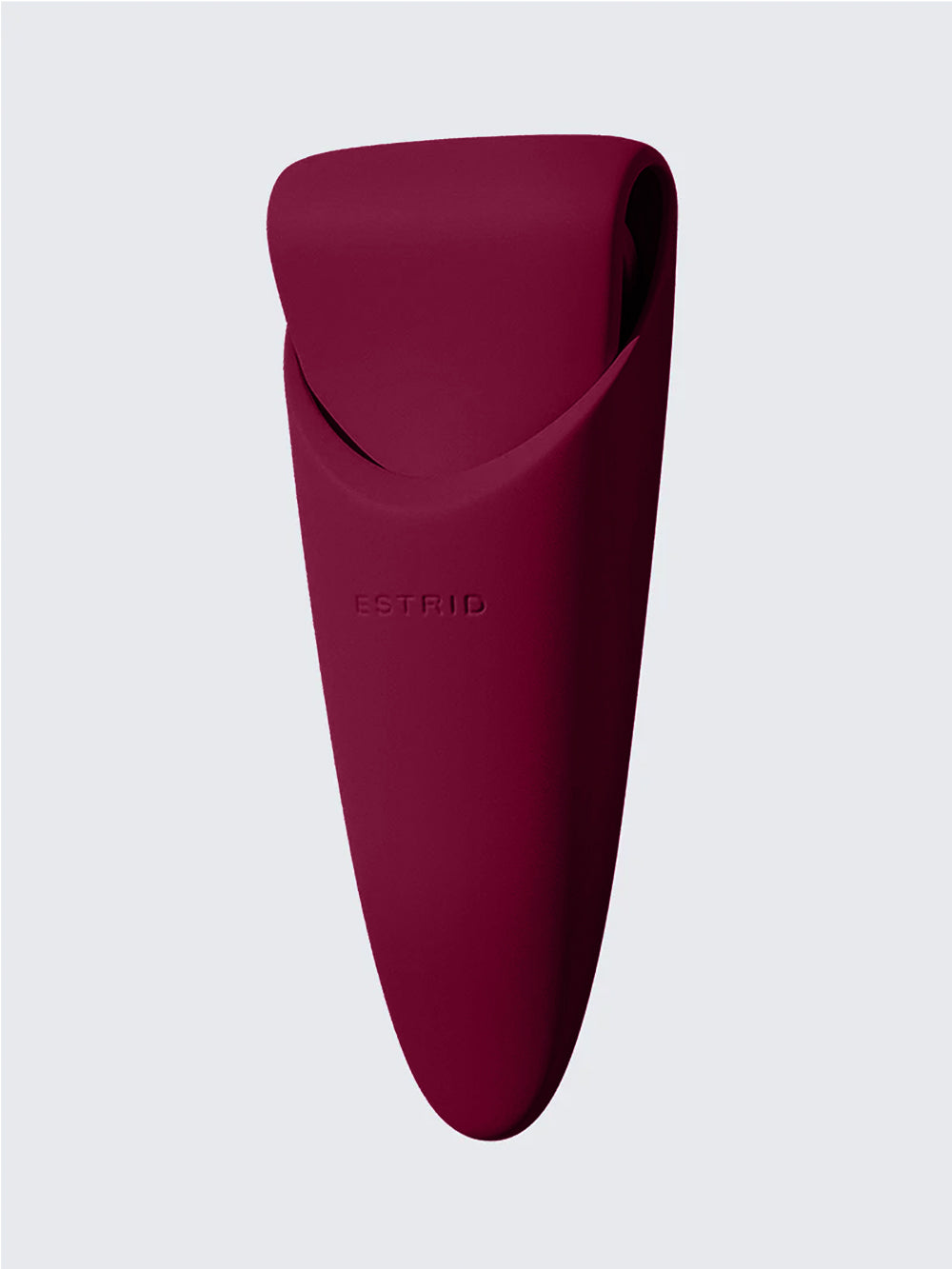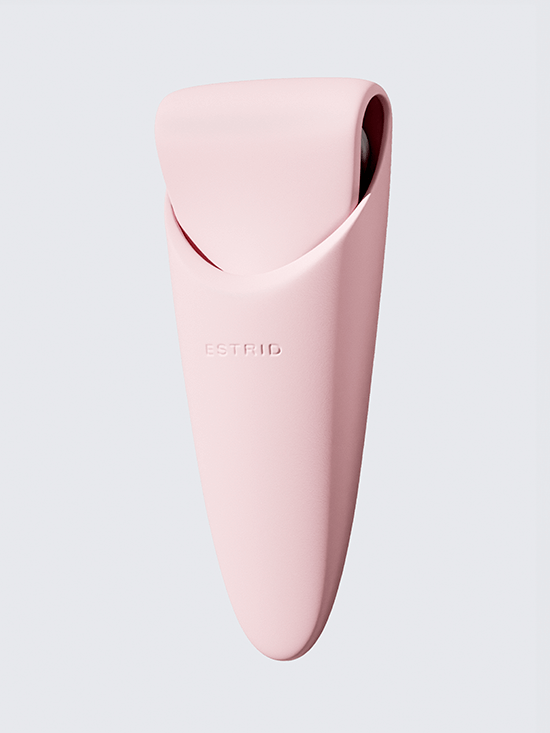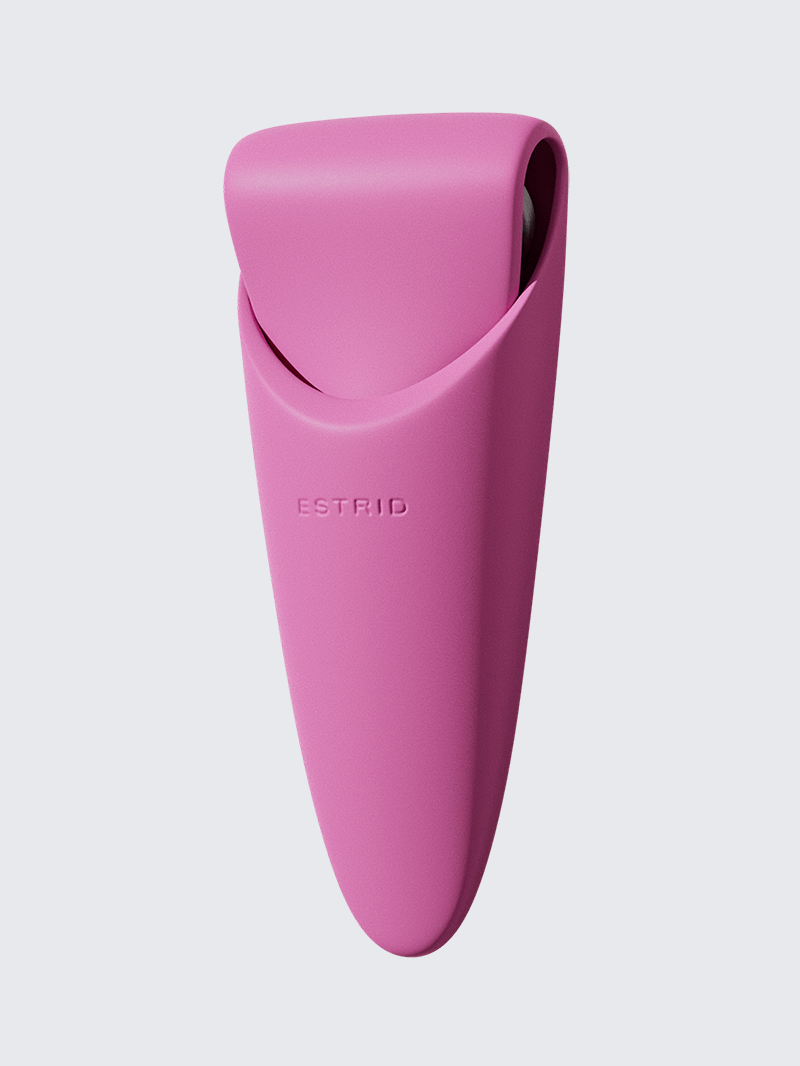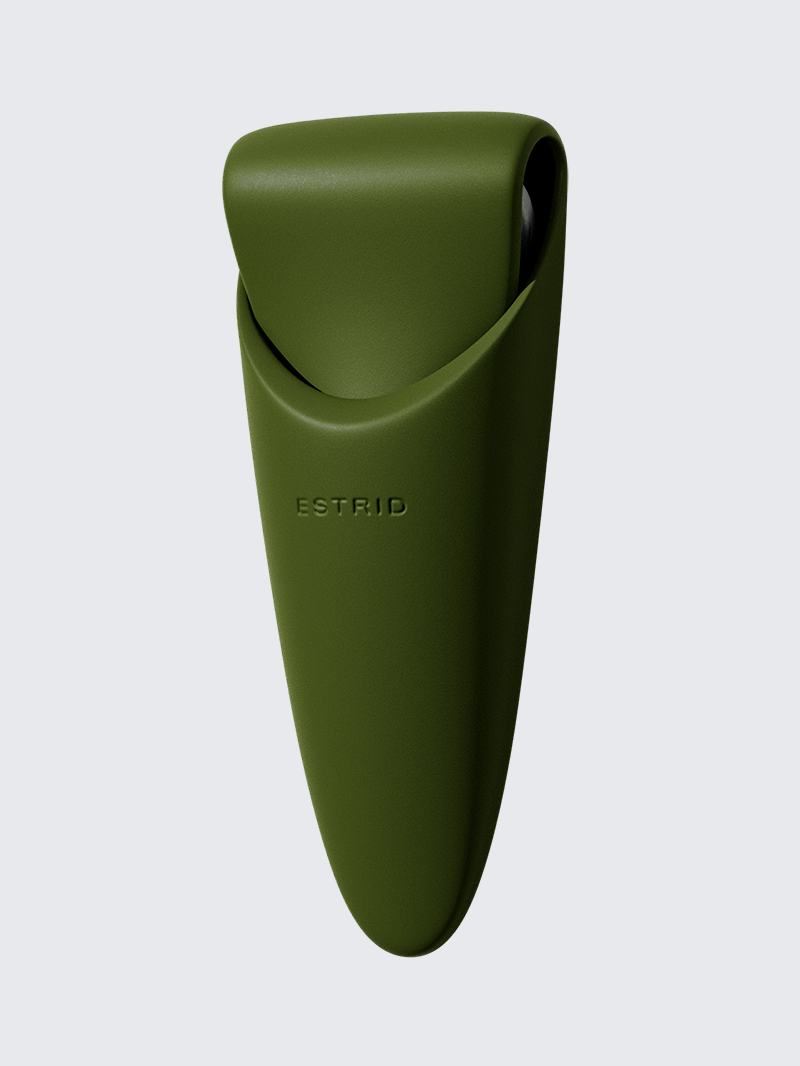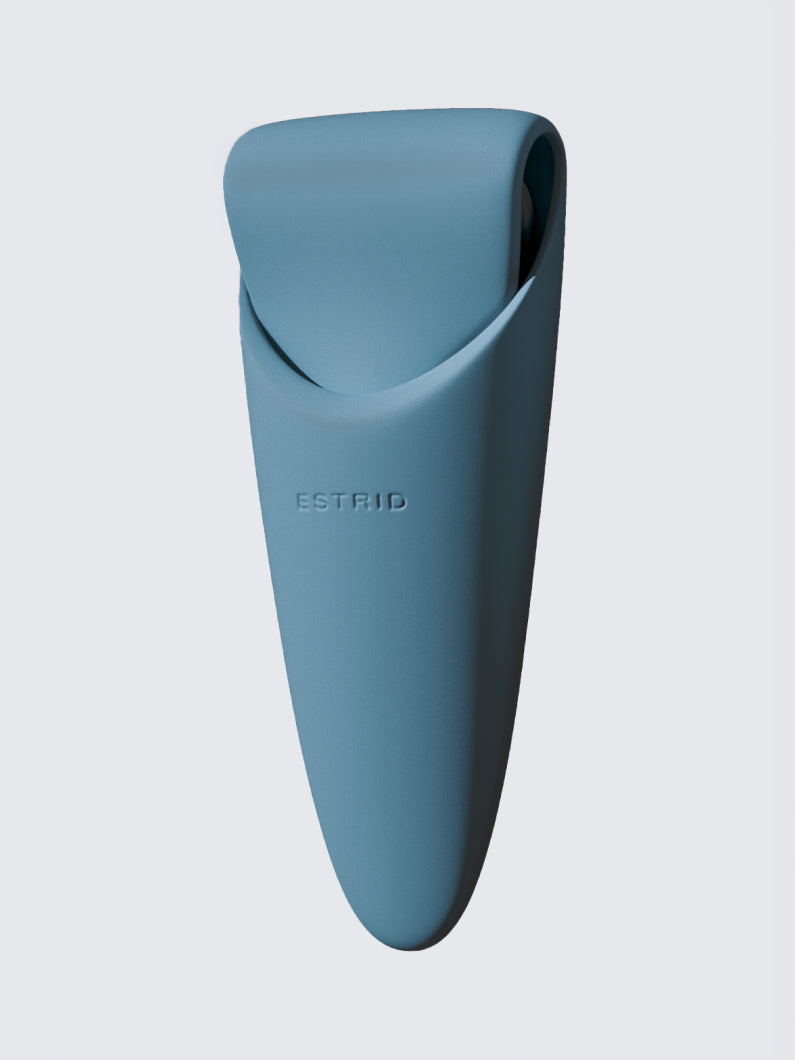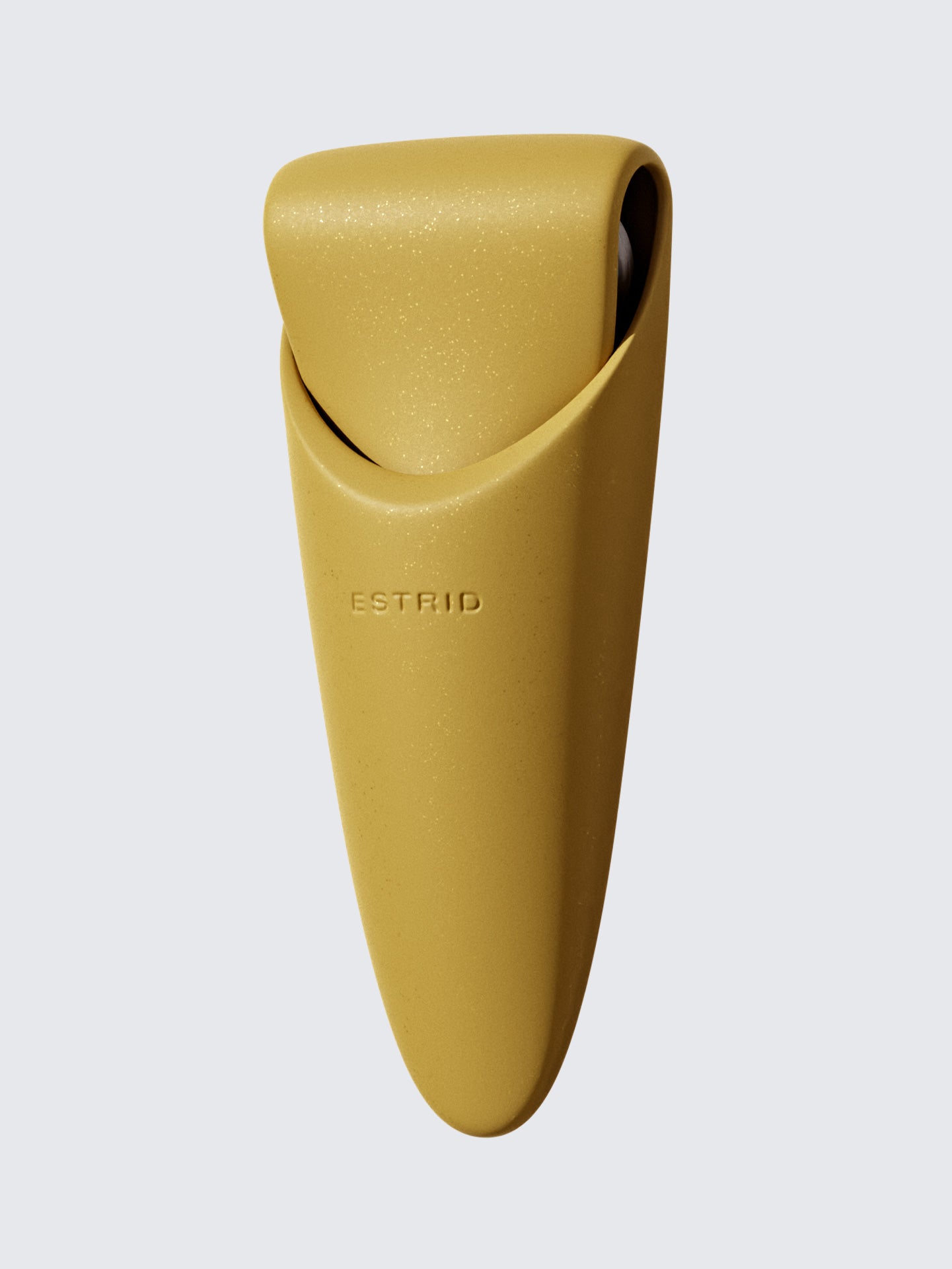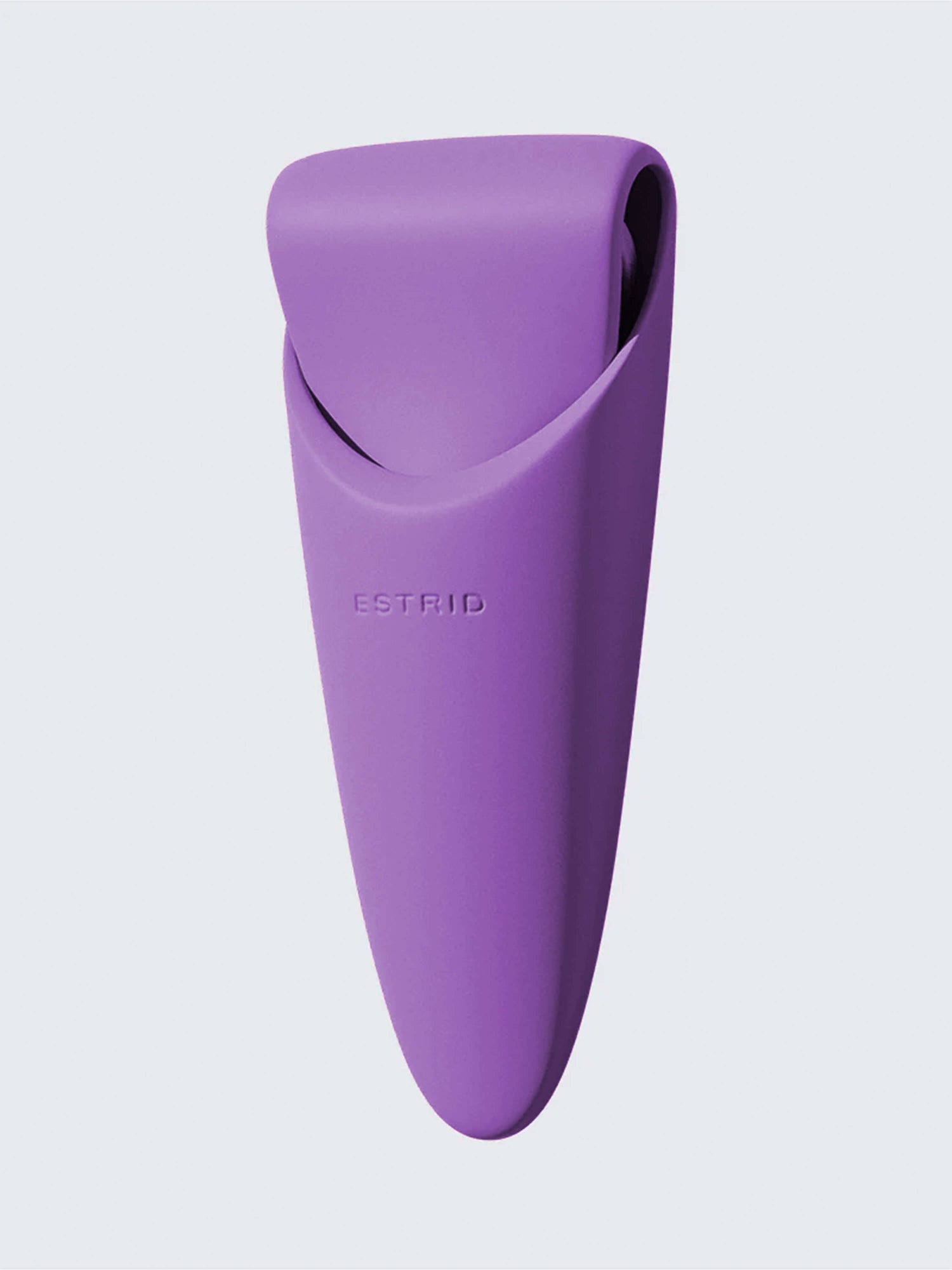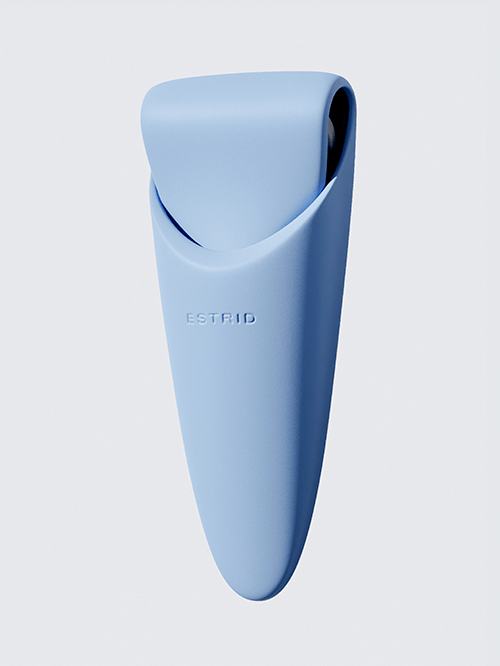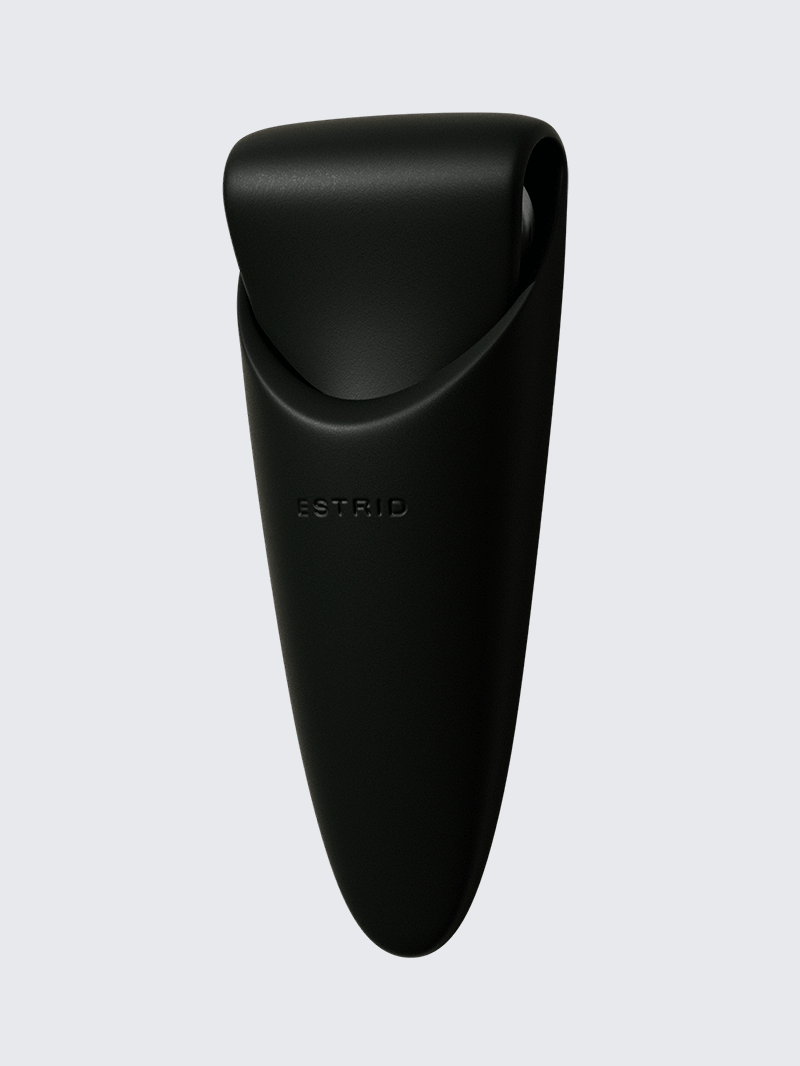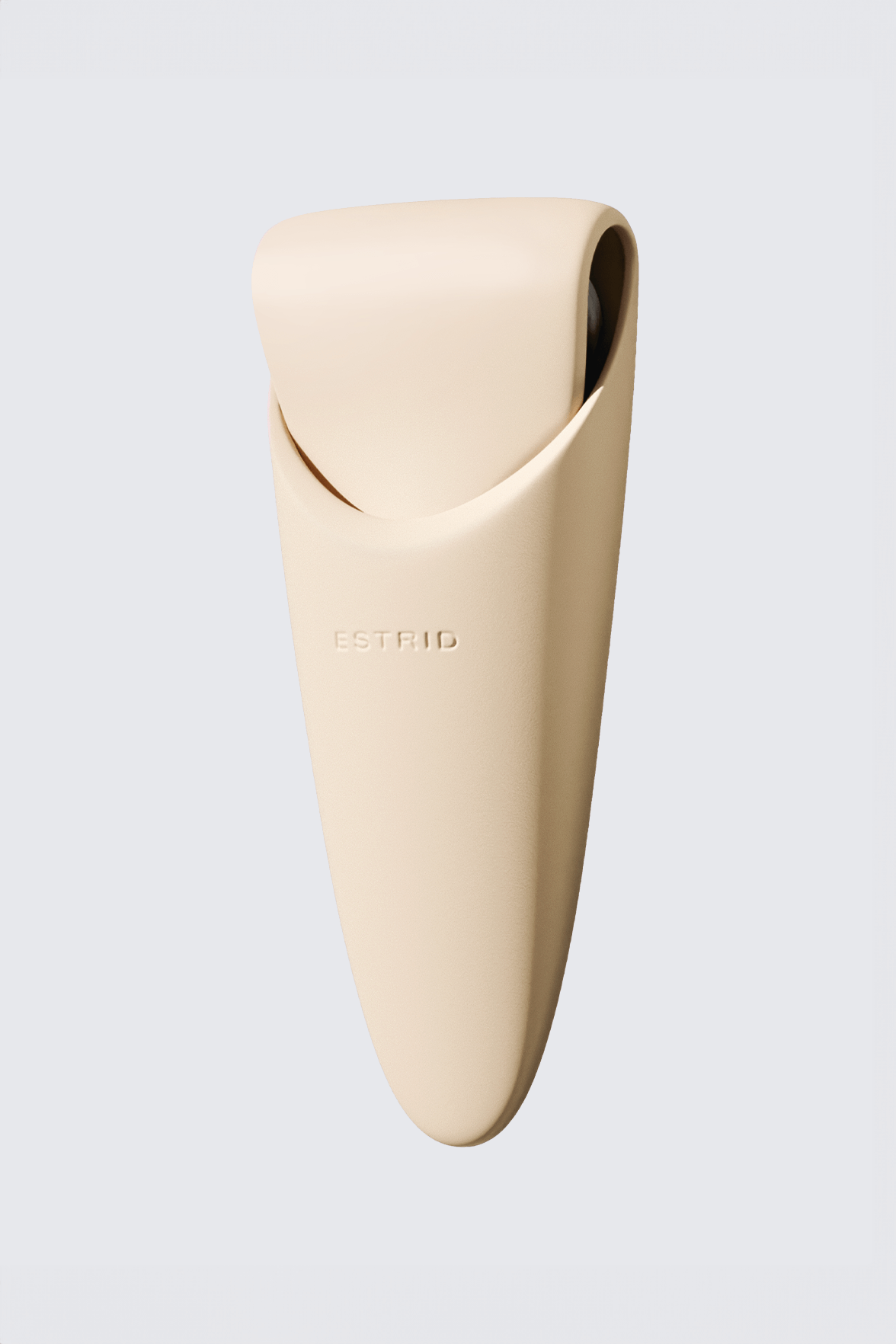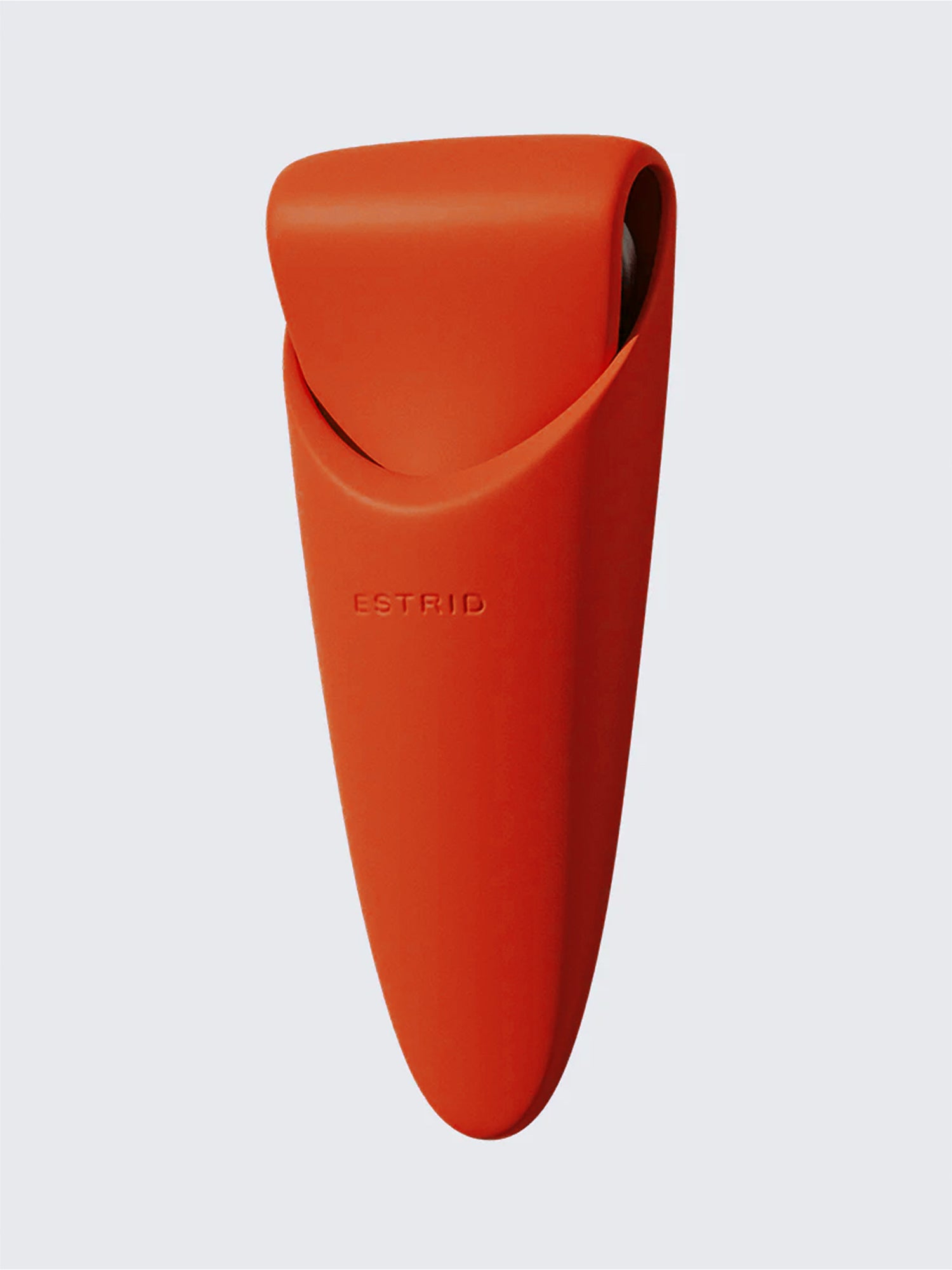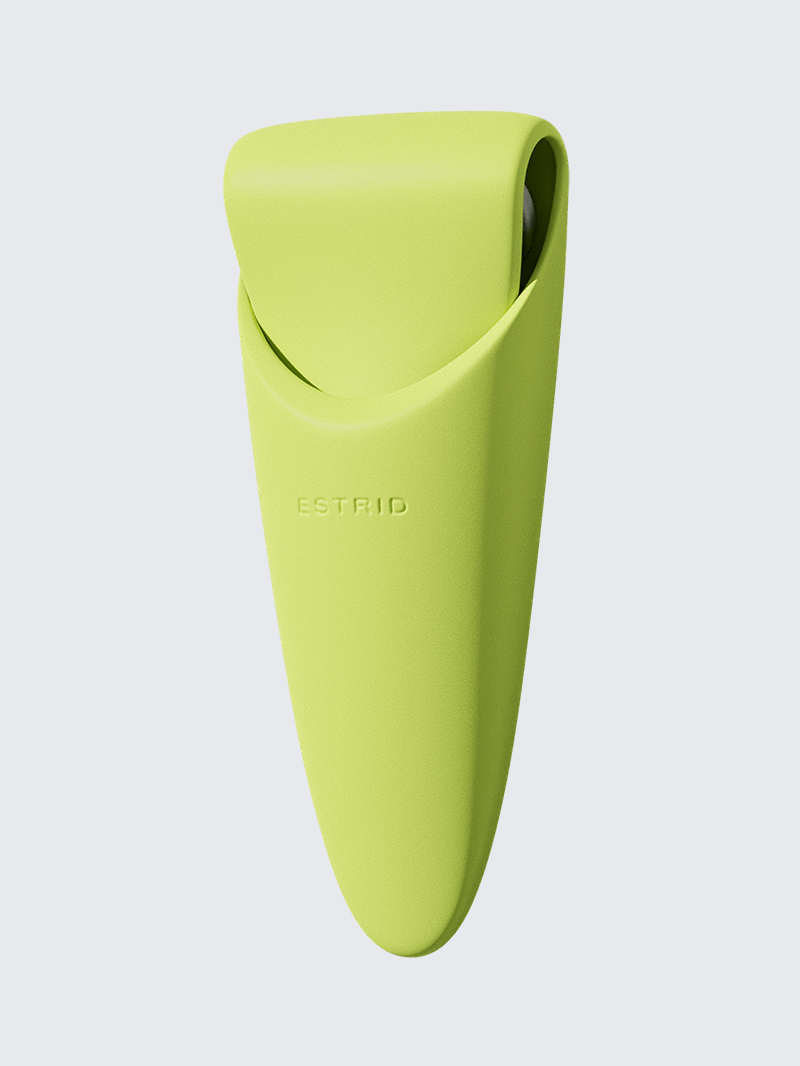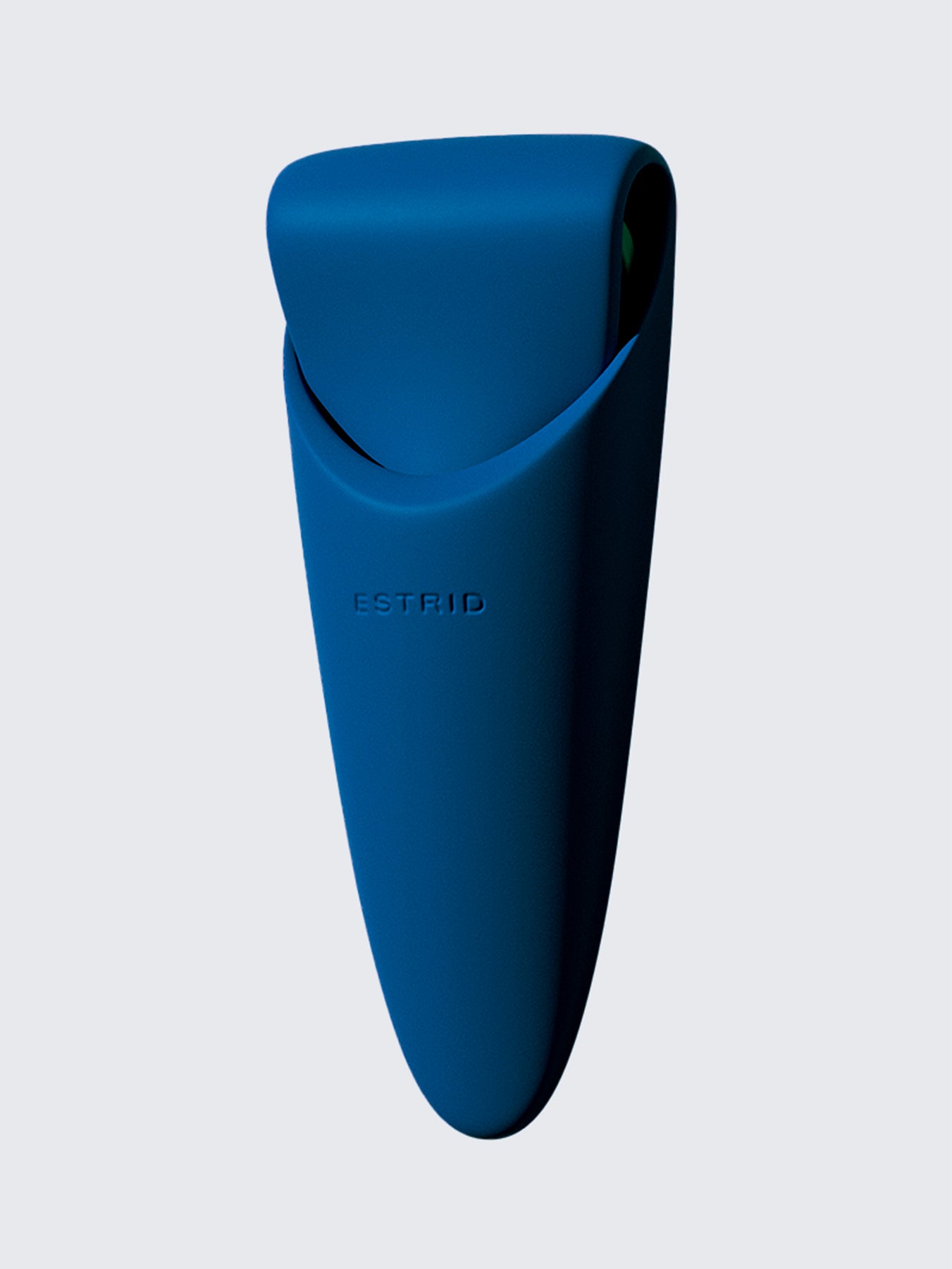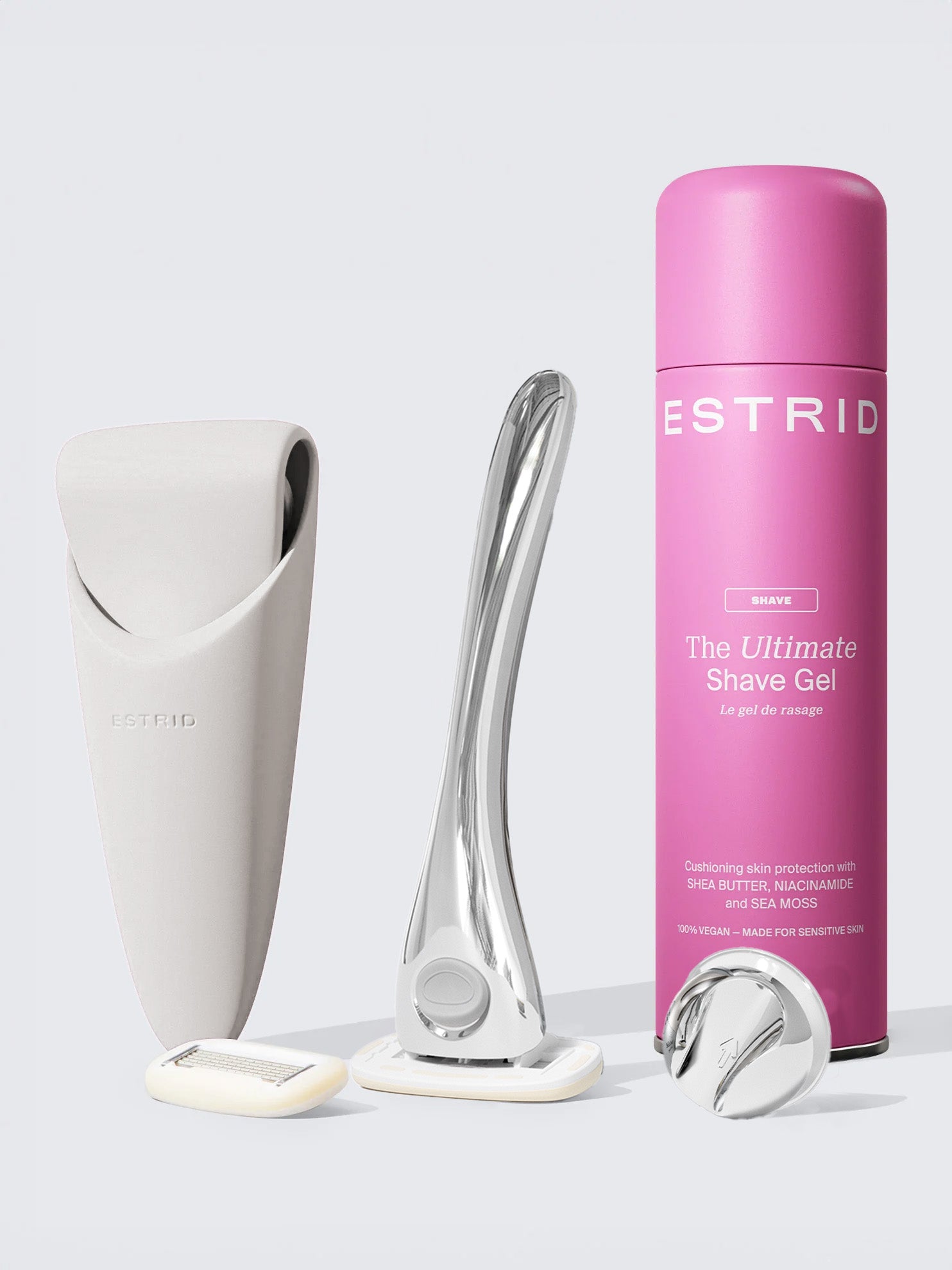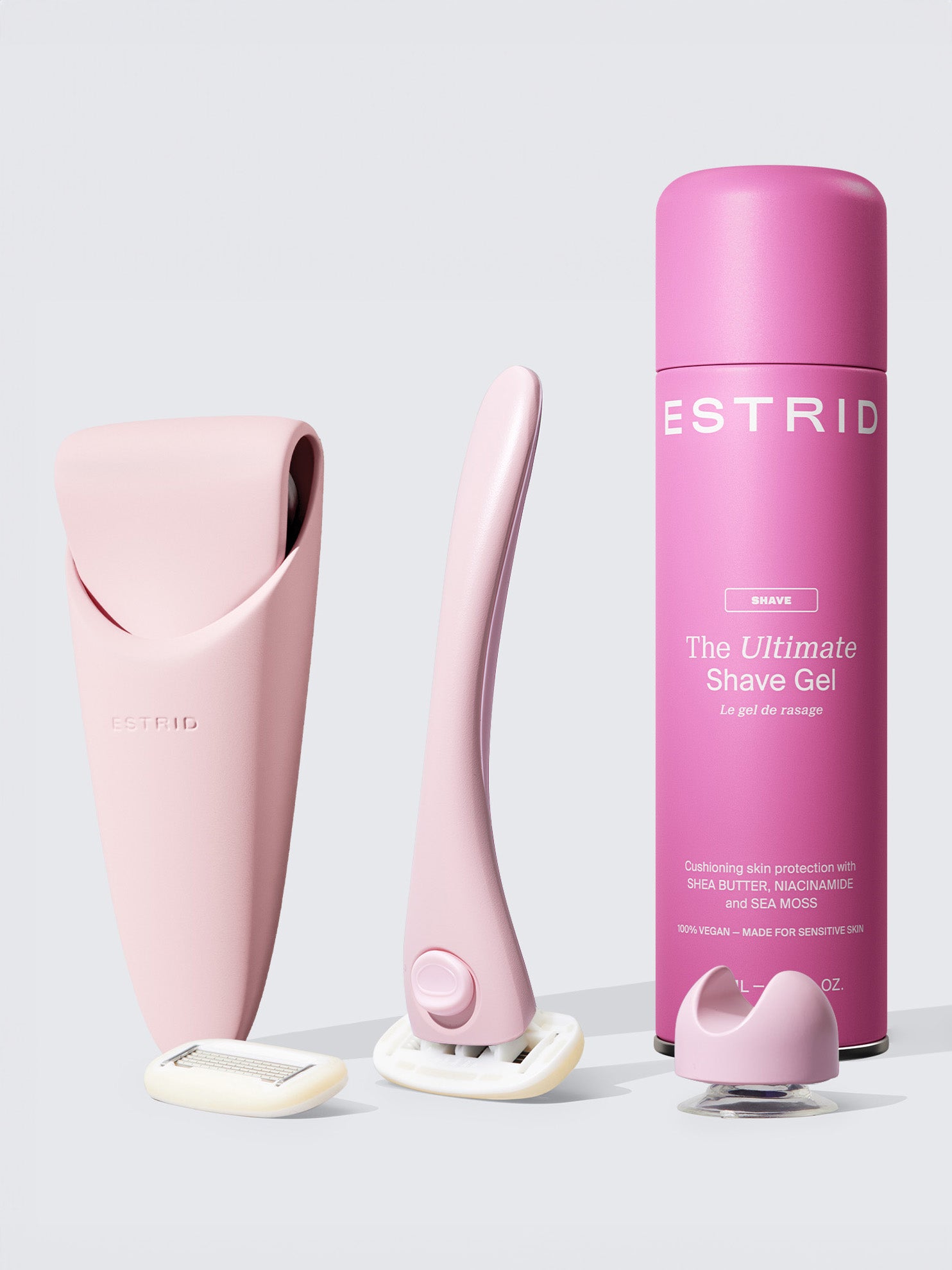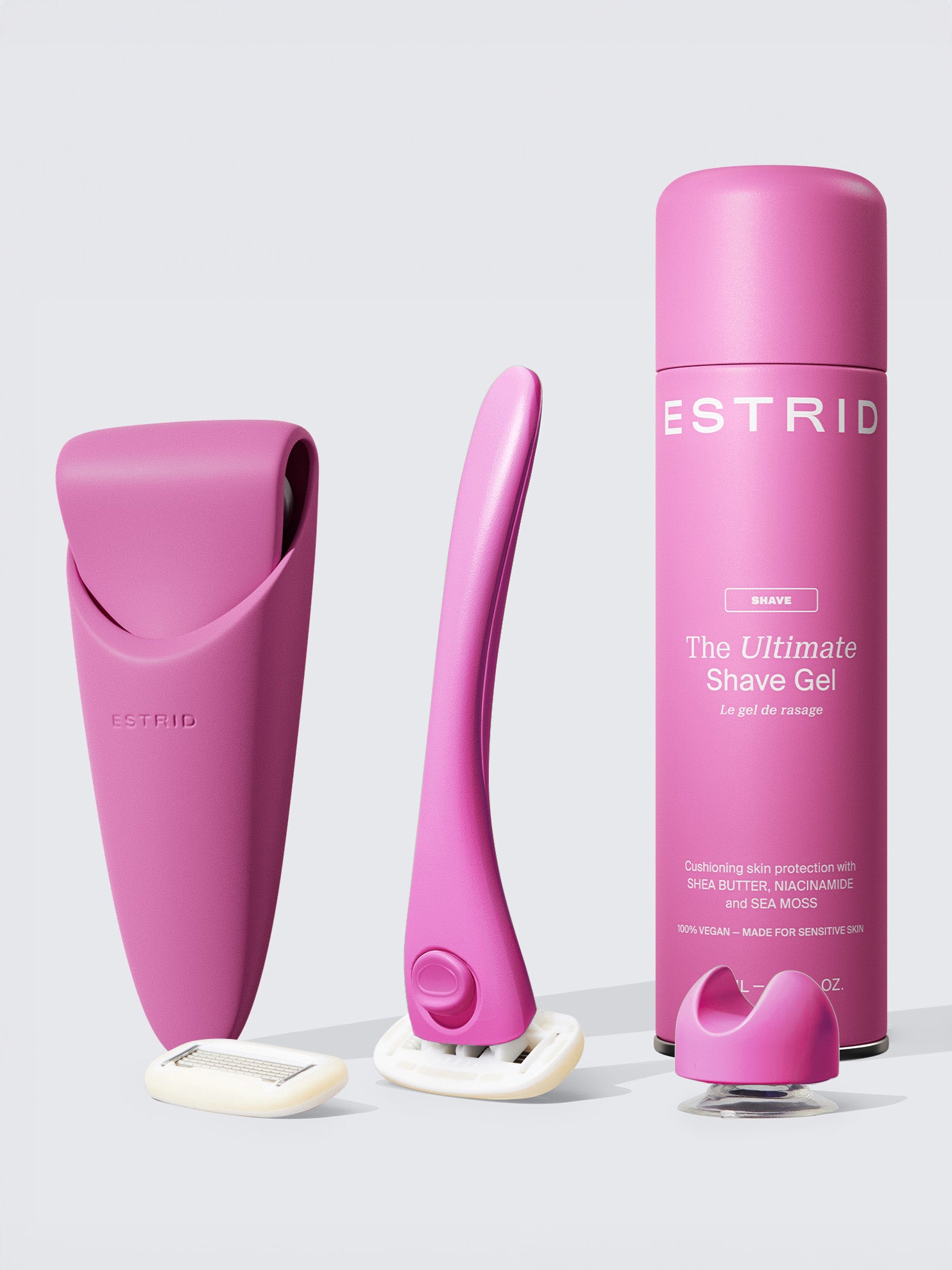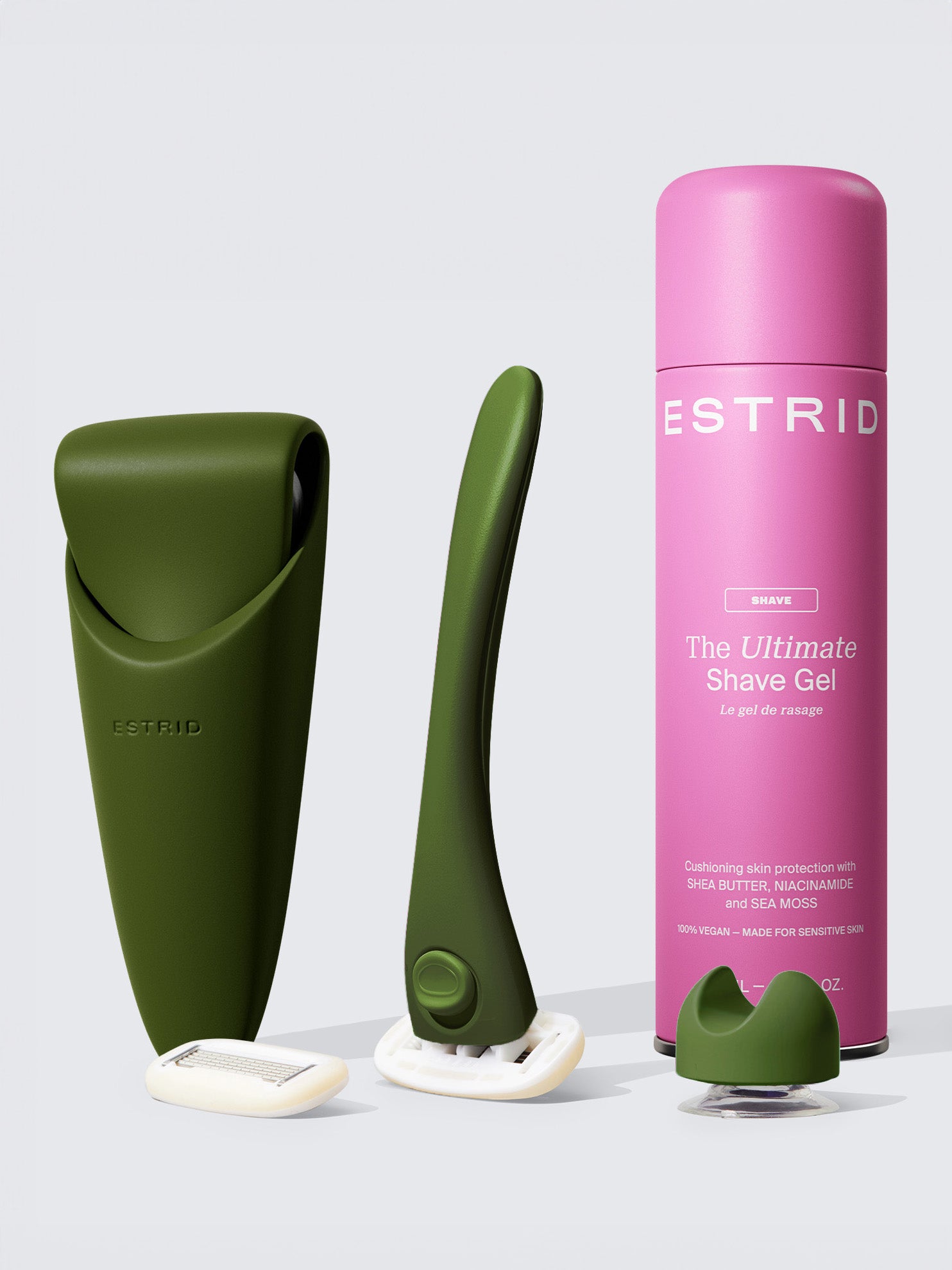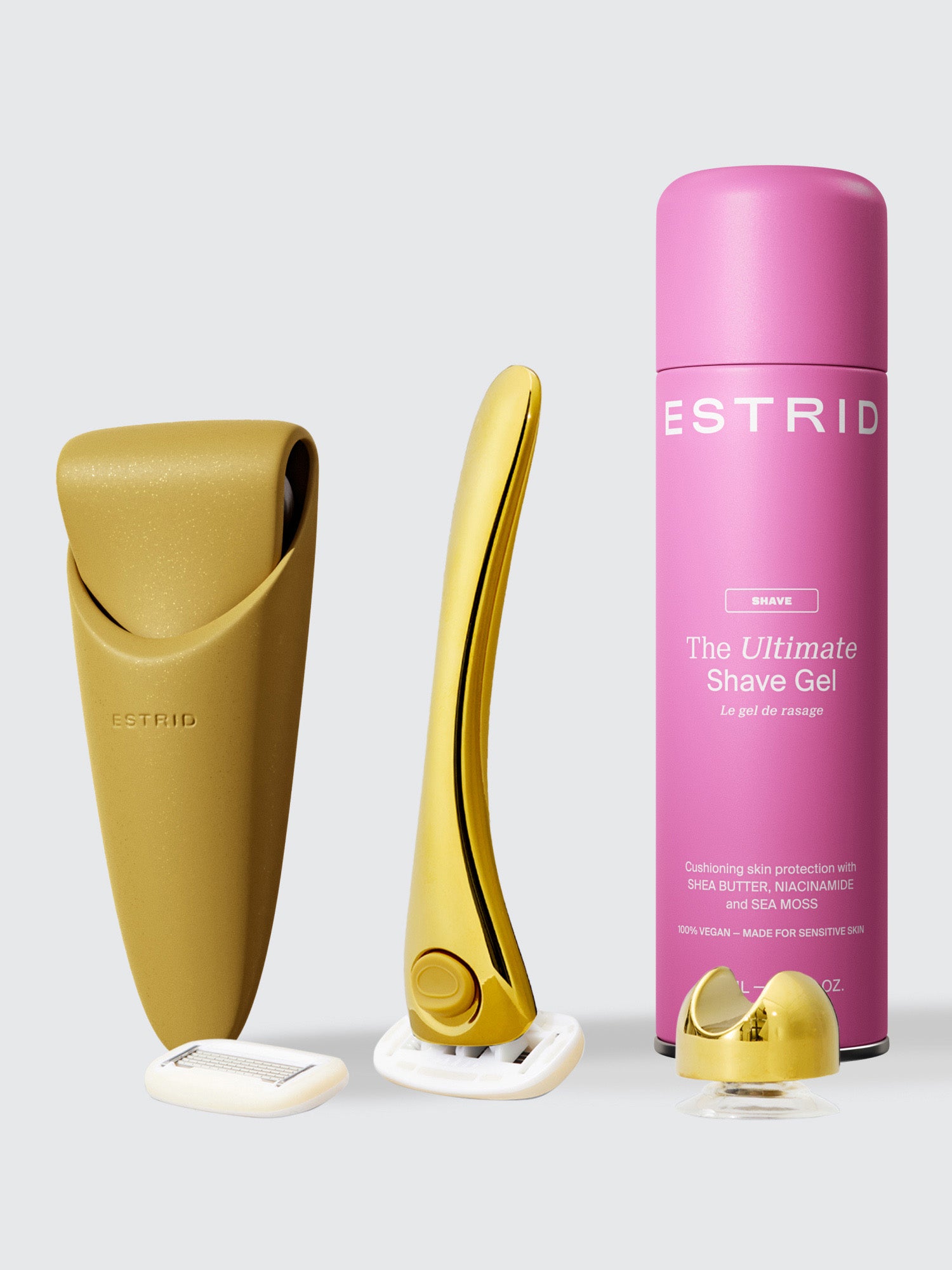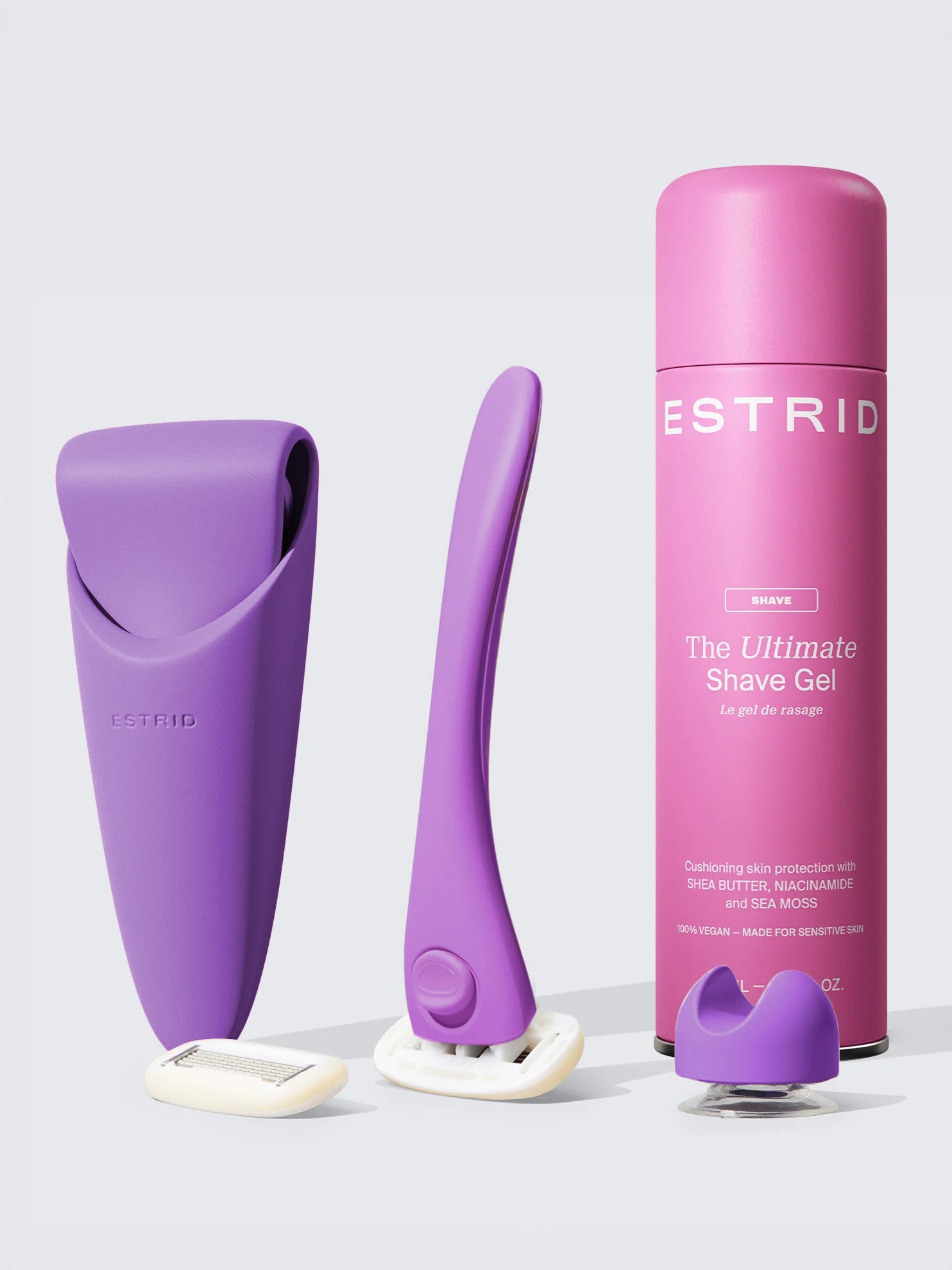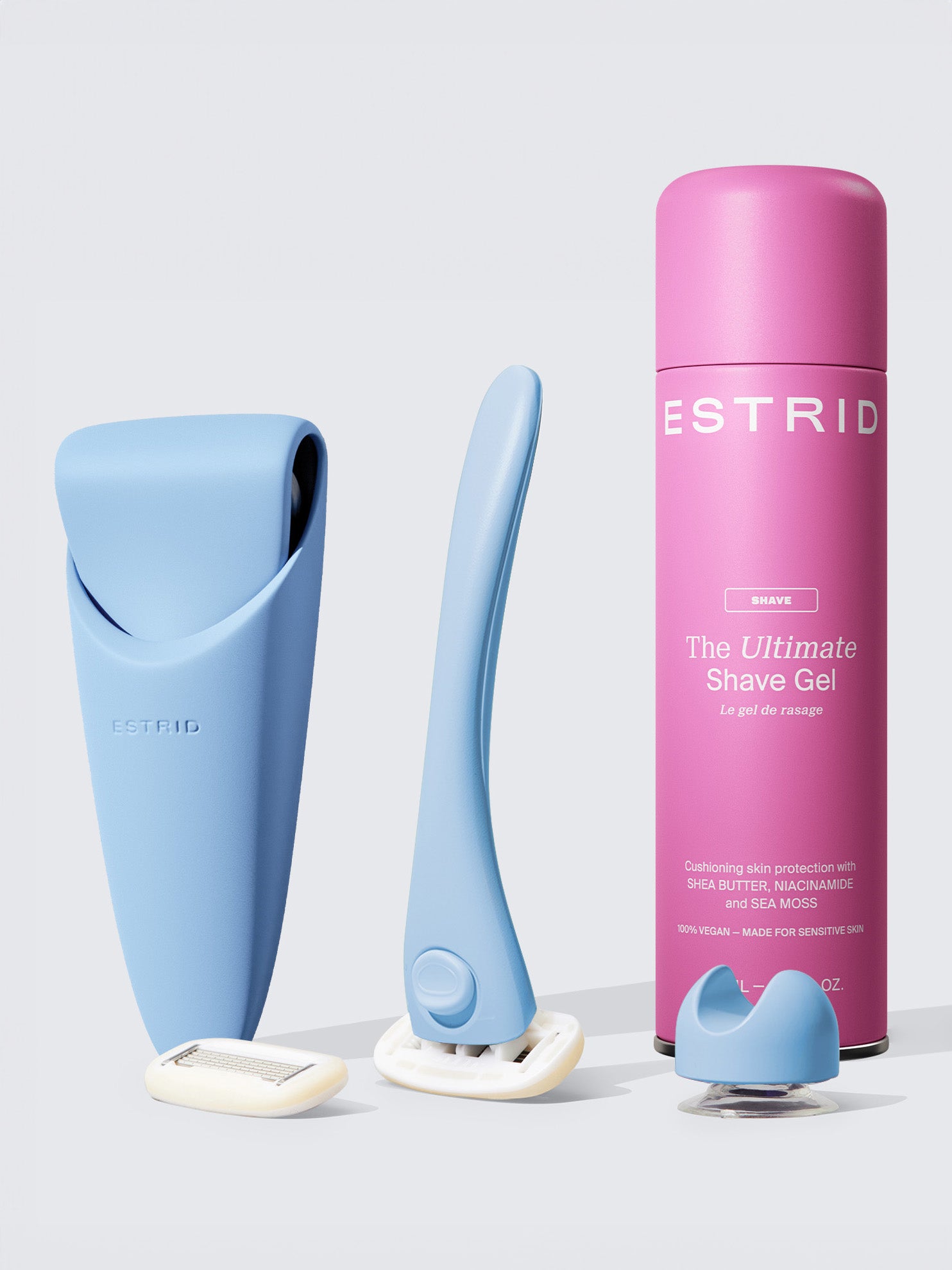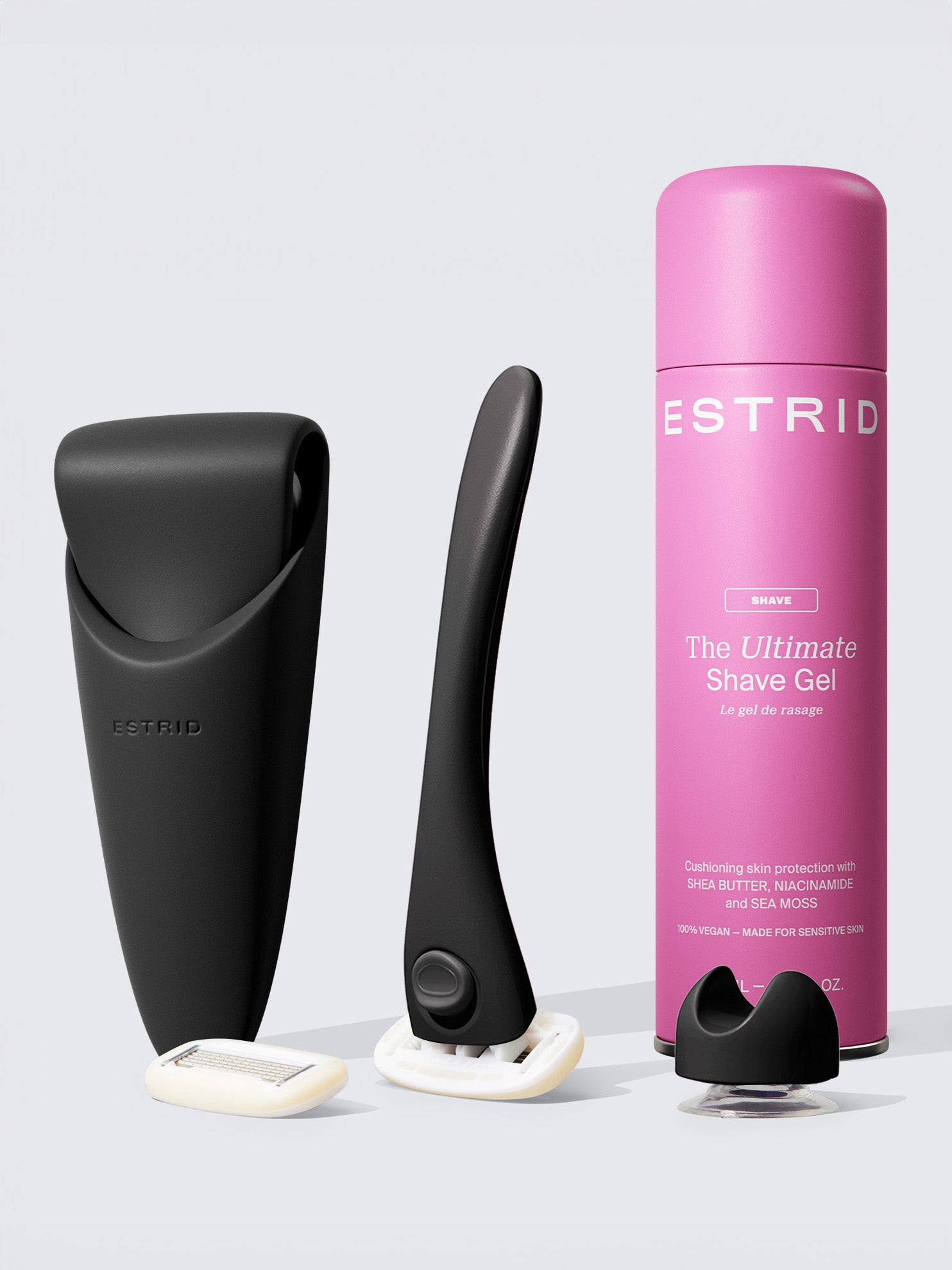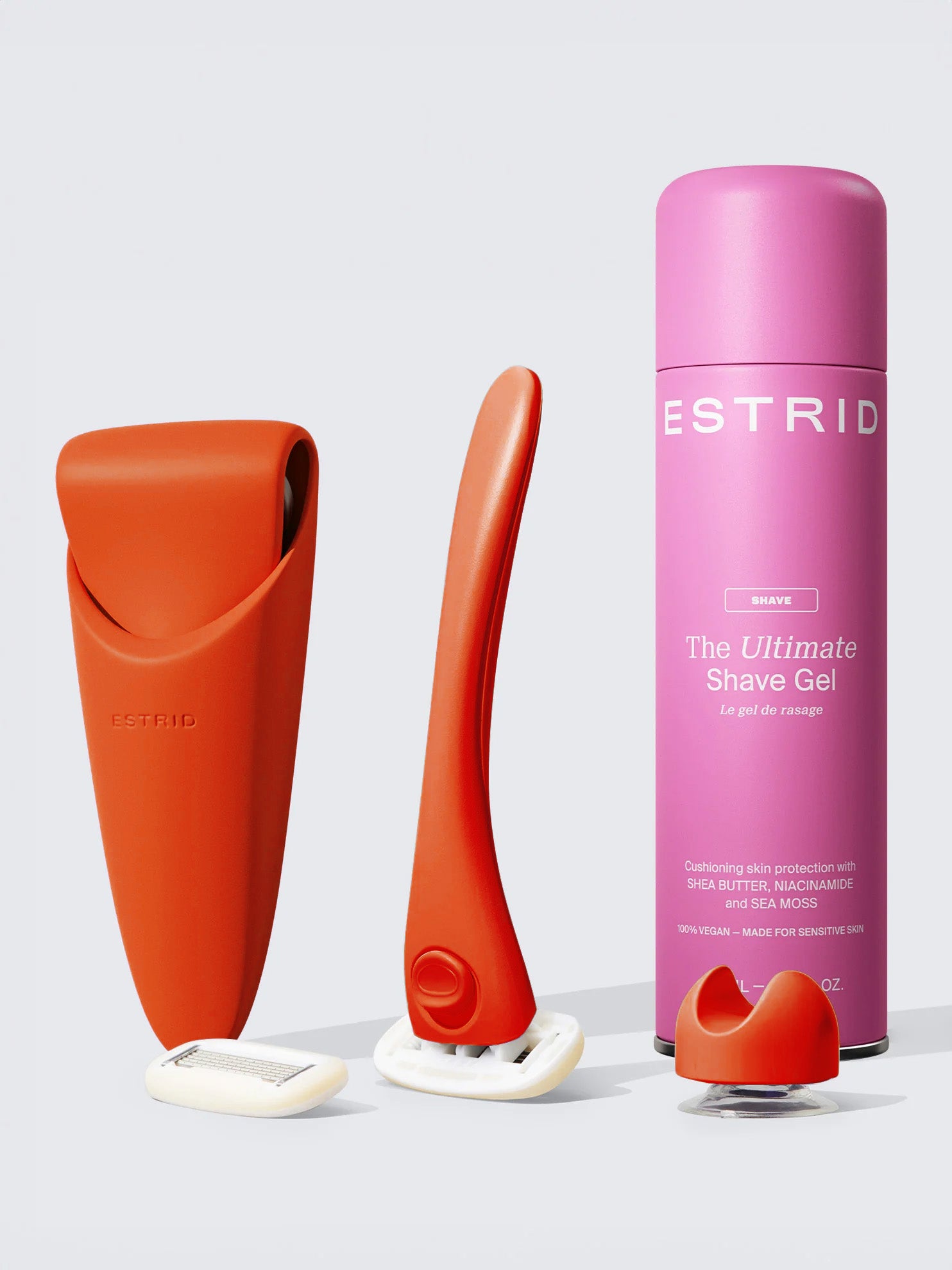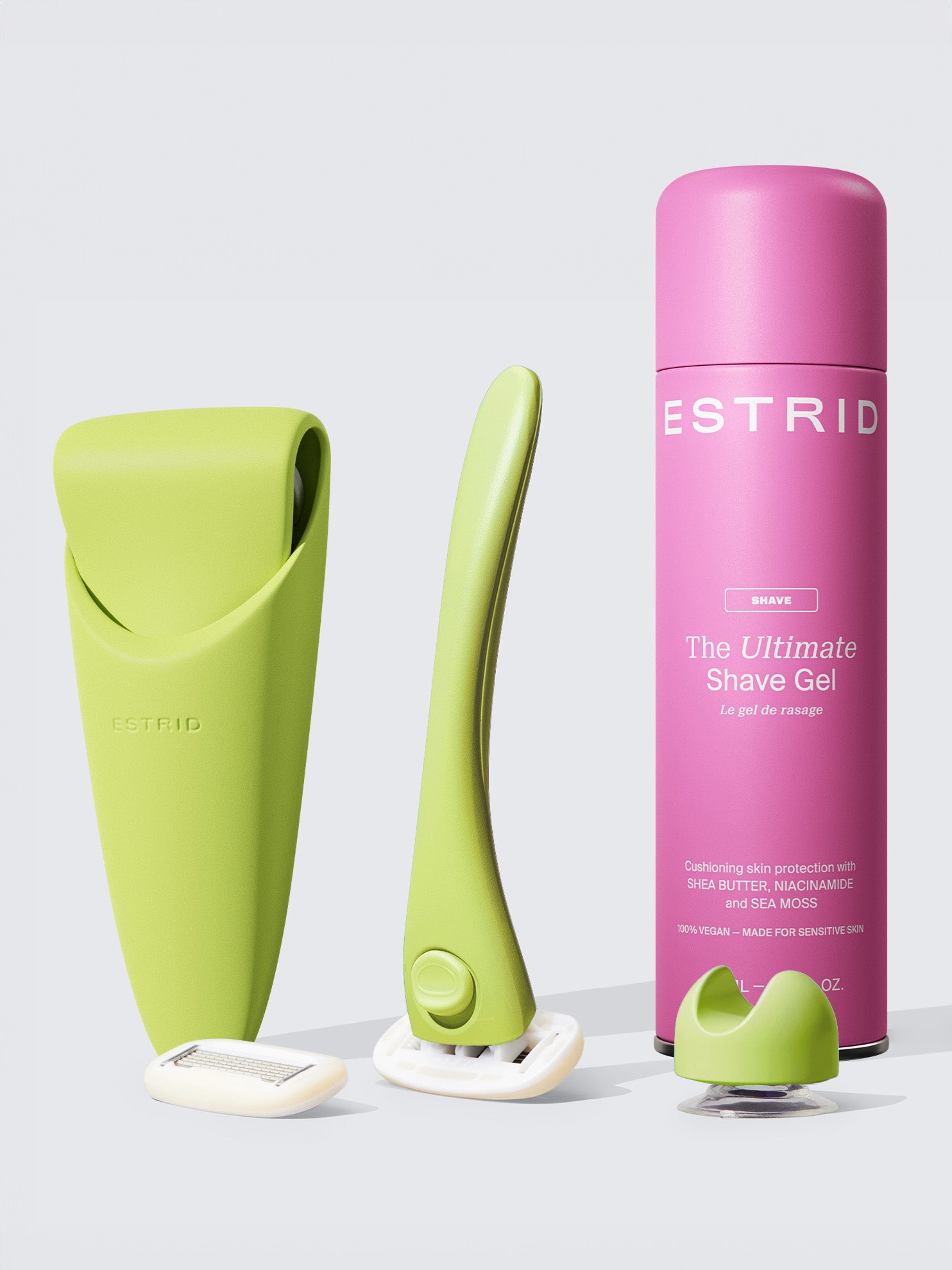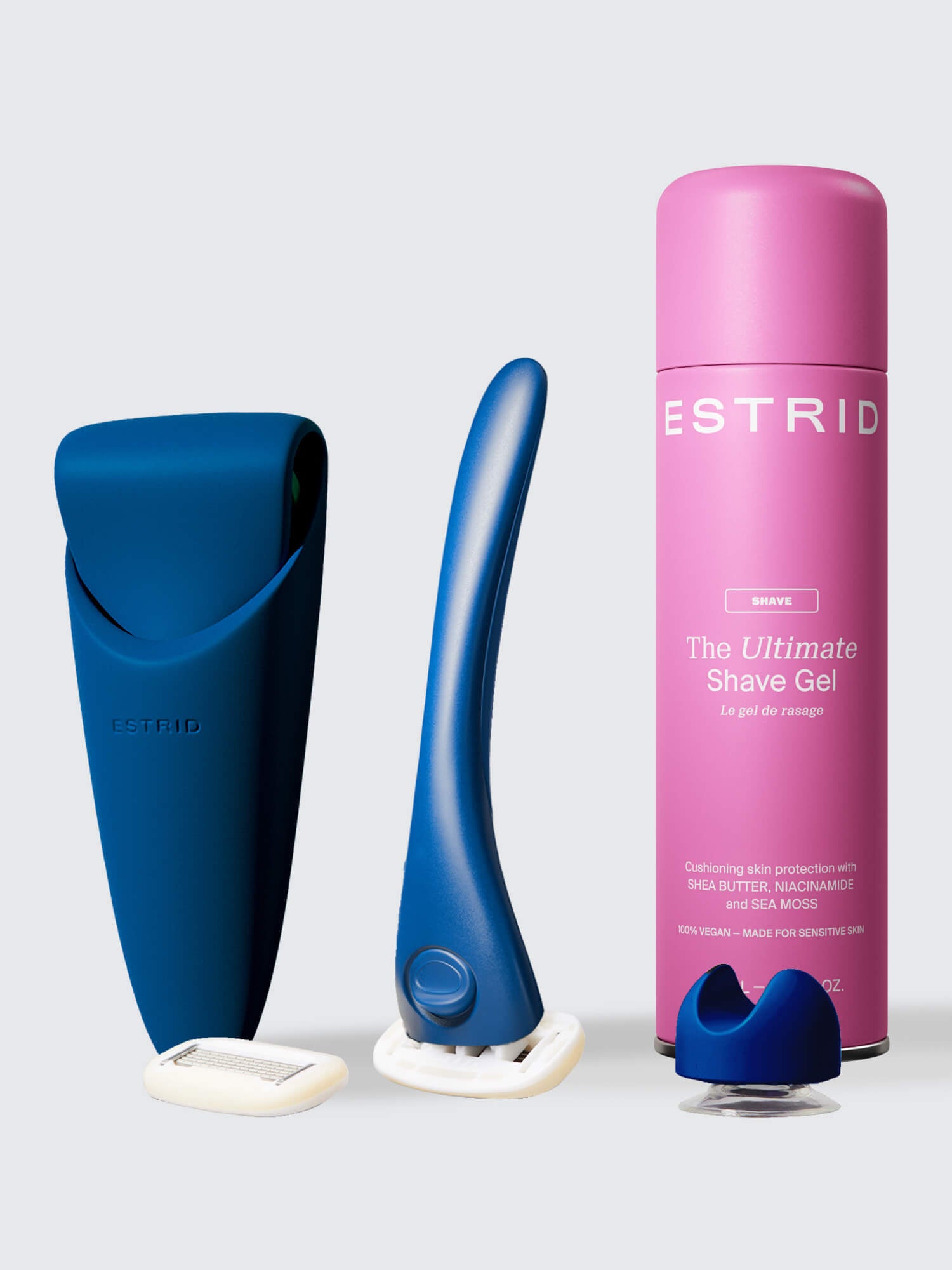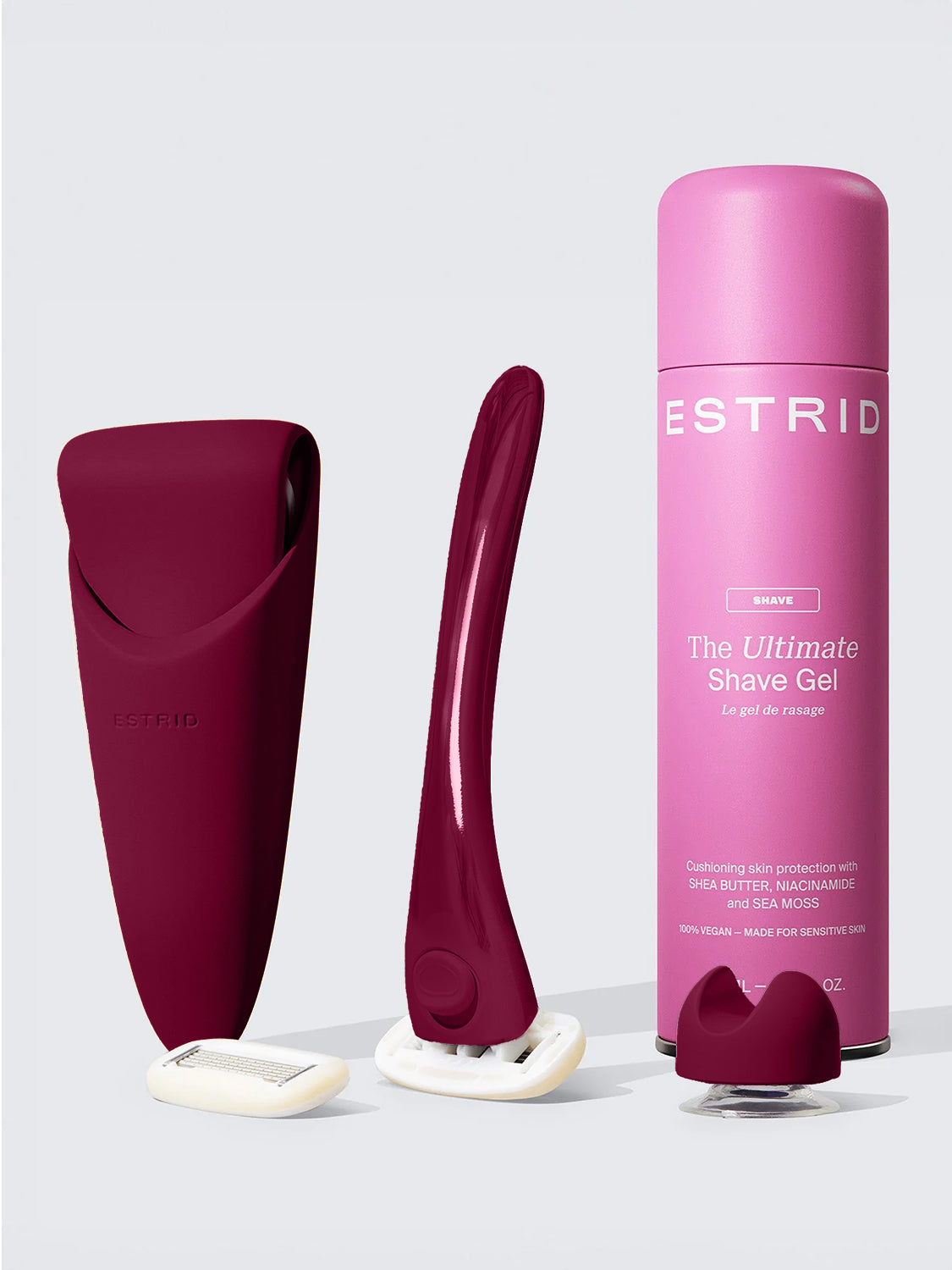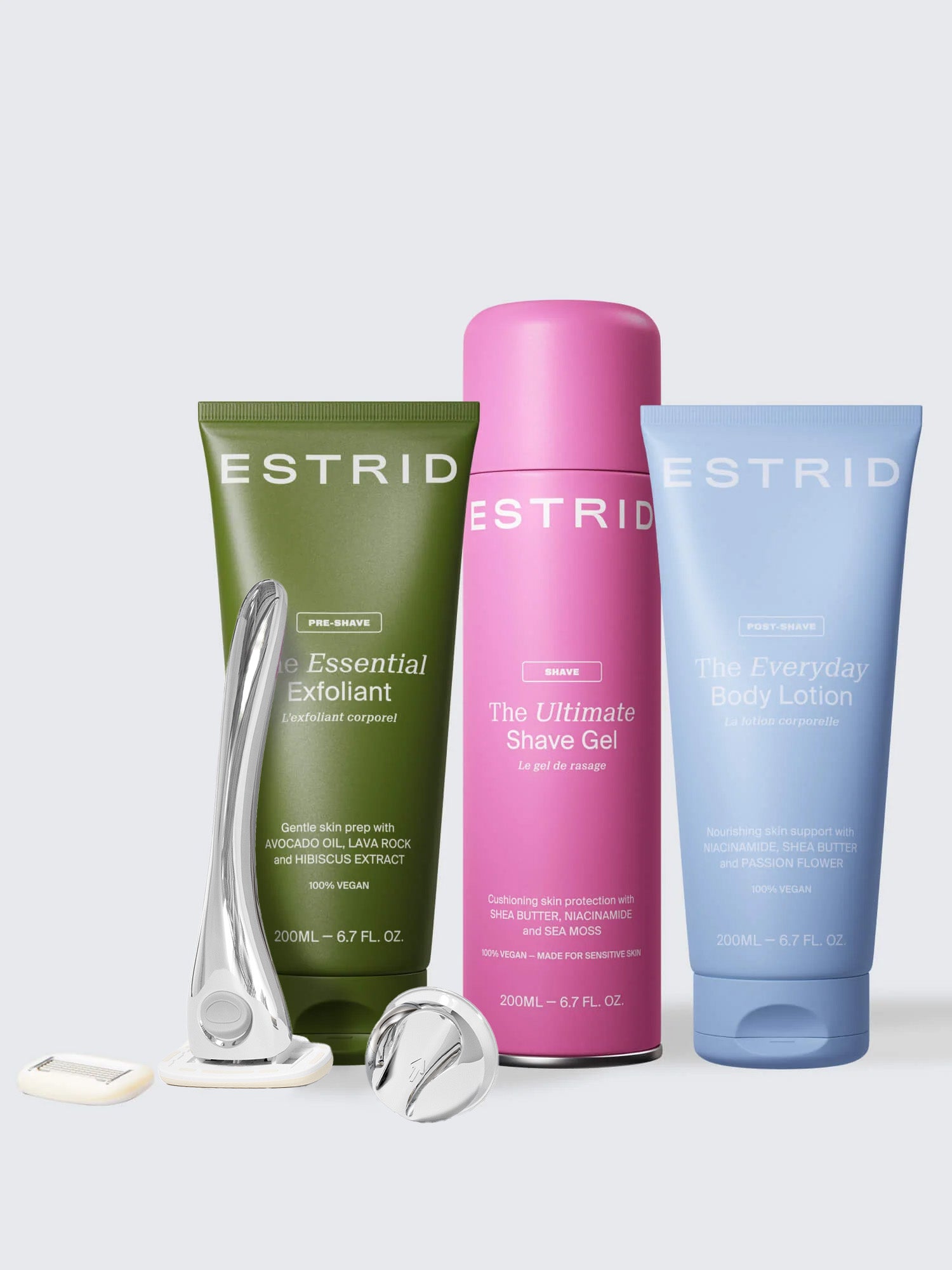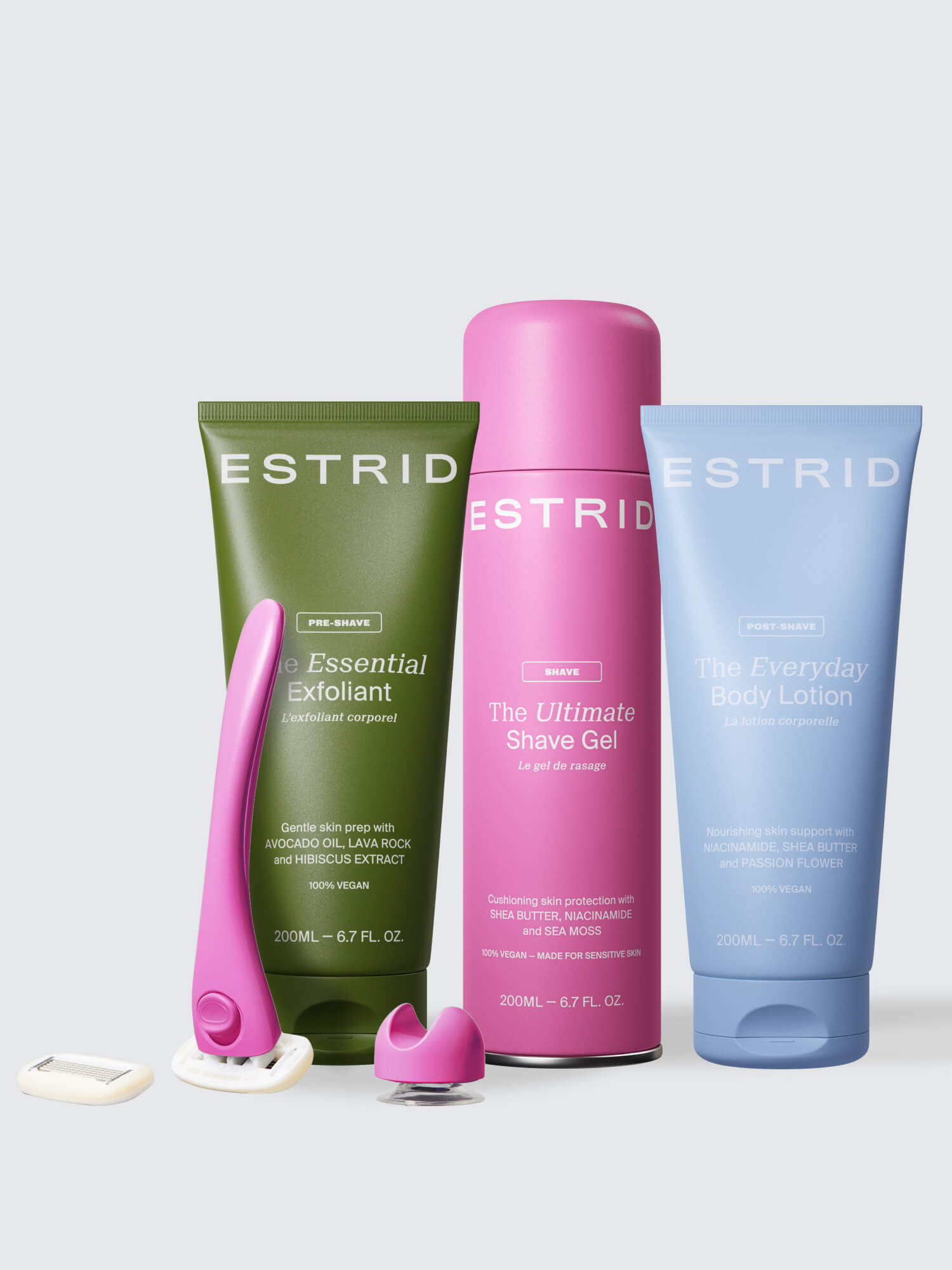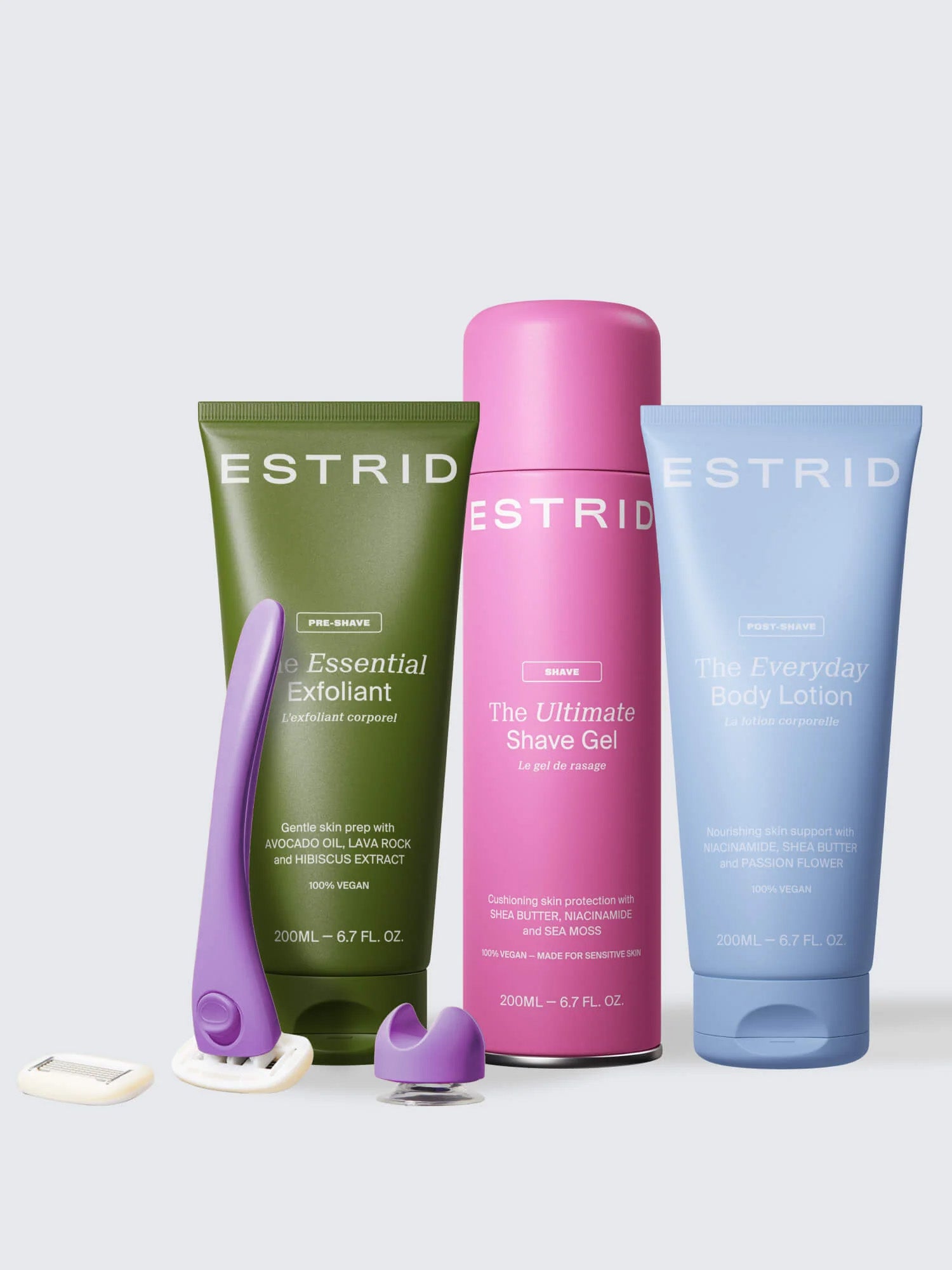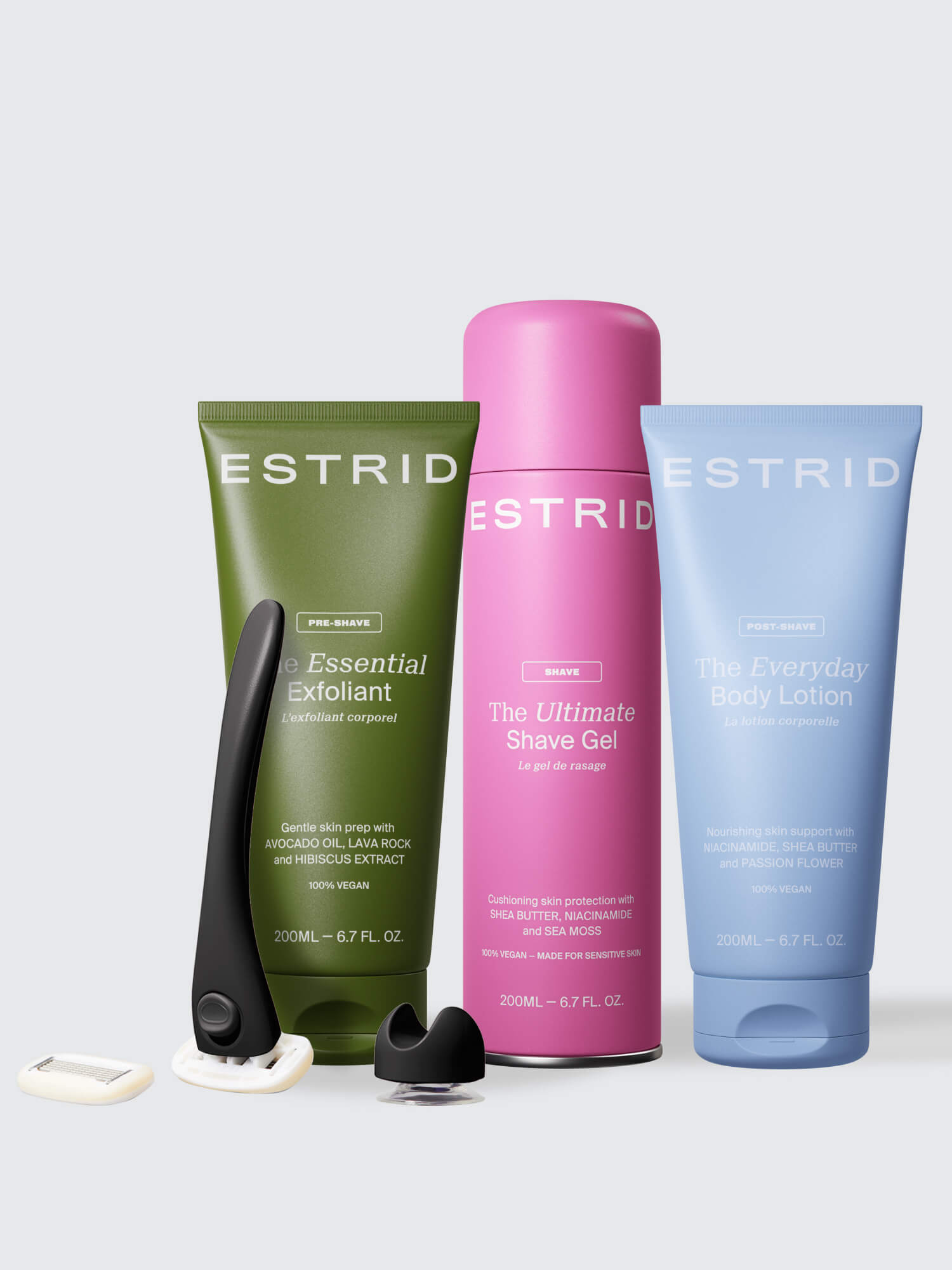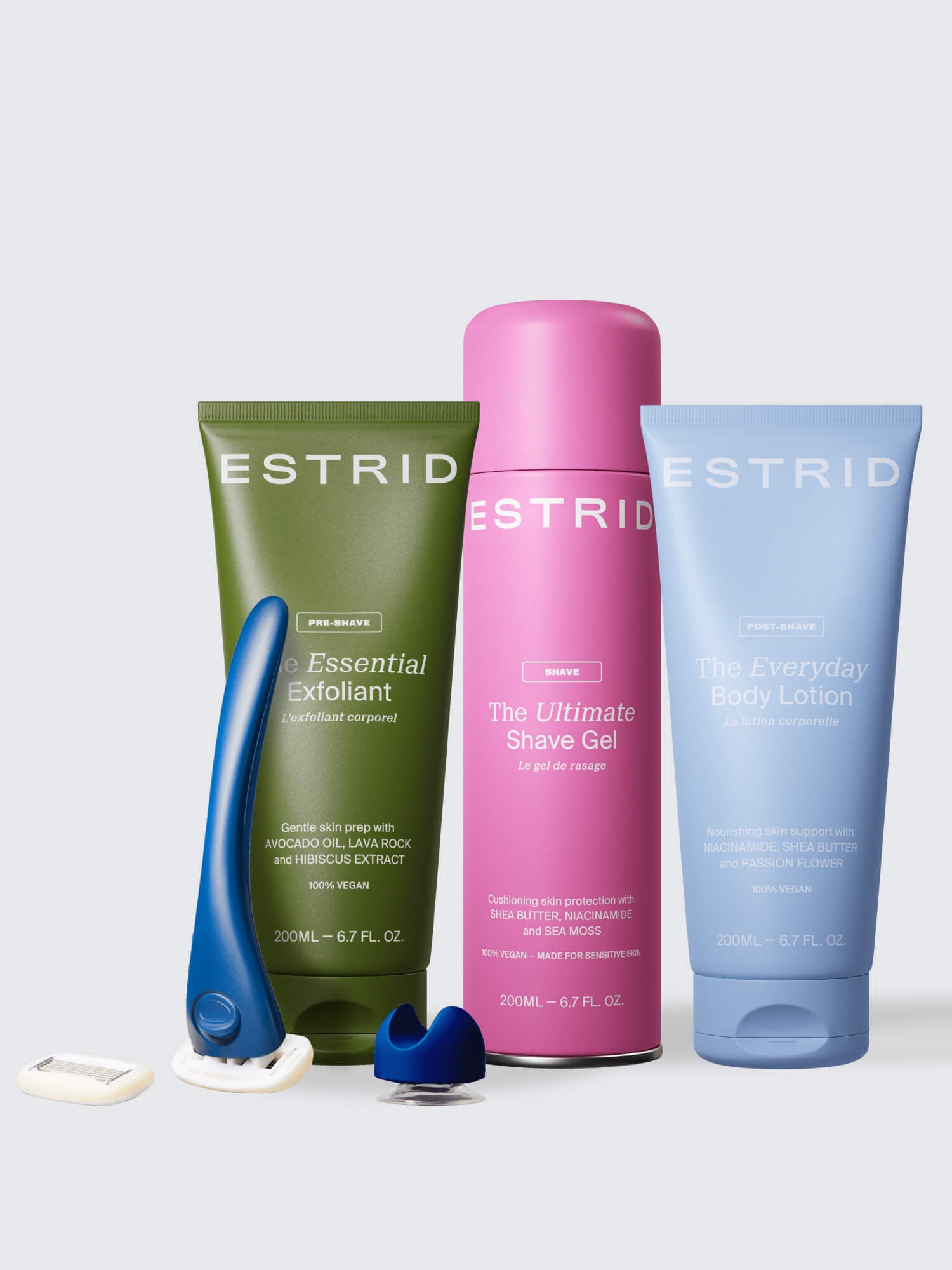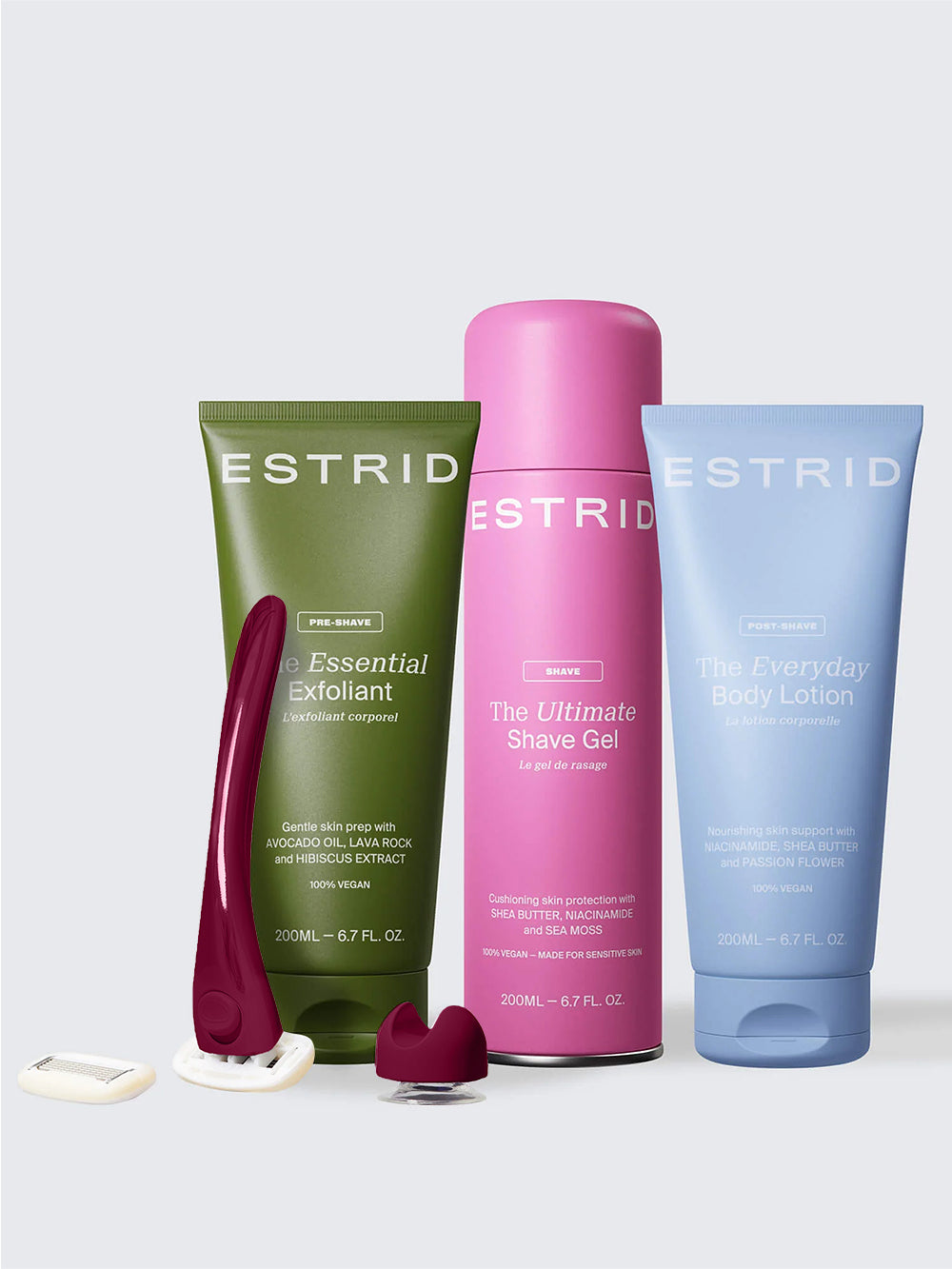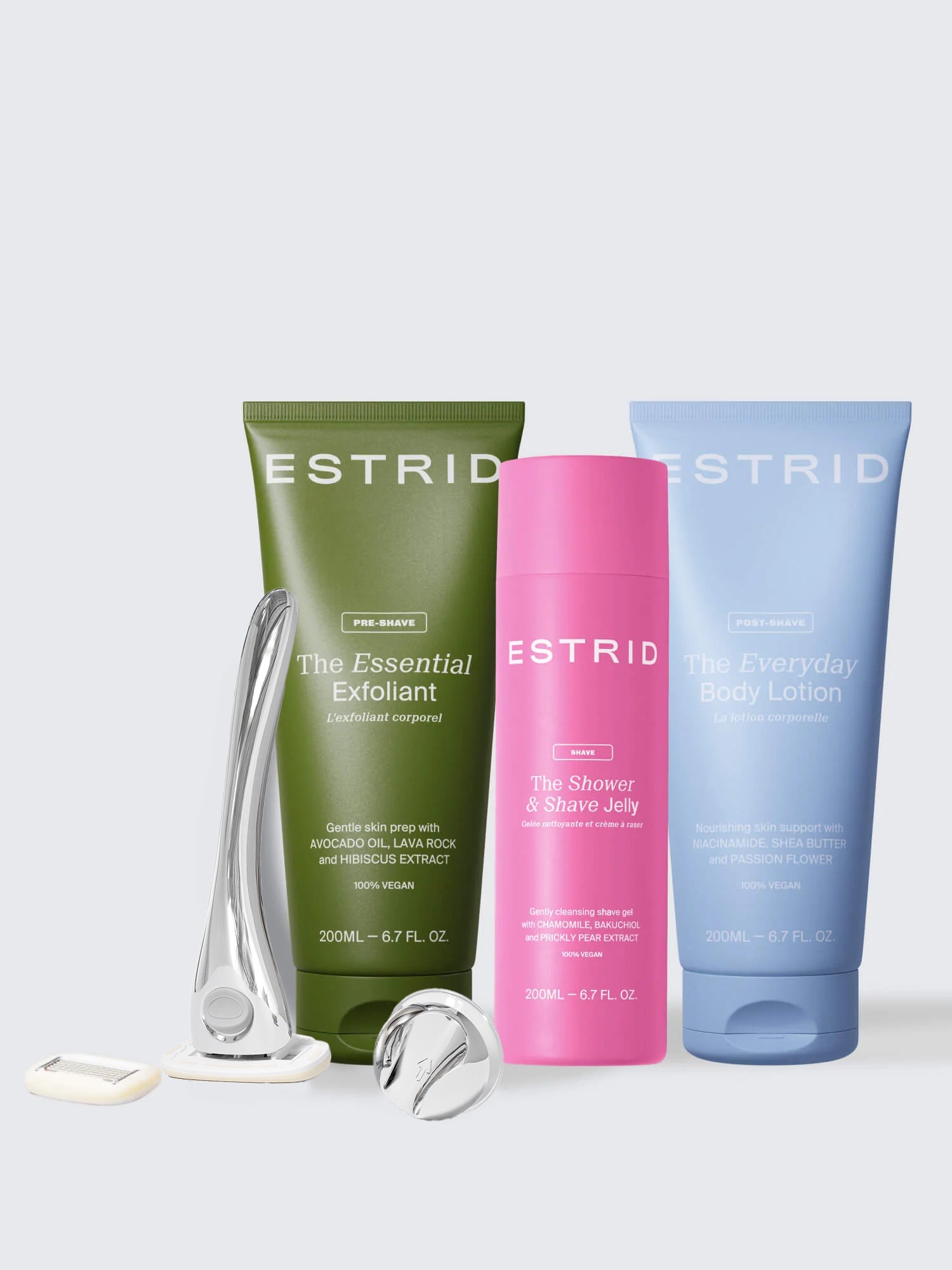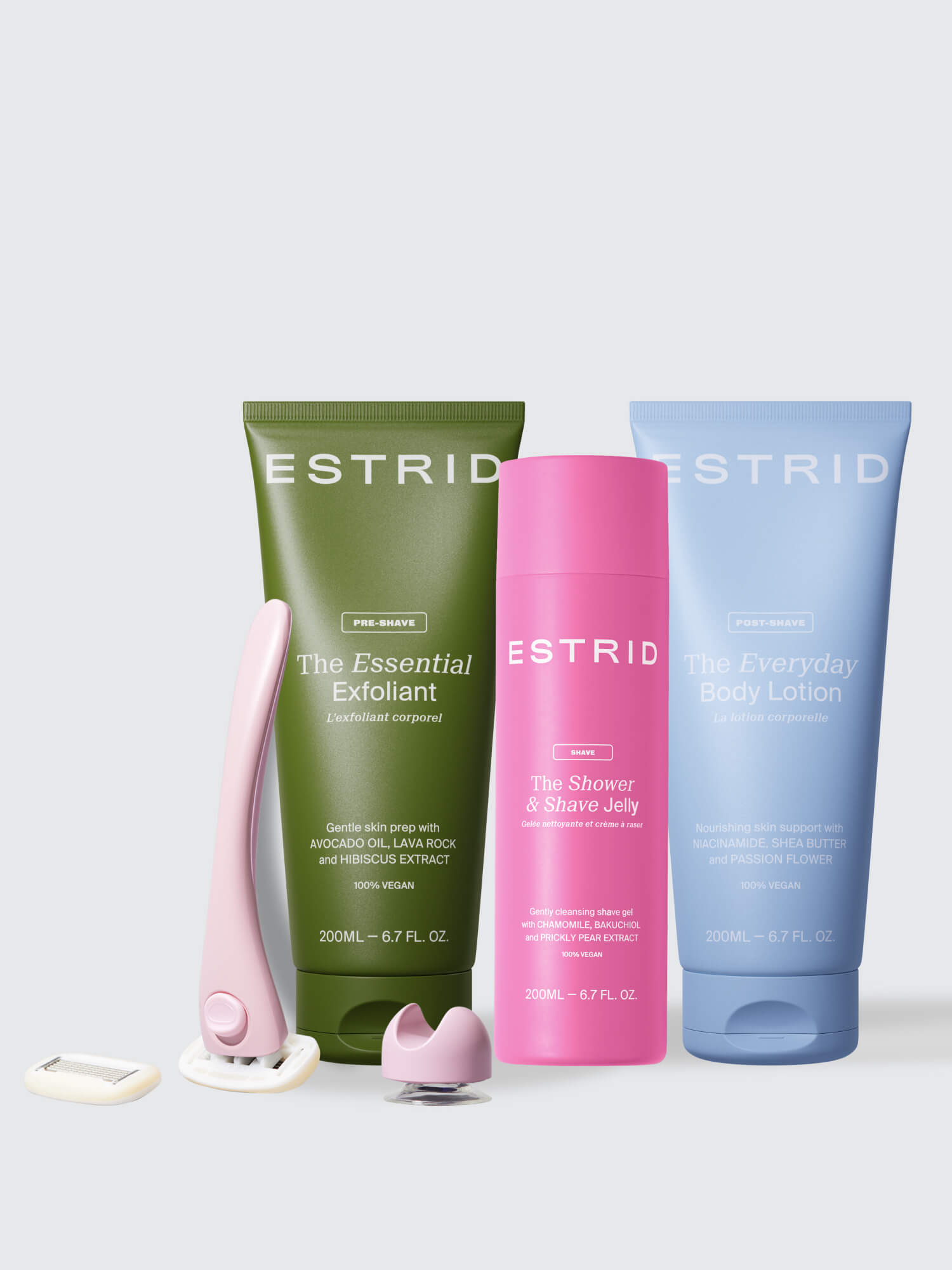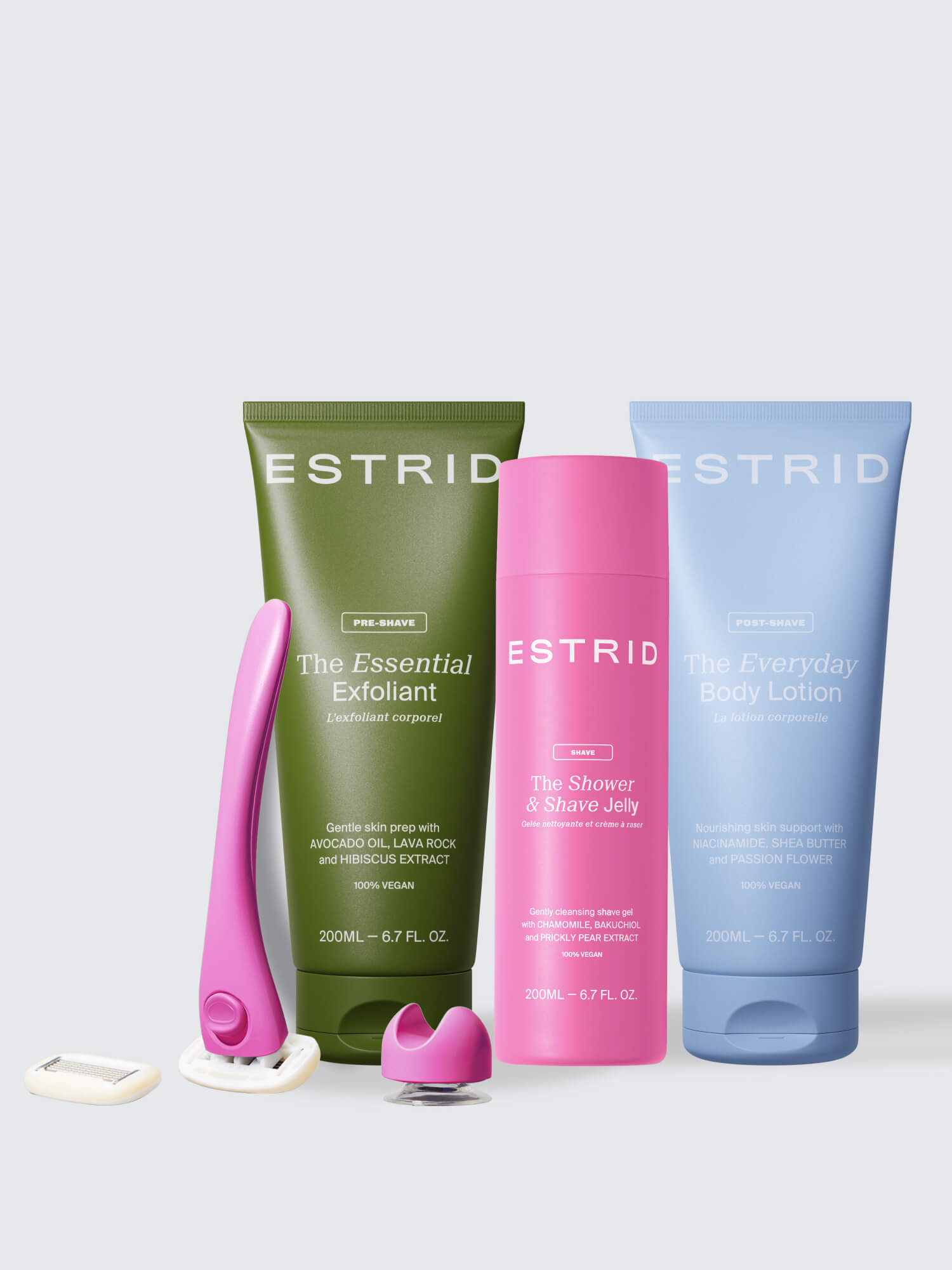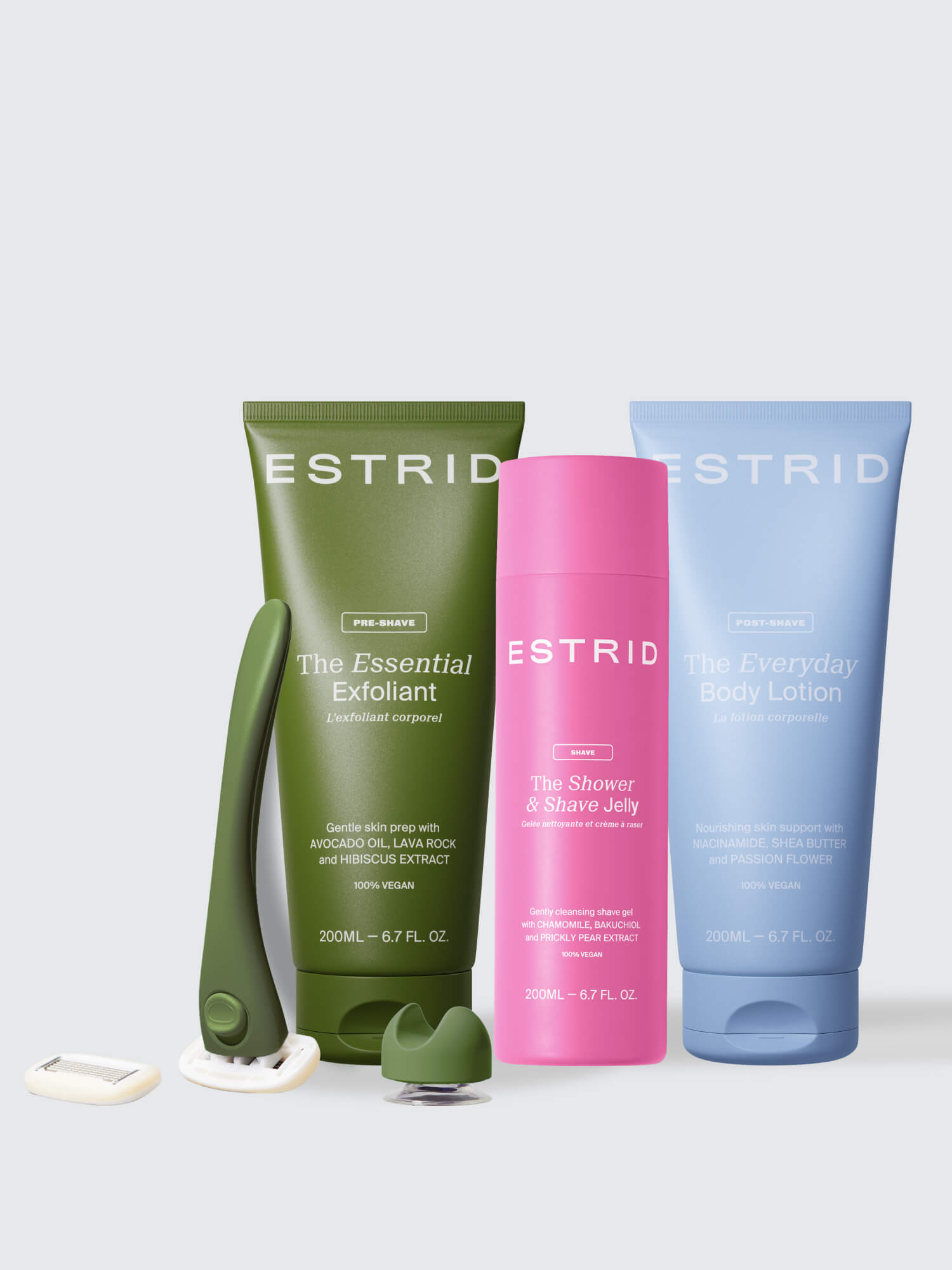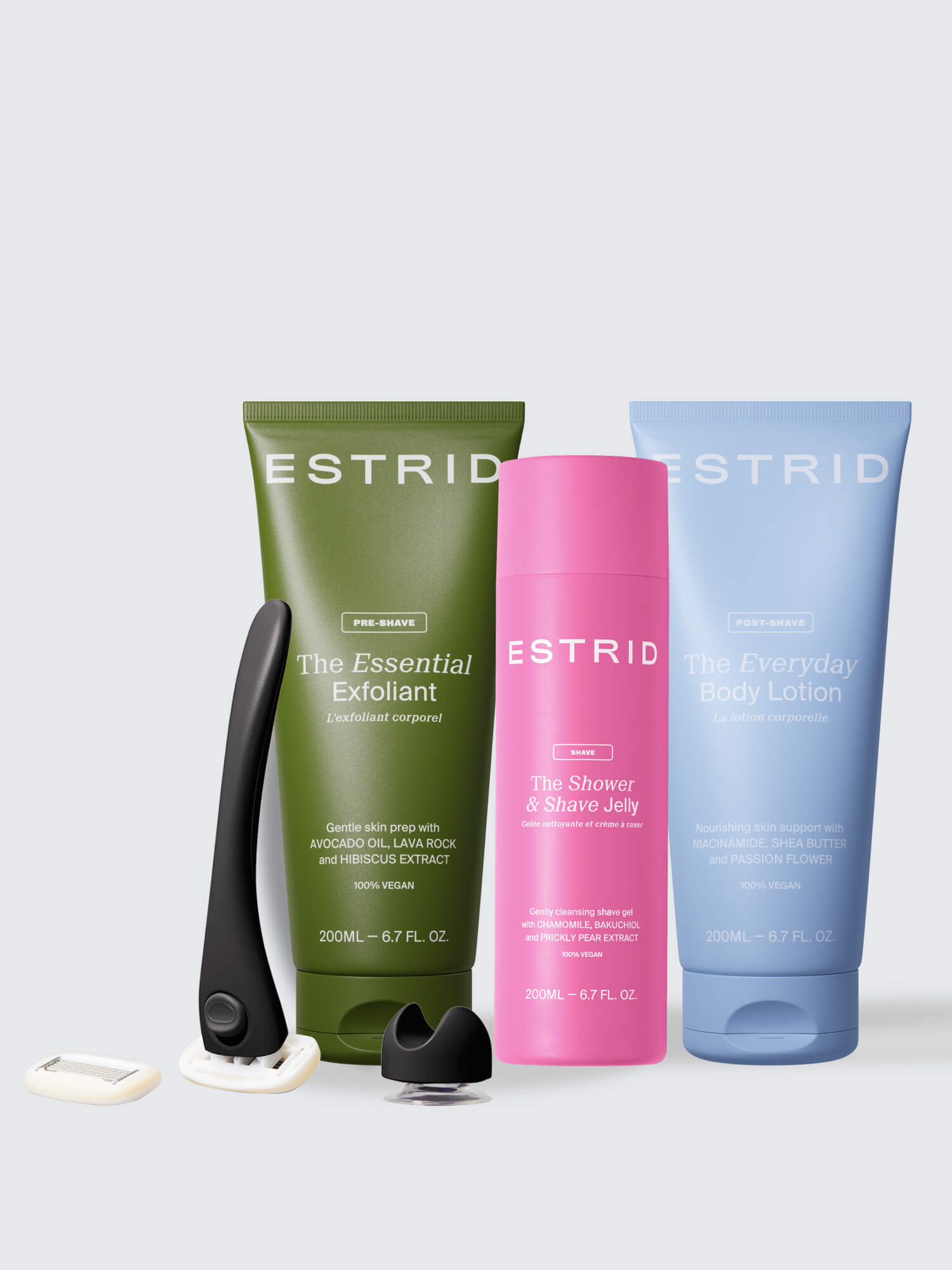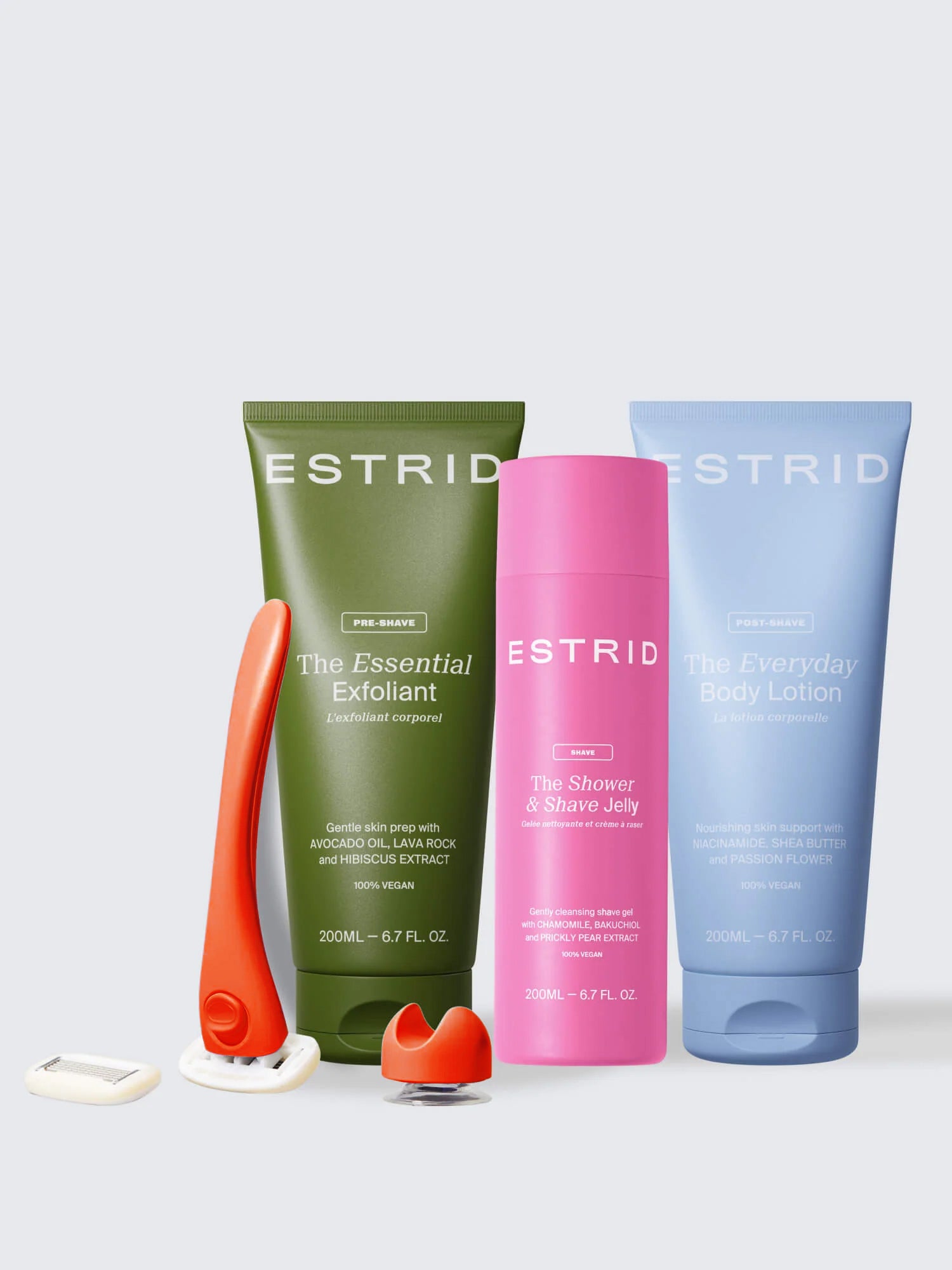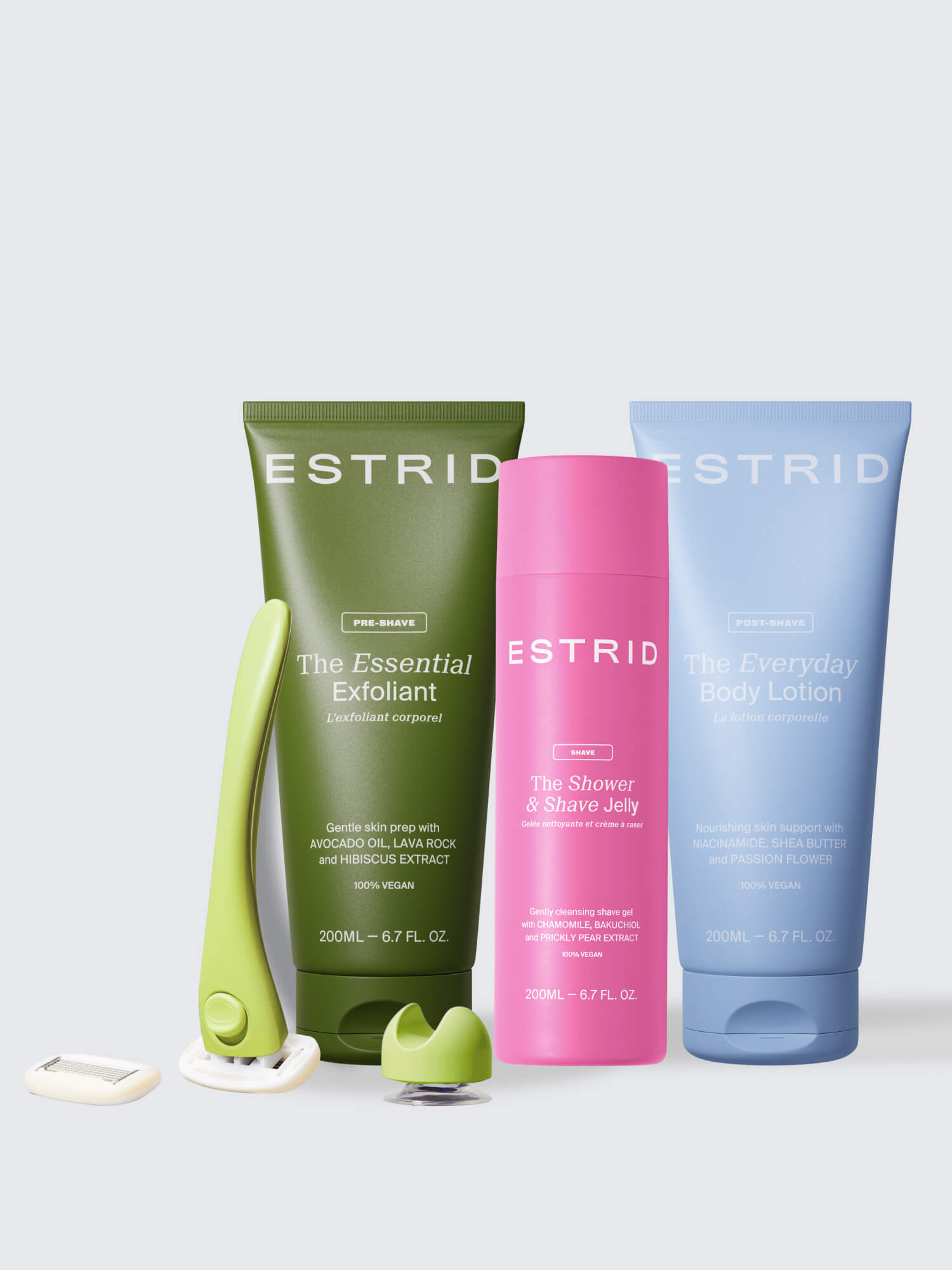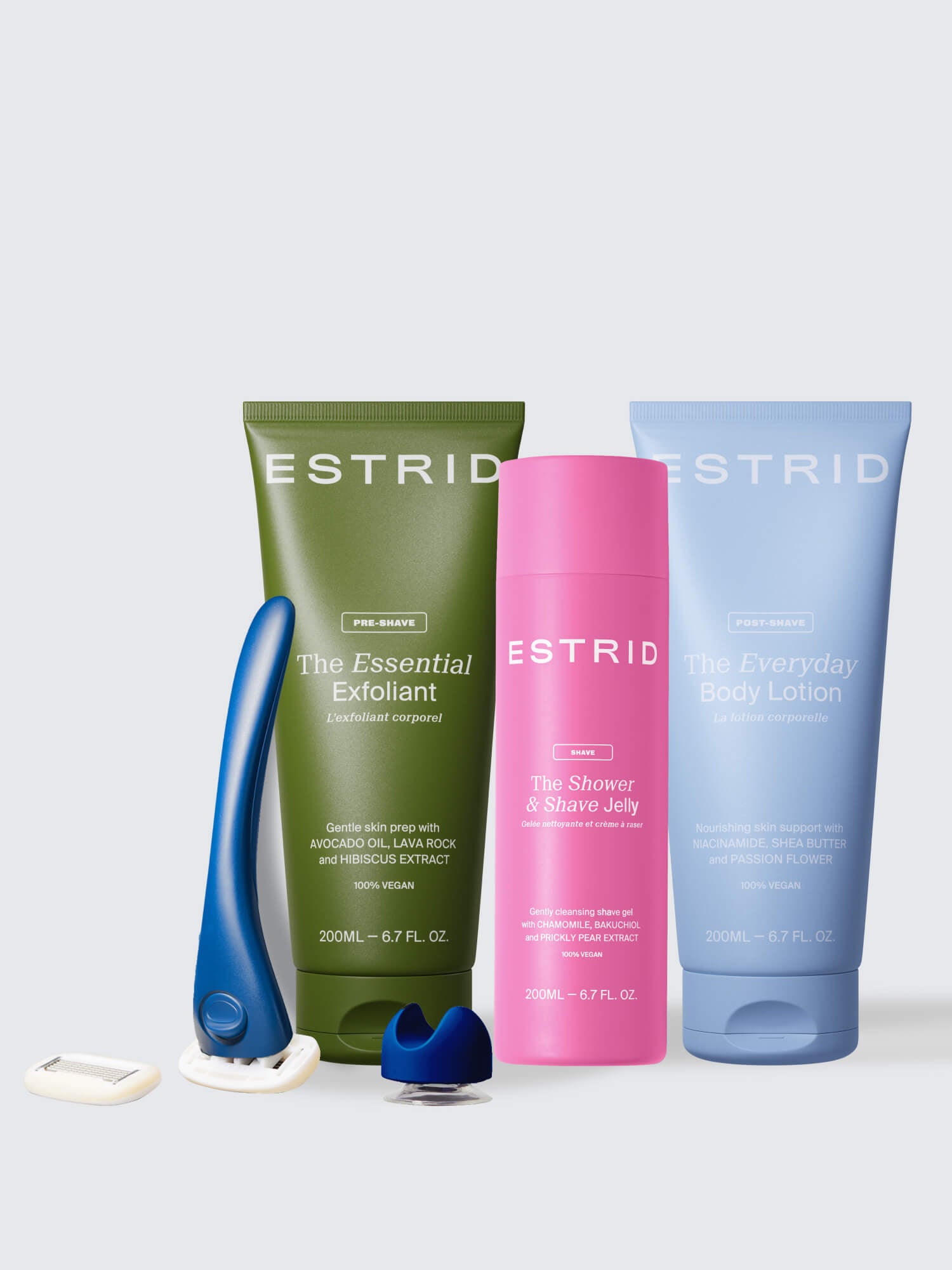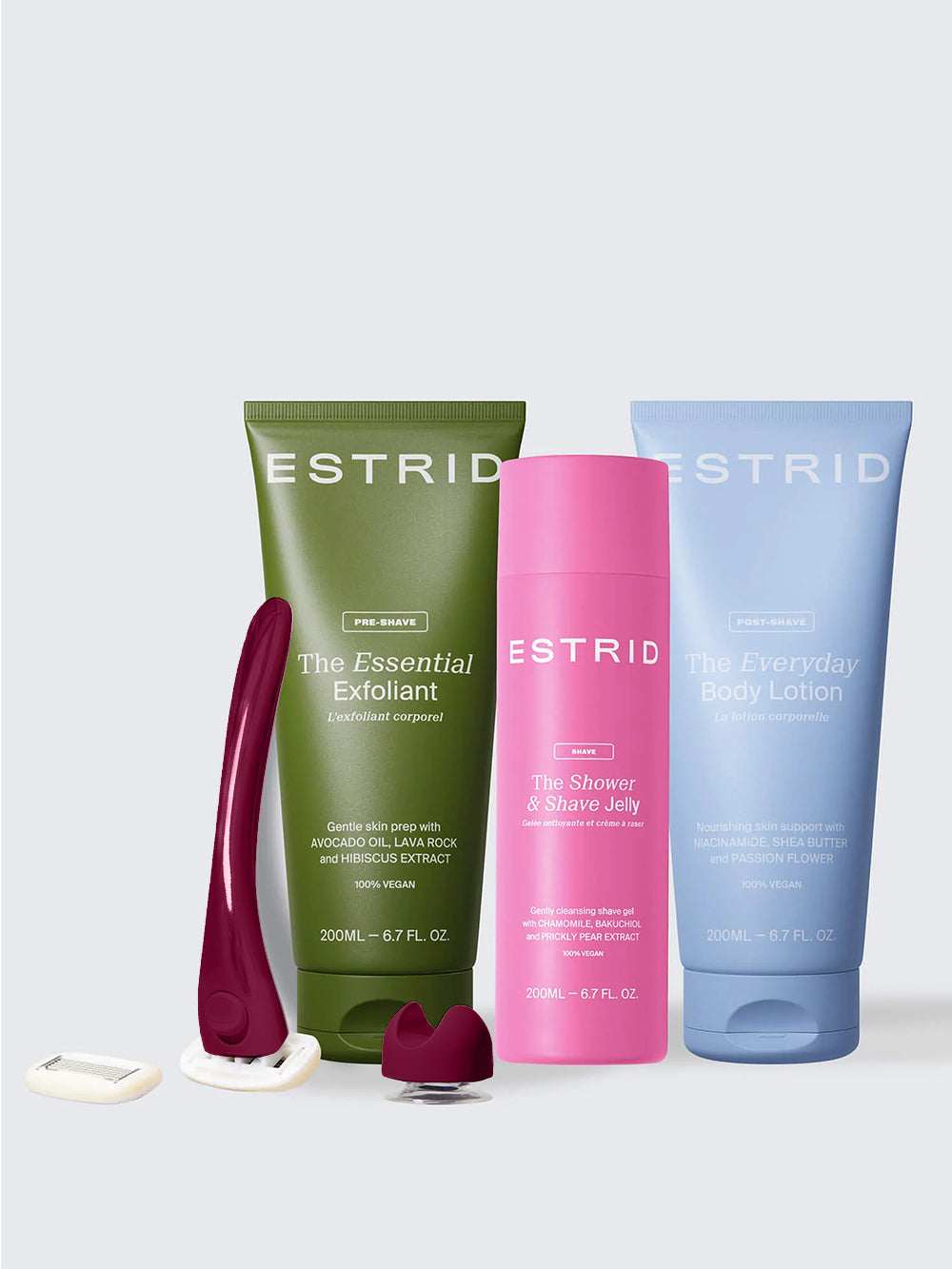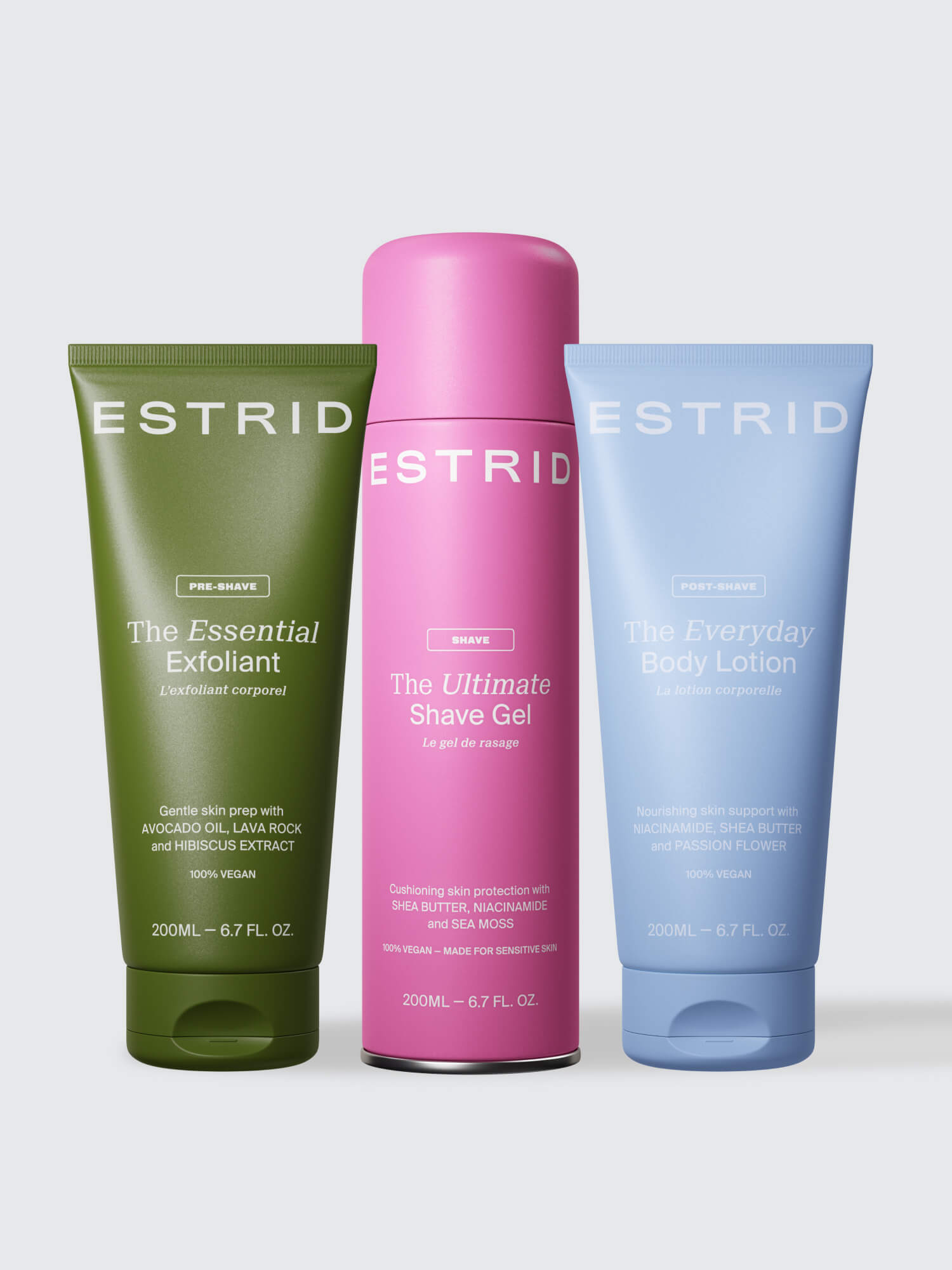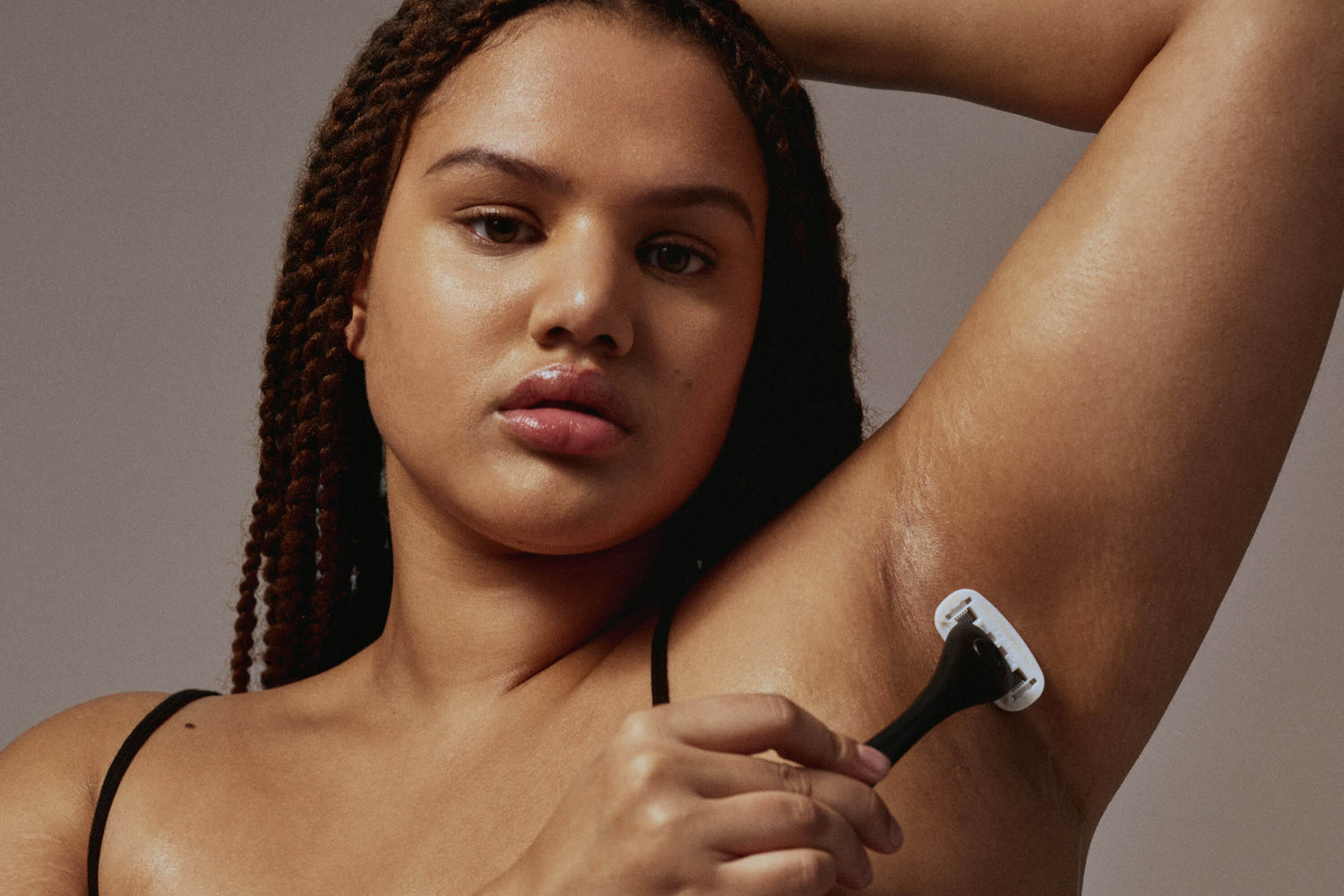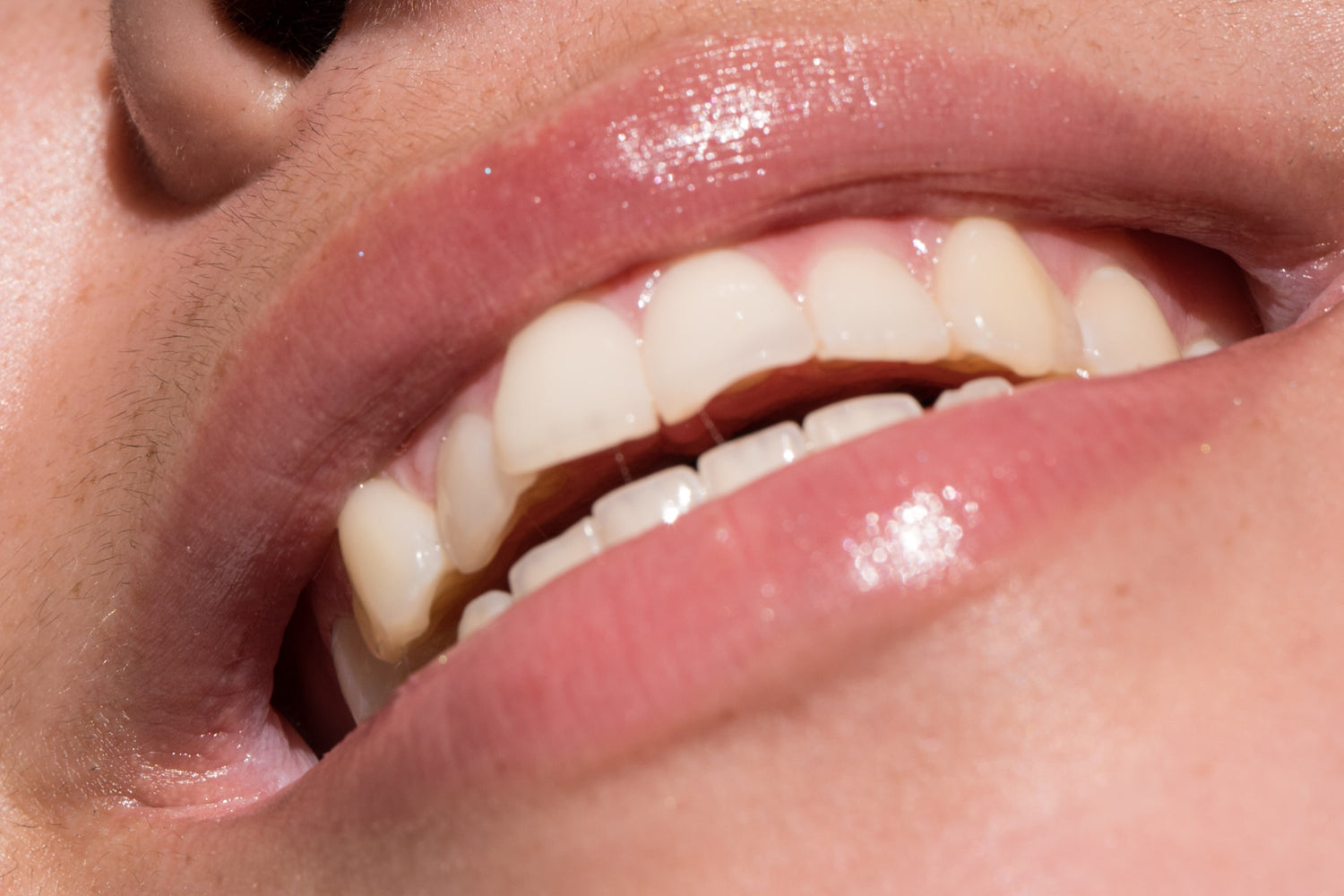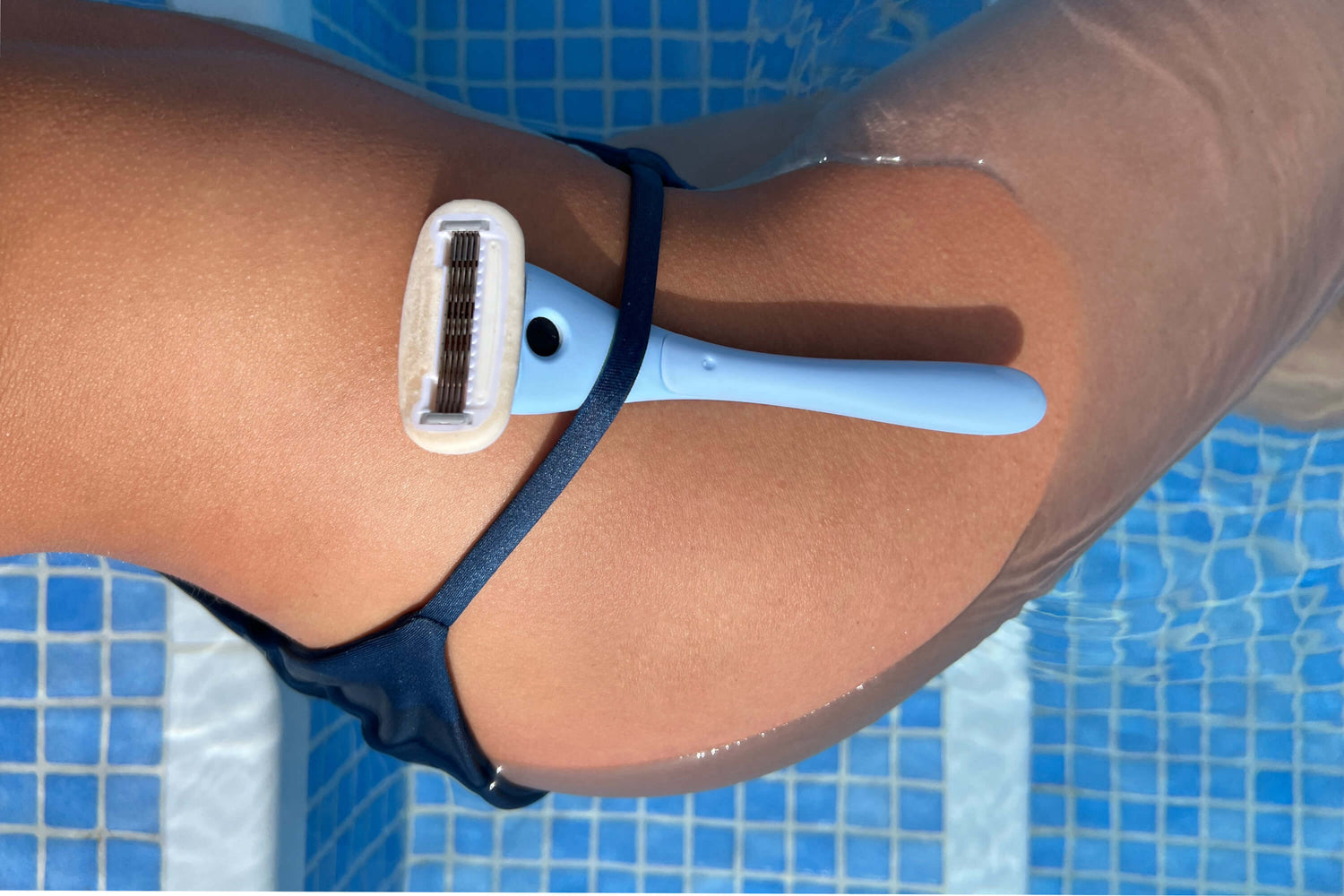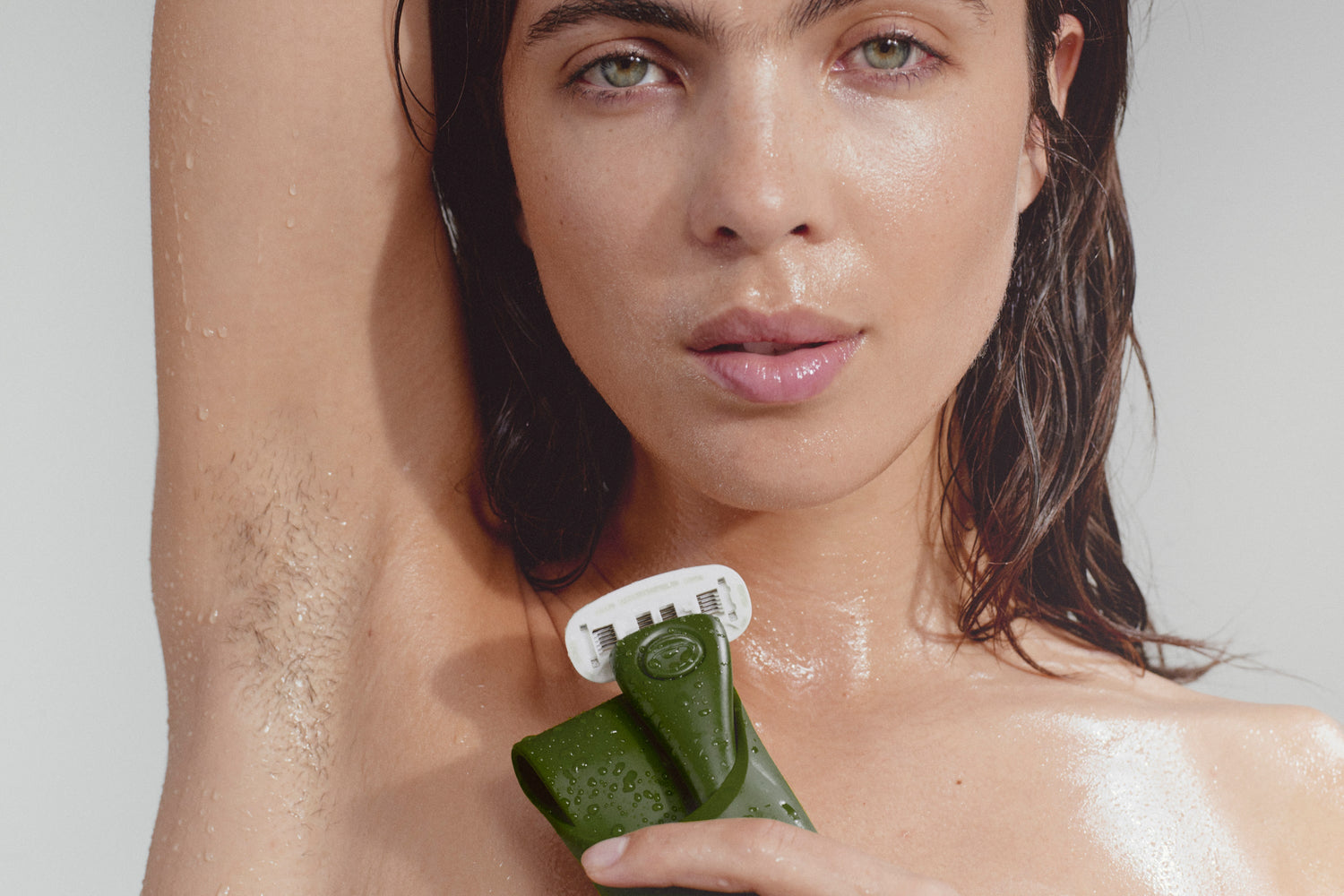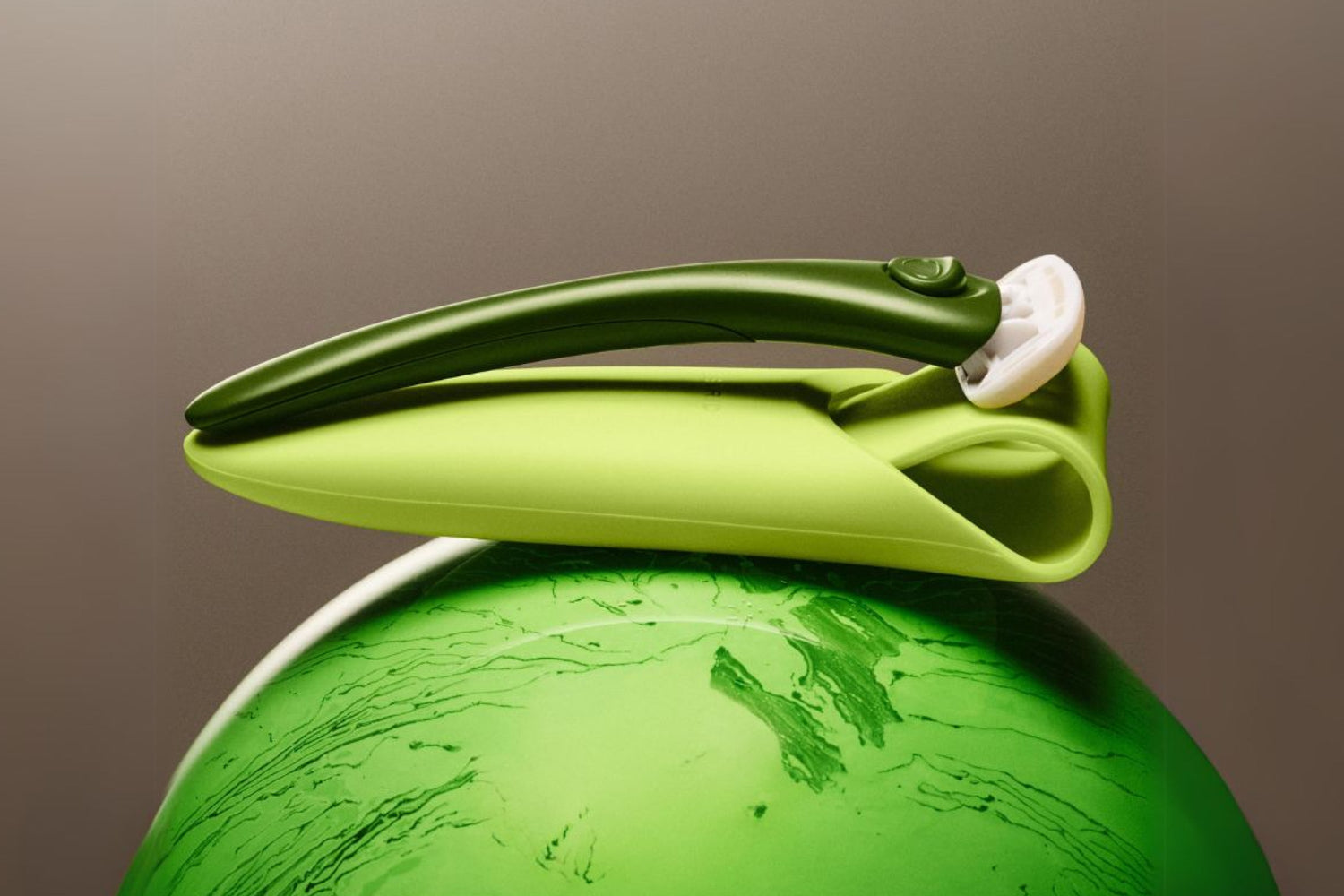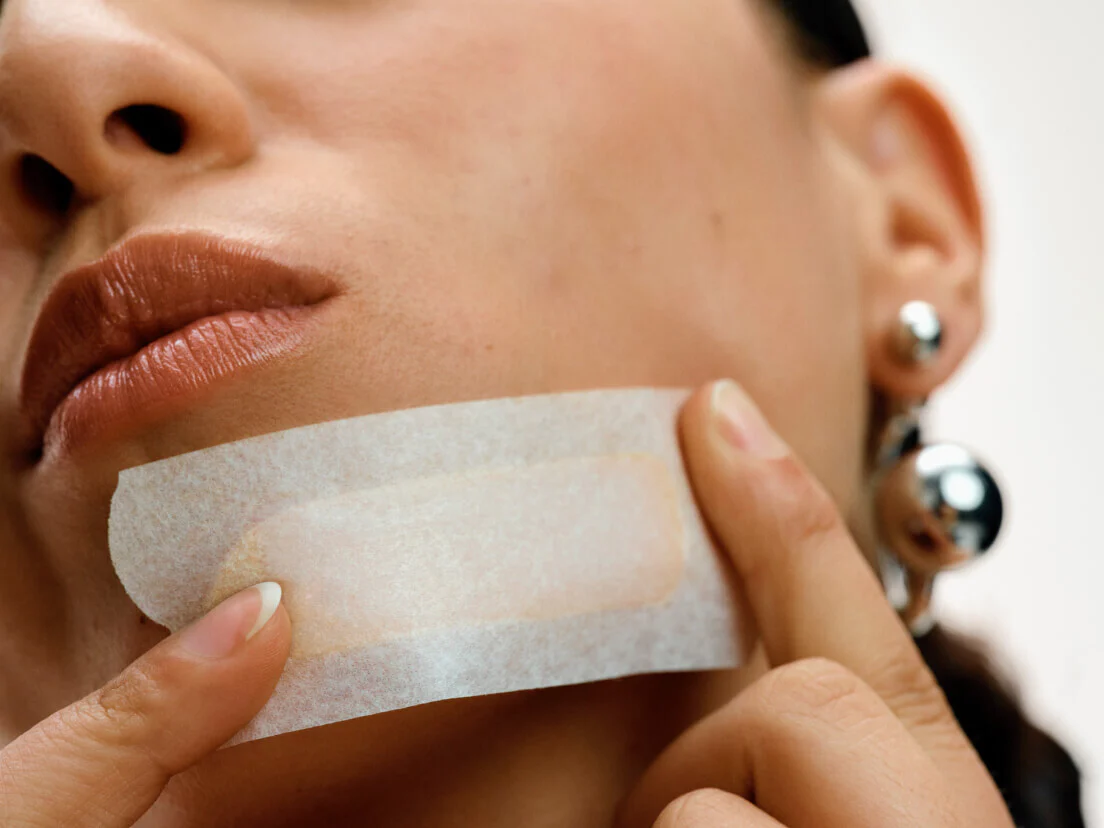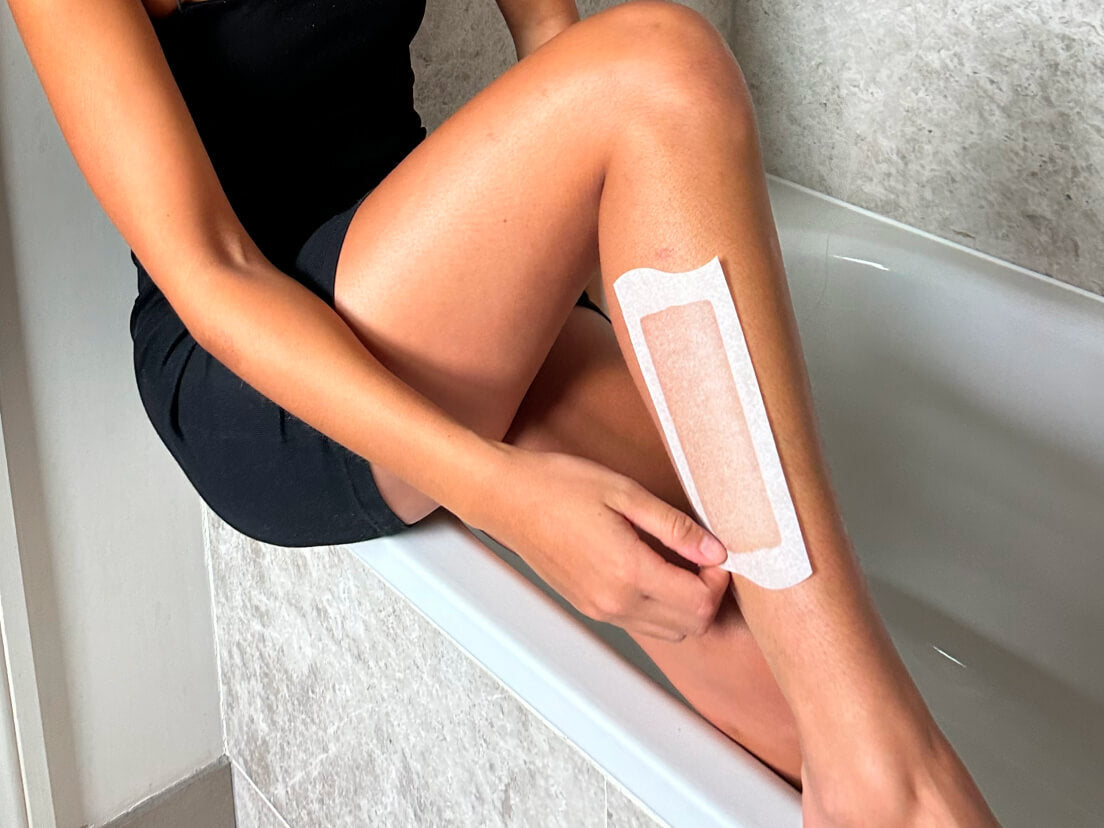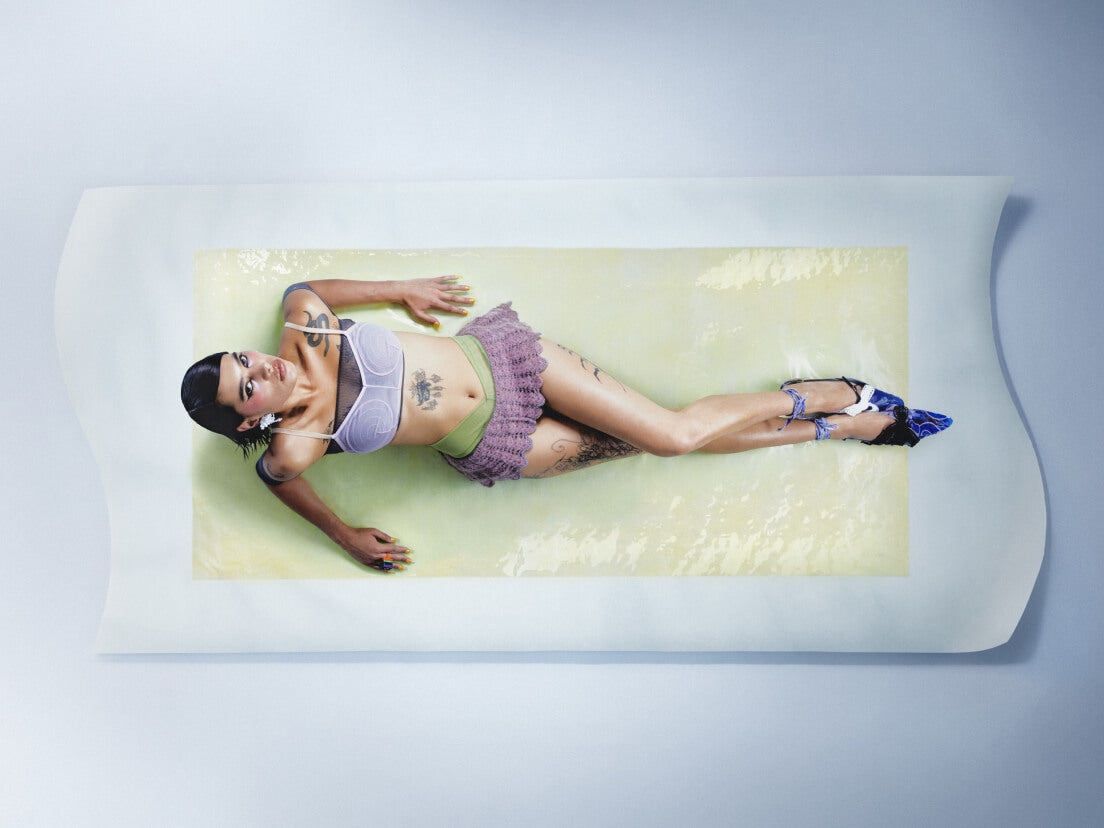Shaving your ass, cheeks and everything in between can be a daunting task. It’s no secret, shaving on an angle can be a challenge but since we’re into smoothness we thought we’d give you a helping hand.
Firstly, let's normalize the fact that we all have hair down there. Whether it's on or around the cheeks, anus, or a little bit (or a lot) here and there - it's entirely up to you if you want to keep it or not. But, if you choose smooth, we've got a couple of burning questions and expert tips to help you avoid any potential irritation or itchiness.
Can shaving your bum cause irritation or itchiness?
Sadly yes a little. But, don’t worry, we've got some tips and tricks to avoid the itch. Gently exfoliate the area and moisturise afterwards to keep your skin soft and hydrated. If you’re into wearing tight clothes or underwear we get it, but this can also cause a little friction and make things more itchy.
Can you completely get rid of the hair on your bum?
Yup! In the waxing world, it's called a ‘Hollywood’. With a razor, shaving everything off is a little trickier, mainly due to the angles you find yourself in, but it is doable with a good mirror and practice.
How long does it take for the hair on your bum to grow back?
It varies from person to person, but generally every 6 - 8 weeks. And since booty hair doesn't grow very fast, it requires way less maintenance than facial hair.
How to shave your ass step by step
Before you start, grab a mirror or a mate to help you see better, given the tricky angles.
Step 1: Trim the hair
Step 2: Use a sharp, clean razor
Step 3: Wash your booty
Step 4: Apply some shaving gel to the area
Step 5: Get into the right position
Step 6: Shave gently in the direction of hair growth
Step 7: Rinse and dry
Step 8: Moisturise after shaving

Step 1: Trim the hair
If you're dealing with lengthy hair, it’s a good idea to trim it to a manageable length with scissors or an electric trimmer.
Step 2: Use a sharp, clean razor
We all know that a dull and rusty razor is a big mistake, so make sure to start with a new, sharp razor blade. We recommend switching in new blades every 5-7 times.
Step 3: Wash your booty
Hop in the shower and wash your booty with warm water and a mild shower gel. This will help to soften the hair and prepare your skin for shaving.
Step 4: Apply some shaving gel to the area
Apply a shaving gel to the area you want to shave. We recommend using our Ultimate Shave Gel. It will leave your skin feeling soft and smelling like a fresh summer breeze.
Step 5: Get into the right position
Hoik your leg onto the side of the tub, toilet or bathroom stool. If those options don't work, try the sumo squat - who knew shaving your ass would double as a workout. Then spread those cheeks - use one hand to hold your skin taut, as it helps to prevent any nicks or cuts.
Step 6: Shave gently in the direction of hair growth
Start shaving the area gently, using short strokes. Make sure to shave carefully and avoid going over the same spot repeatedly. Use your mirror to check on progress.
Step 7: Rinse and dry
Rinse well and pat dry gently with a towel. Avoid rubbing the area too vigorously, as this can cause irritation.
Step 8: Moisturise after shaving
Finally, apply a gentle body moisturiser, it turns out we make a pretty good one 'Everyday Body Lotion' to soothe your skin and prevent any potential irritation.
And that’s it - you’re smooooth. Follow these steps, and you can shave your ass with ease and confidence whenever you fancy it.
The aftercare of shaving your bum
Enjoying your smooth butt can sometimes be a sweet but short experience. Because as we all know, hair grows back and that can, at times, be an itchy and uncomfortable process. The best thing to do if you suffer from this itch, is to leave your ass alone (yes, drop the razor!). Use a gentle moisturizer to help ease any irritation, and put on some breezy cotton underwear to let your booty breathe for a bit.
